
Blog 55 by Mick: Riding the Wild Side of the Omo
With all the people about in the morning, we got away later that we would have liked. And we didn’t have any breakfast either, as everywhere we went there were eyes on us, so we hit the road and hoped we could find something in Kibish Surma.

A map of our previous days riding and next few days riding. This post goes from Tulegit to Dick and Donna’s house just south of Omorate on the west side of the Omo, about 245km all up, most of it genuine off-road or completely off-piste, and some of it less than 4km from the South Sudan border.
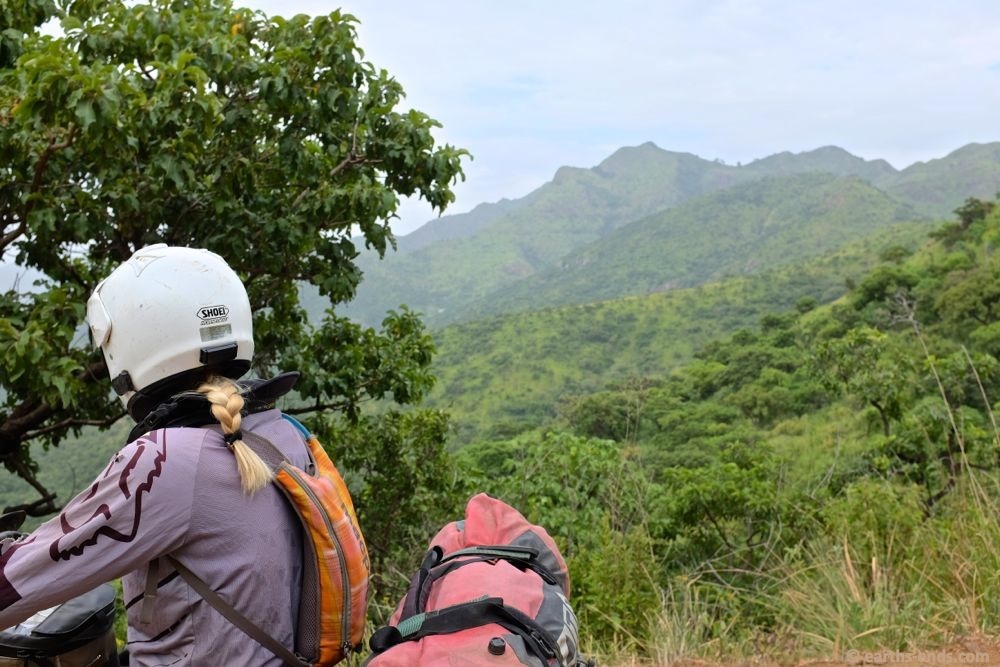
Out of Tulegit there was a quick little mountain pass to get over to Kibish Surma

On the way down the pass
Over the little pass from Tulegit to Kibish Surma, we found a little teahouse in town and stopped for some food. It was only simple fried bread and sweet tea, but it was a good start and what we needed. Our notes said that the turn off we needed was back at the start of town going off to the right. I didn’t remember seeing a road on either side as we entered, so we backtracked carefully and found a small track, which by sheer lack of alternatives, just had to be it. There was nothing else.

In Kibish Surma we stopped for some bread and tea, and got swamped by people, mostly Suri but some highlanders as well.
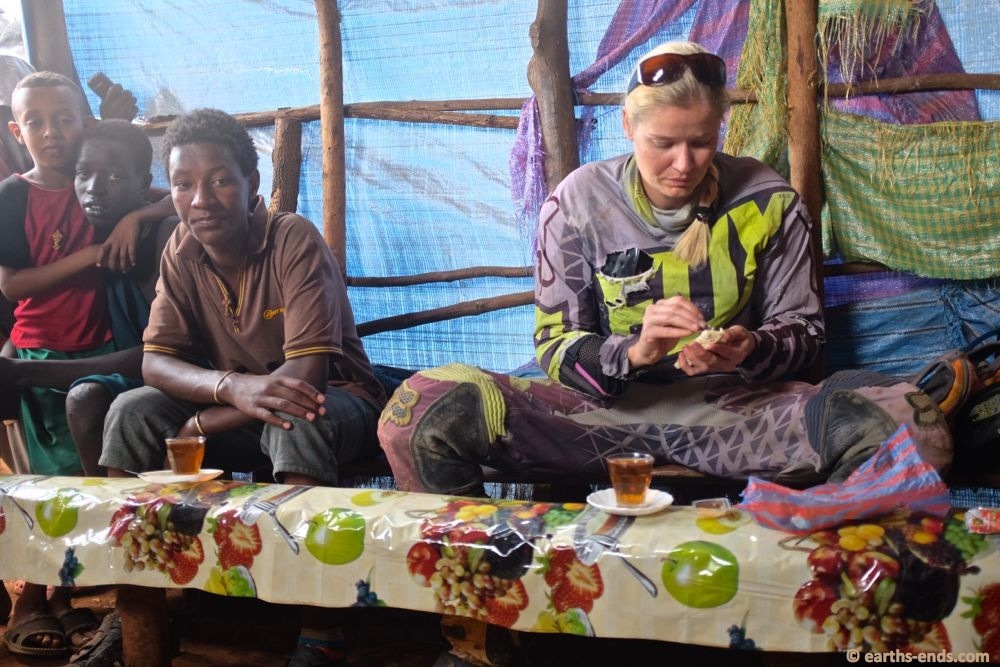
Breakfast… a late one. We were hungry!
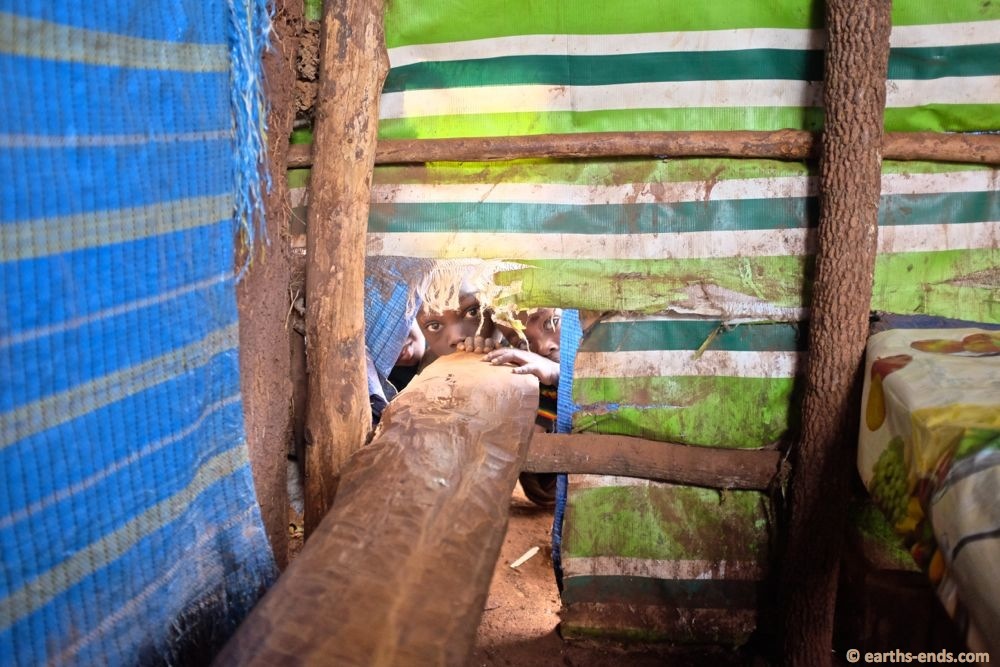
The kids couldn’t help but look; everywhere there was a set of eyes on us.

Leaving town…
About 100m down the track we found a school with an adult in it, so I pointed down the track and asked “Kangaten?” and got a nod of agreement. It wasn’t very reassuring though so I stopped and asked the same thing a kilometer later and got the same result. We were on the right track. We had to be.

This was definitely more track than road.
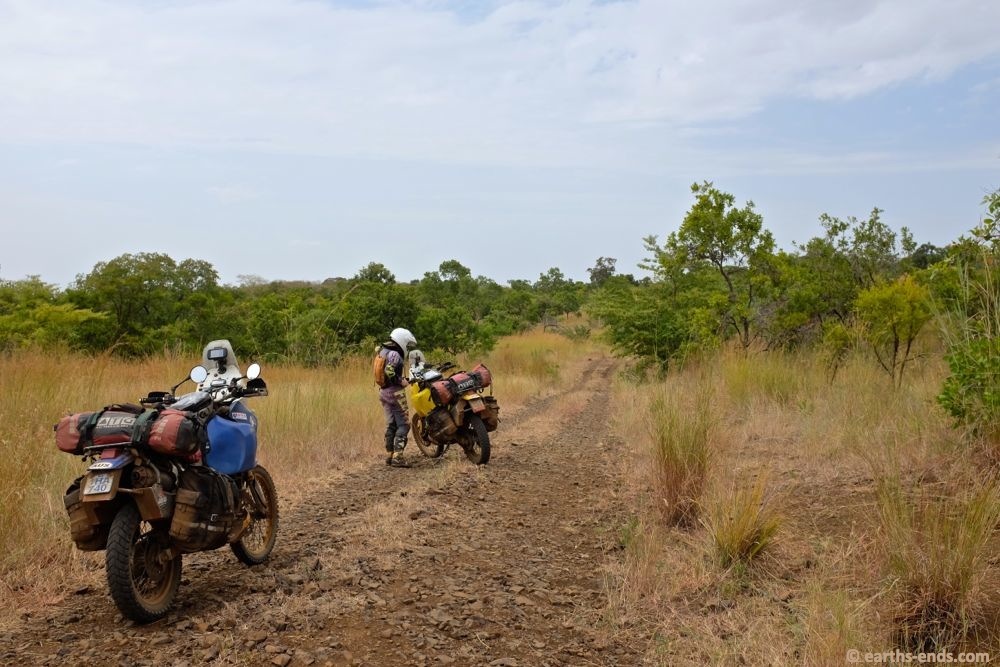
Stopping for a fluids stop and a few photos.
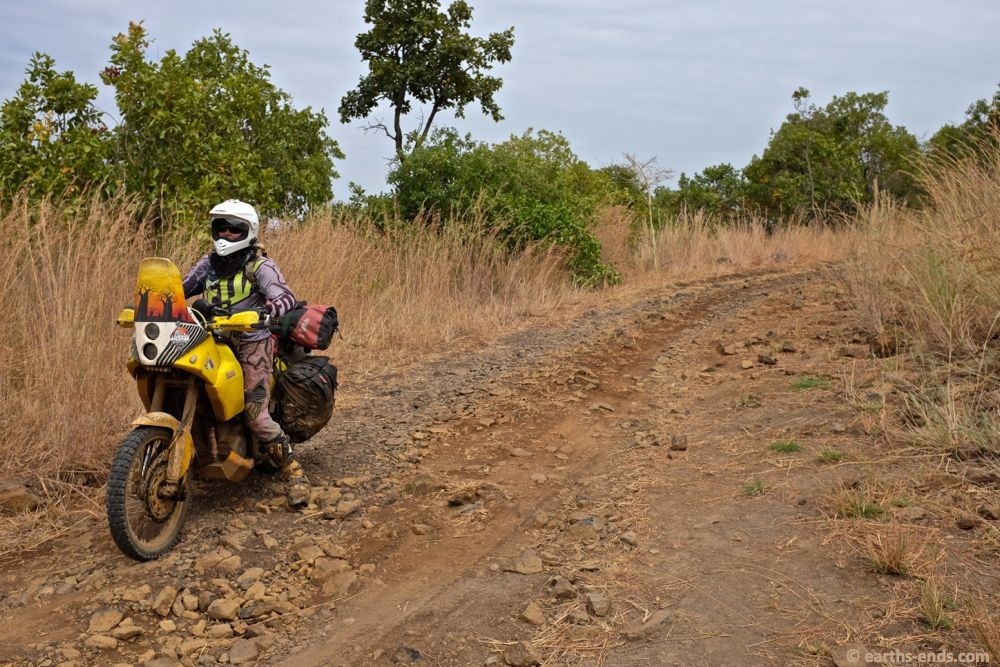
We weren’t far out of Kibish Surma and the track condition was deteriorating fast.

Lots of washouts, lots of b-lines around washouts…
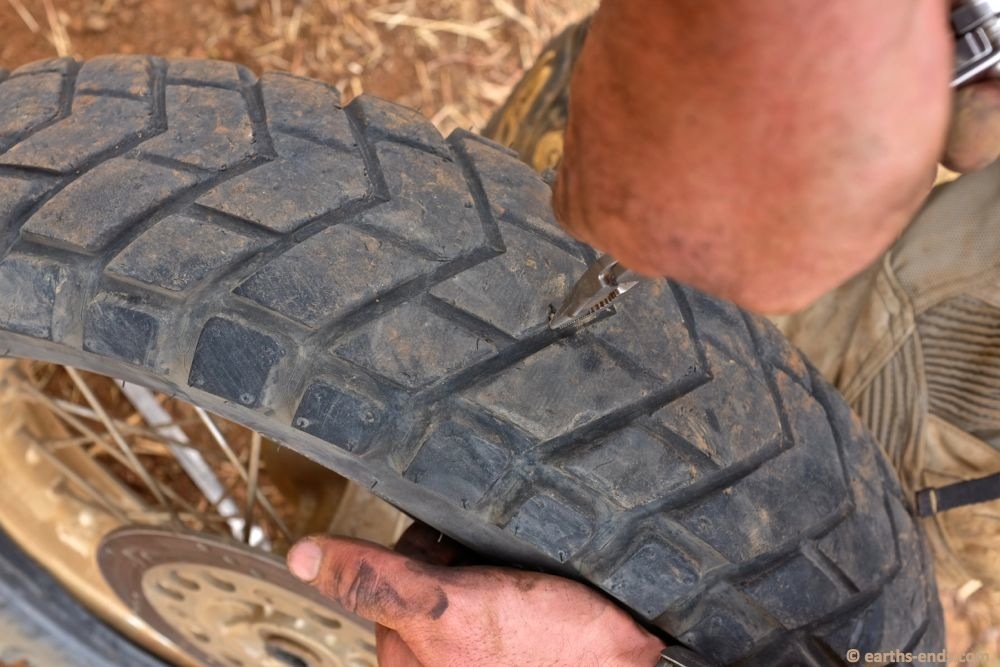
Maybe 20km south of Kibish Surma I got that squeamish feeling in the back end… flat tyre. Ended up being a little nail. You can see how rubbish the condition of our tyres was; these are Golden Tyre GT201s with a bit over 8000km on them with 50% of that being off-road (measured on our GPS). Tread depth was maybe a millimeter or so in the middle. So they are very very fast wearing for a 50/50 tyre. Quite unacceptable really. We wont be buying them again.
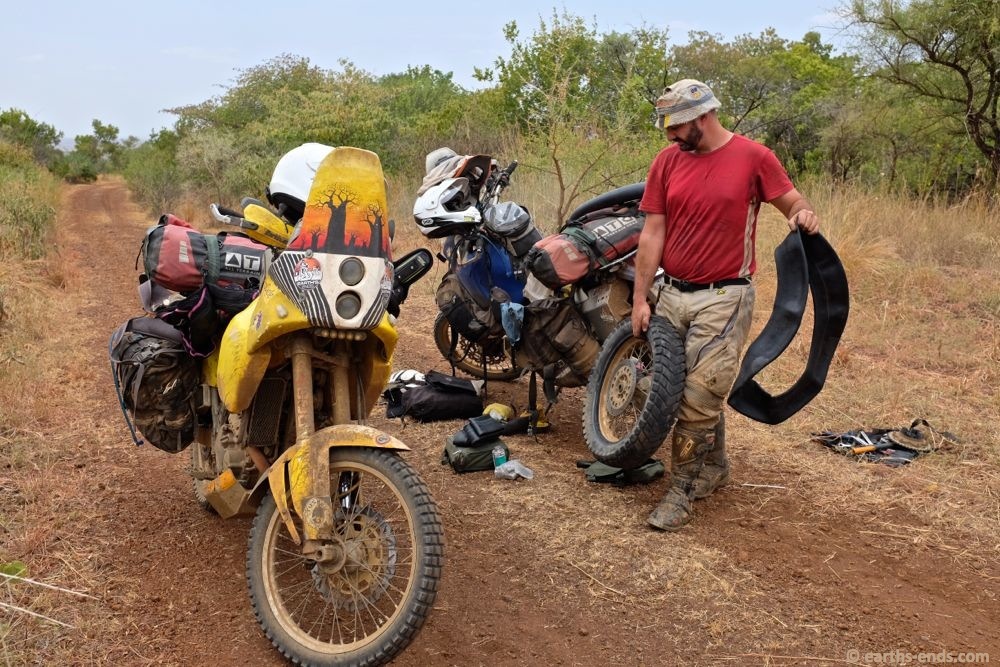
Fixing flat tyres, without doubt my most favourite job on the trip. Nothing brings joy like a flat tyre interrupting your journey on a hot summers day.
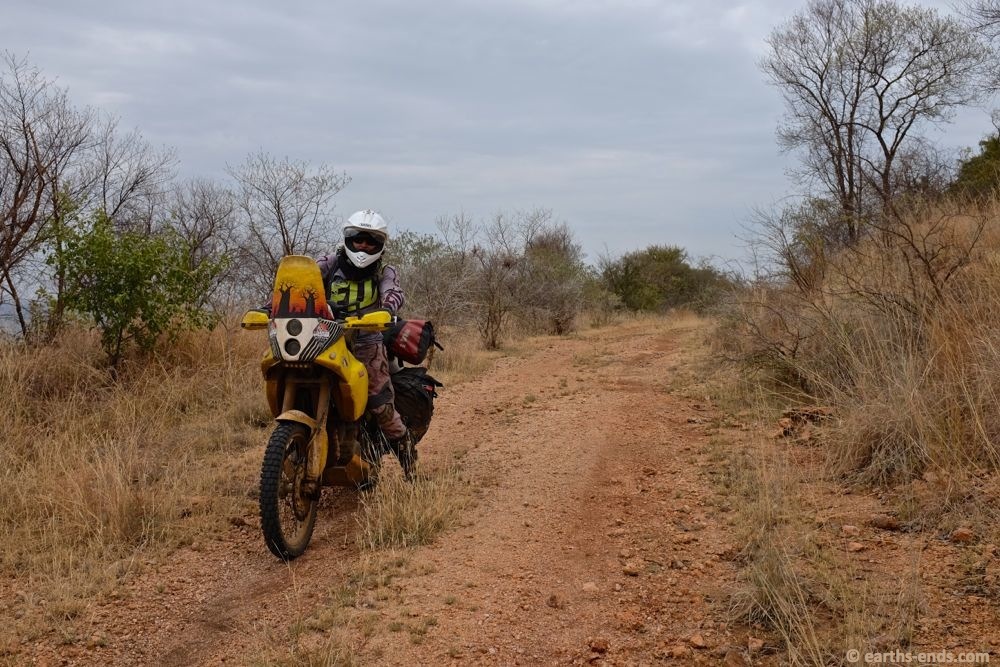
Mobile again… thankfully.
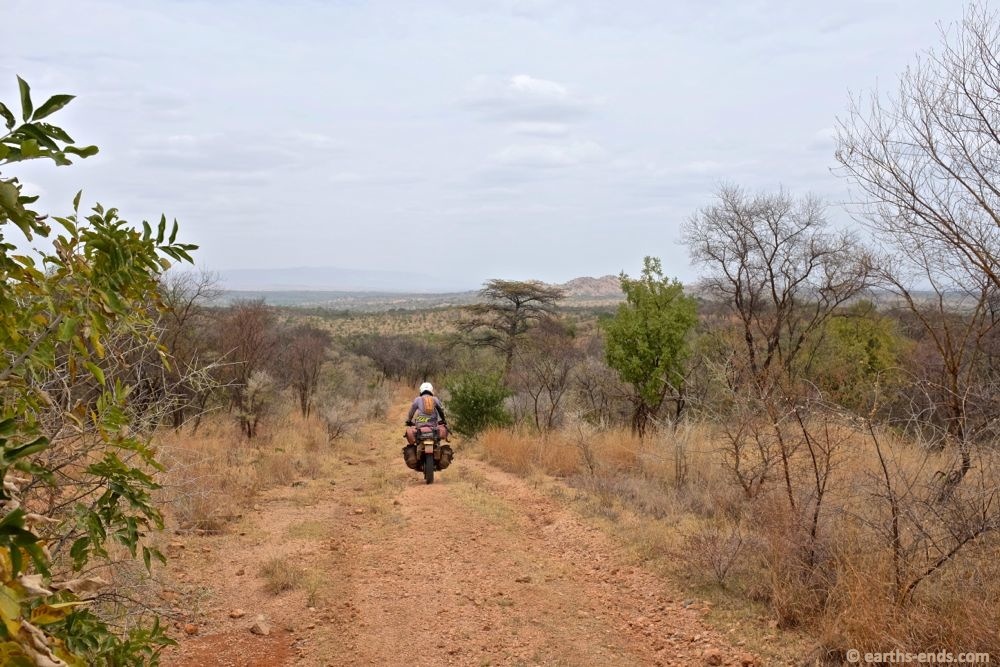
As we headed south, we got closer and closer to the Sudanese border. I knew we were getting close so I kept the GPS zoomed out far enough so I could keep track of just how close we were. The last thing I wanted was to mistakenly end up on some side-trail and get within a few hundred metres of the border. But with a few kilometres buffer I figured we were far enough.
Before leaving Tulegit in the morning, the local police had turned up and wanted some medication off us that we simply couldn’t provide. We ended up talking about our route and they mentioned no one had been down the trail from Kibish Surma to Kangaten for about a year. We were near the end of the wet season (or what should have been, thankfully for us this region had seen little rain), and the last time they knew of someone driving the track was was at the start of the previous dry season nearly a year before. They said it would be overgrown and washed out. And they were right.

Now not so much of a track…
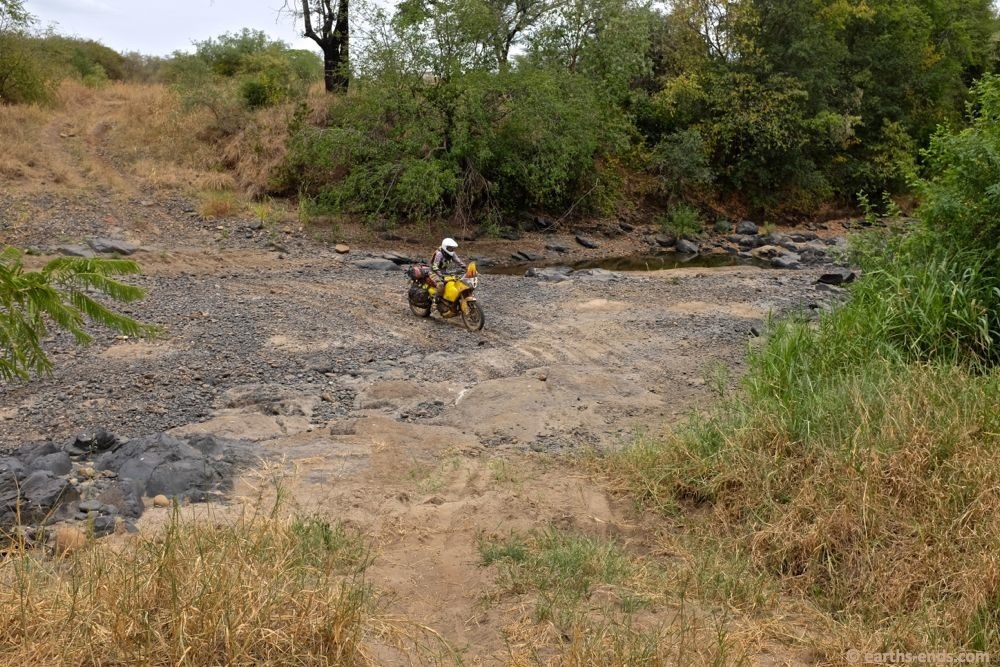
With a few sandy and rocky creek beds to cross

Track getting grassy…

And pretty much gone in this section around a significant washout
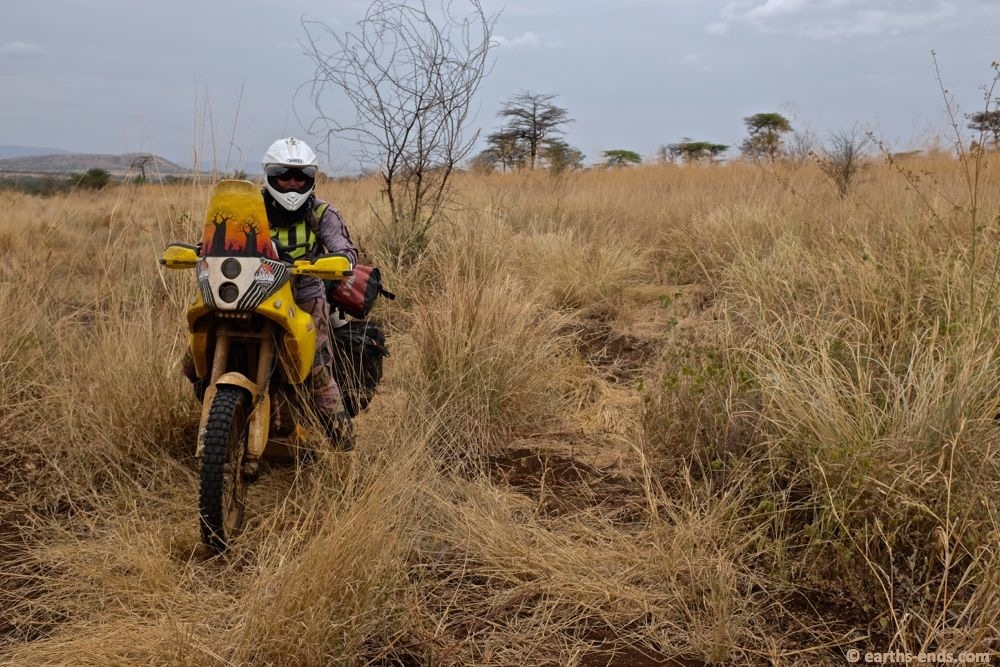
Through the washout
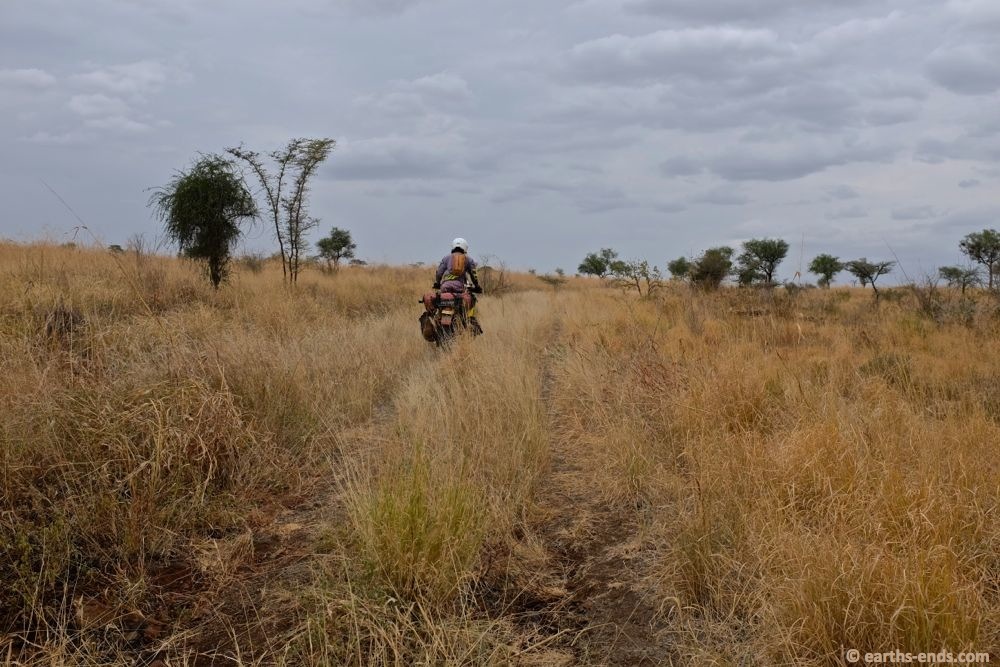
Onwards…
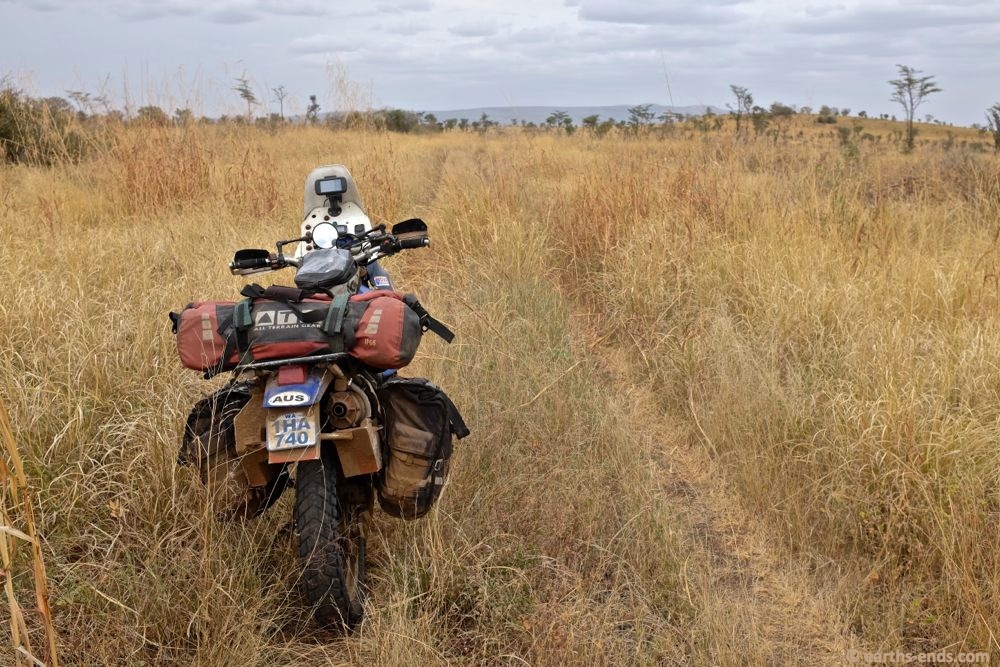
Kilometres and kilometres of grassy trail
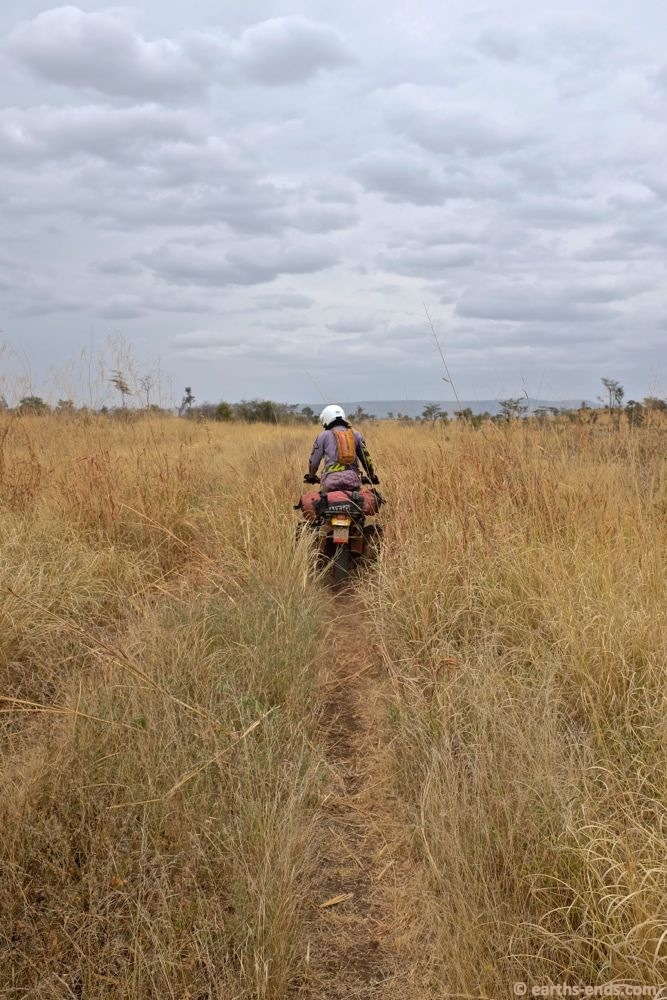
Some of it we were just following the line where the grass overlapped
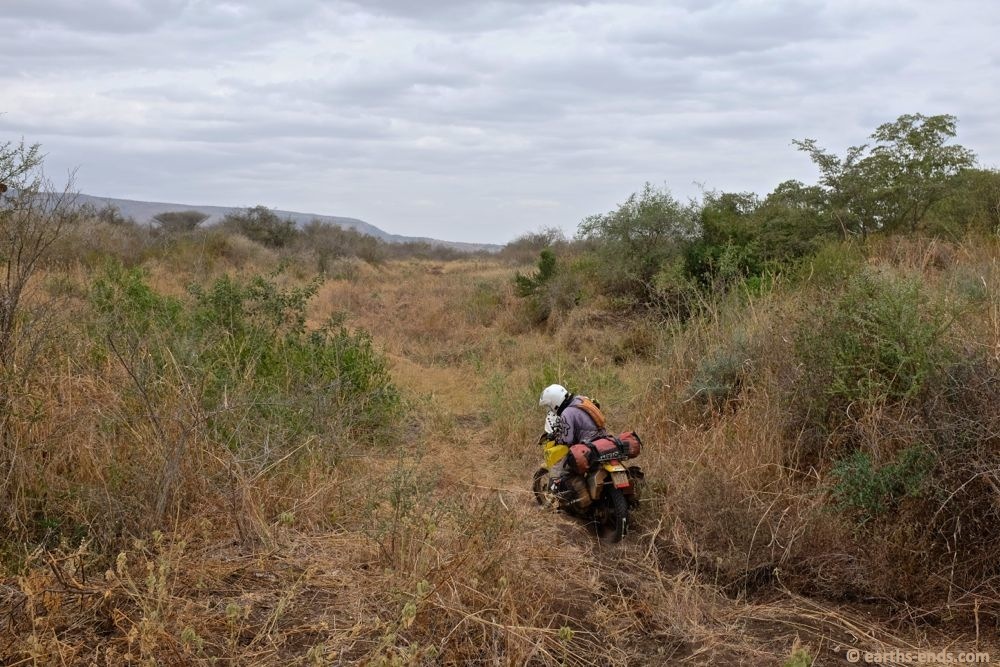
Another washout. The combination of ruts and grass was a dangerous one; at one stage within about 10 seconds of each other both Tanya and I had I feet knocked off the pegs by hidden ruts. Mine was riding along in maybe 3rd, dropped into a rut and knocked my right foot which was dragged back into may pannier bag. It was super painful, and only a couple seconds after tanya did near exactly the same thing in the same spot. Good lesson in that – TOES IN. A few days later a very deep bruise appeared on the sole of my foot.

A more significant creek bed to cross, the trail just ended in the creek bed and started again on the other side. It seemed as though no one had been through since the creek had last flowed.
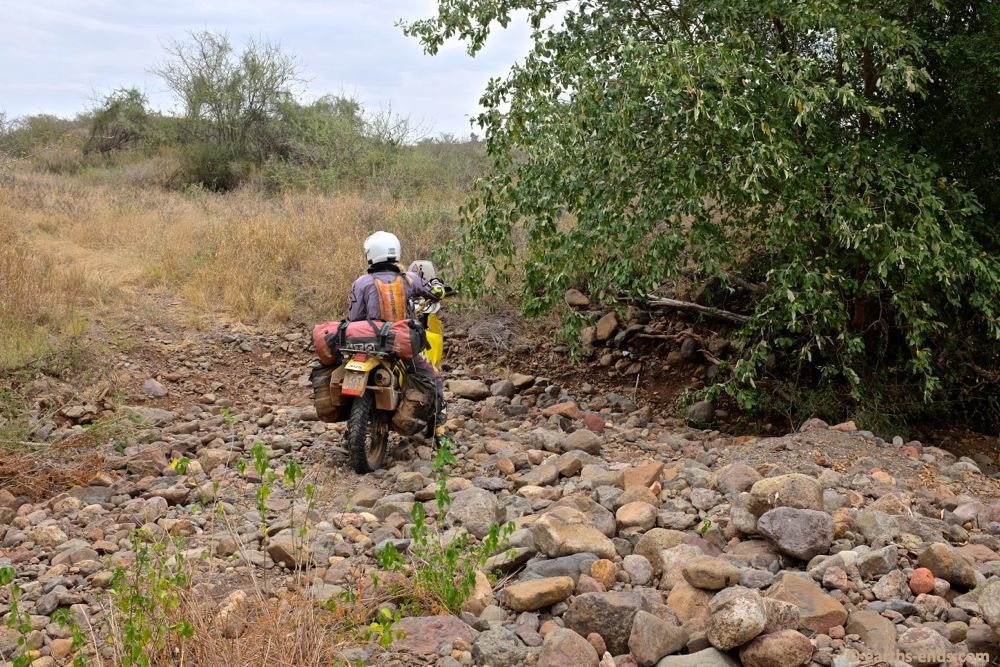
Tan getting out the other side after bashing over some decent sized rocks.
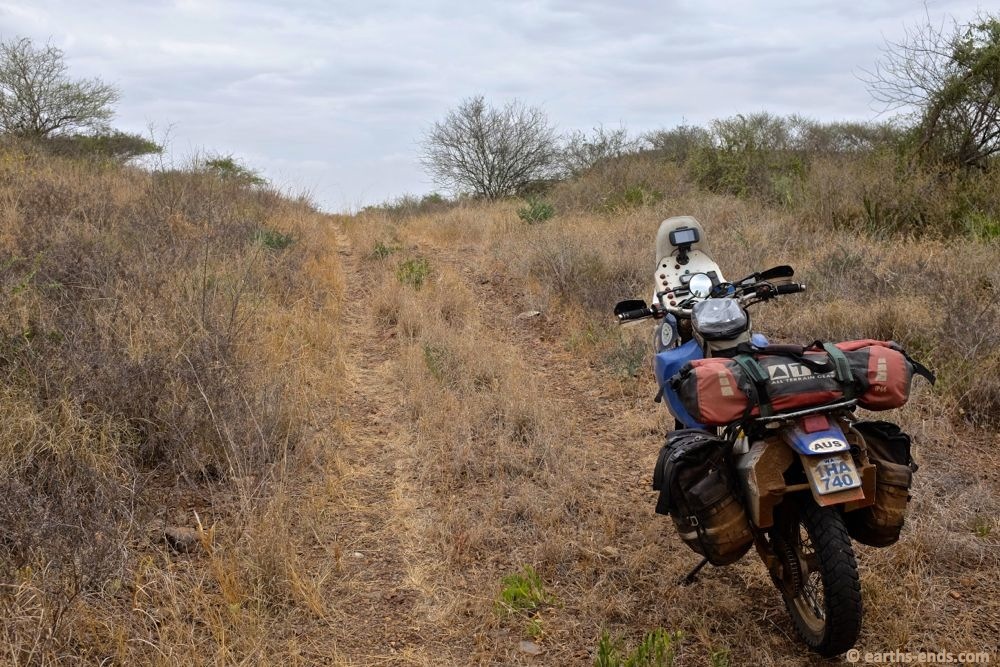
Up out of the riverbed…
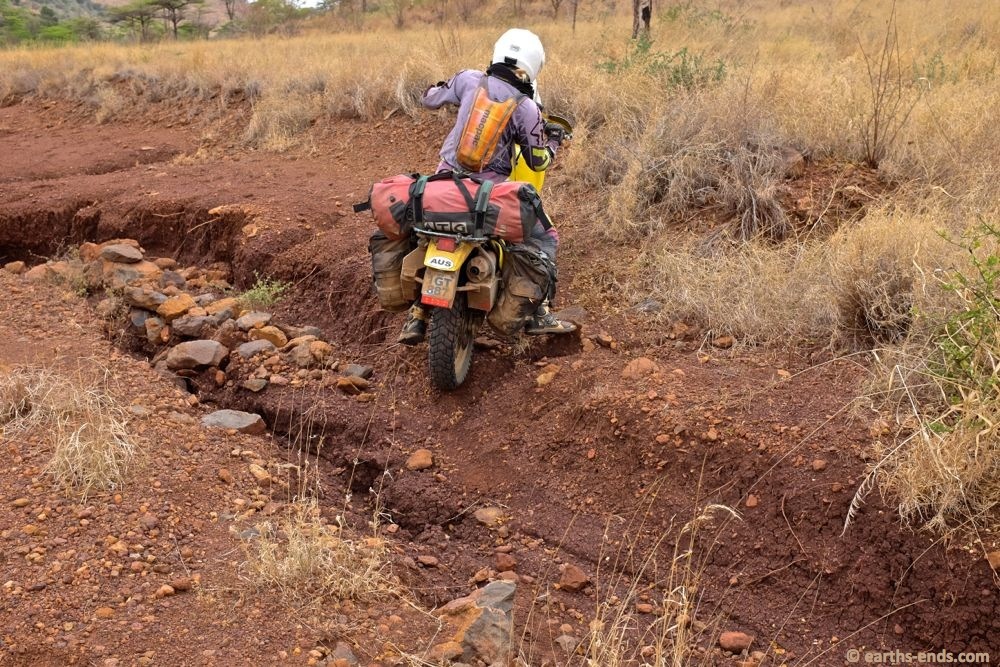
The track deteriorated to either rocks, grass, creek beds or washouts. Lots and lots of washouts.

This particular one was pretty deep.
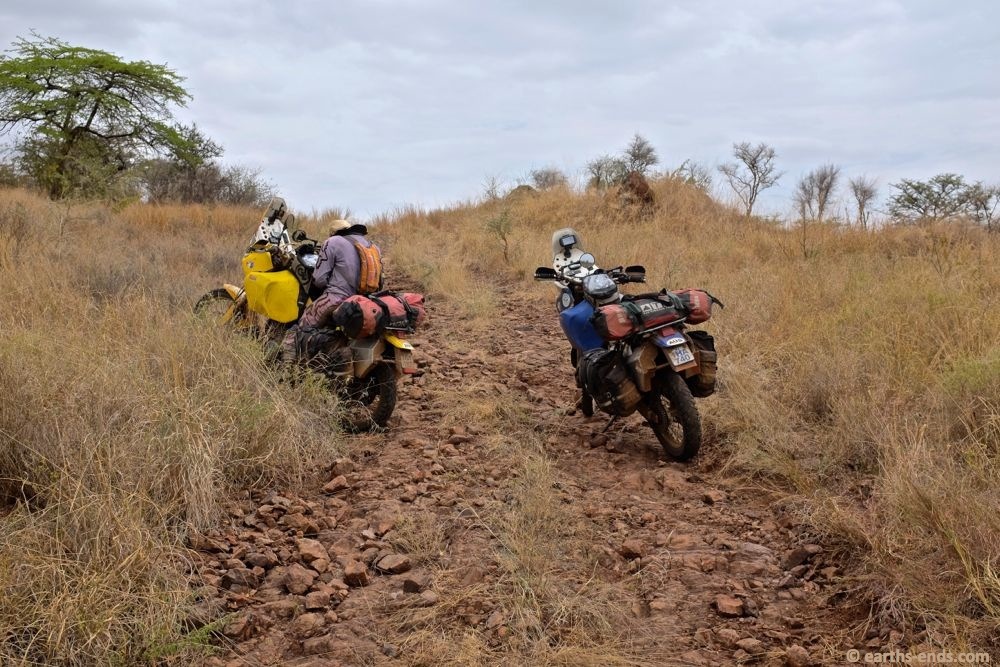
Our dodgy GT201 rear tyres were no match for the rocks we were riding. They had worn so fast and with basically no tread left, we struggled on the loose rocks. Here Tan went up and spun the rear wheel and bounced off the track. Then thought “bugger it” and we stopped for a rest before carrying on.
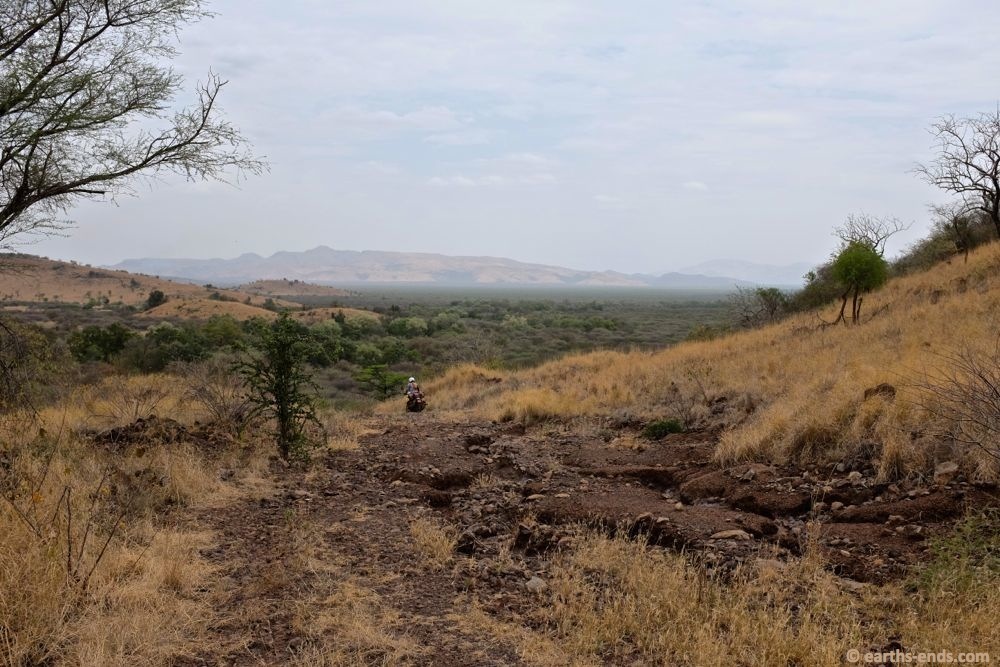
It was slow going picking our way around these washouts.
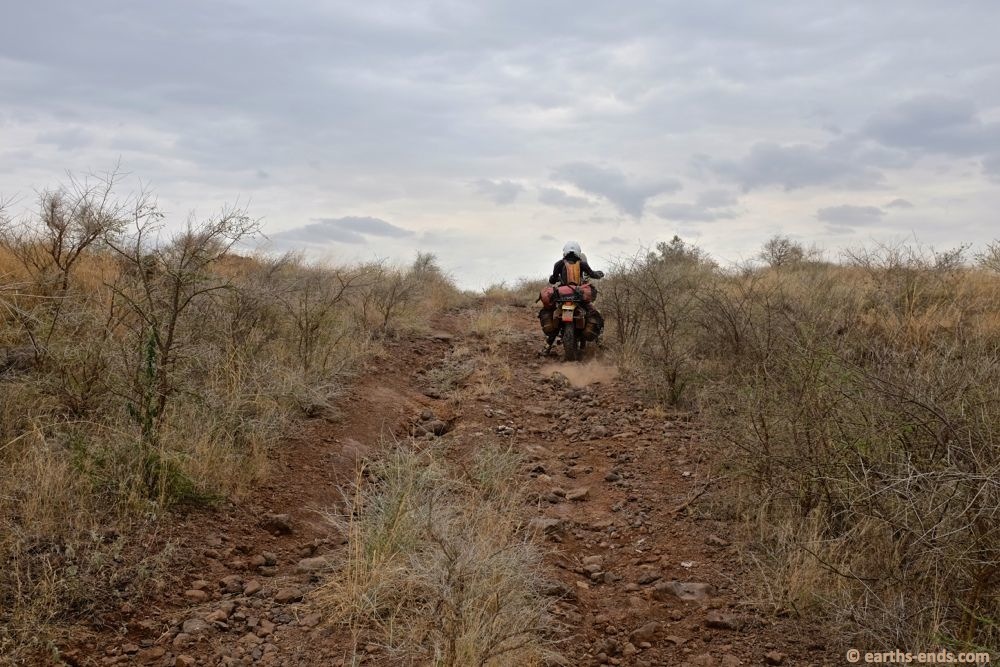
Another rocky climb, Tan struggling here with wheel spin
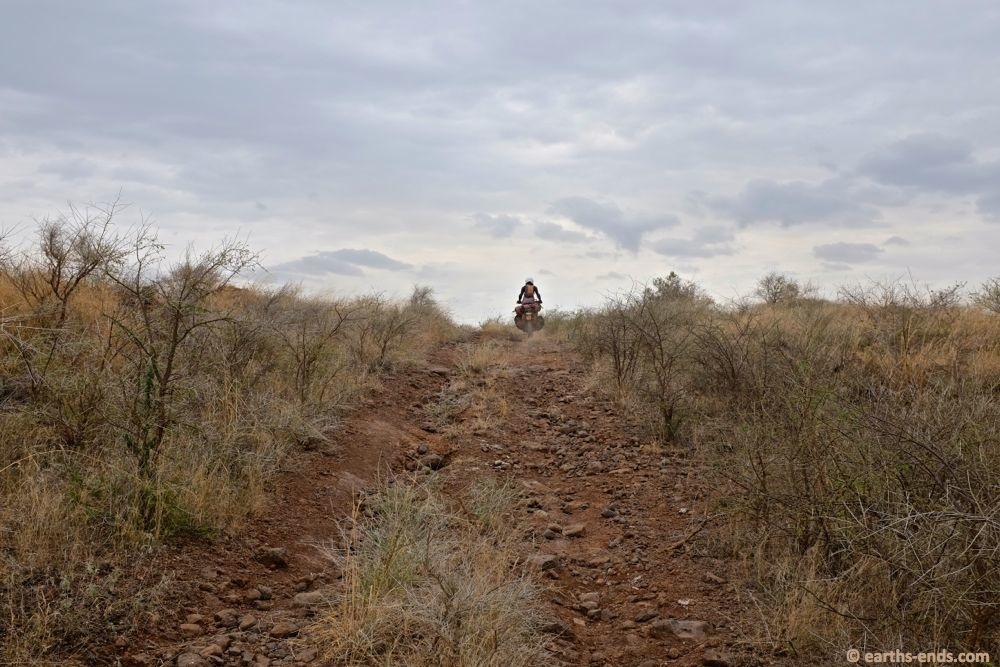
Up on the pegs after getting some traction.

Lots of kilometres of trails like this. We didn’t see a soul. On and on and on and no one.
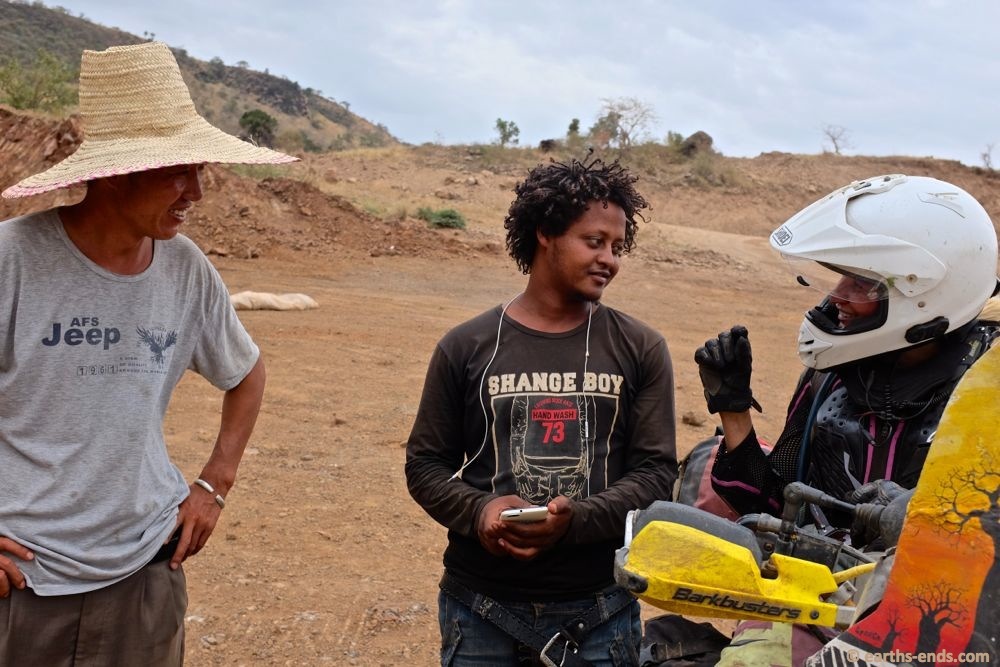
Curiously, we came over a hill and descended a bit and boom, we were in a mini quarry, with a loader and a little crushing plant. It was a Chinese run quarry for road construction. There was only one Chinese guy from Zhejiang province, and he ran the loader and crusher. This Ethiopian guy was his handler and seemed excited to have someone to talk to with his English. Tan and the Chinese guy had some good chats.
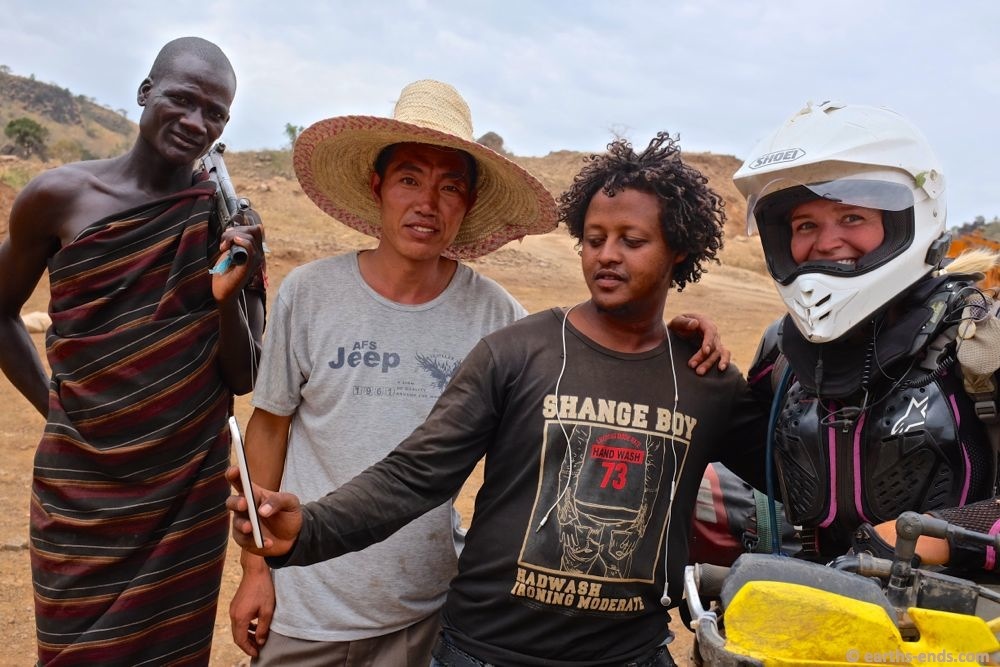
How’s this for a cultural spread. Suri. Han. Amhara. ‘strayan.
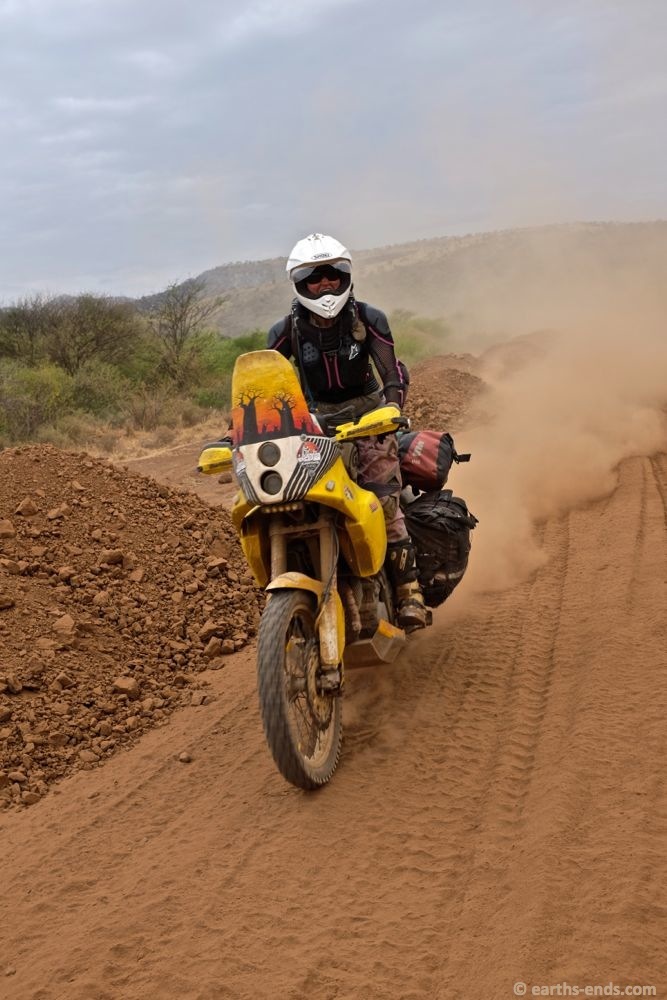
The Chinese guy was super hospitable and wanted to show us the way to Kangaten, so he hoped in his truck and said, “follow me”
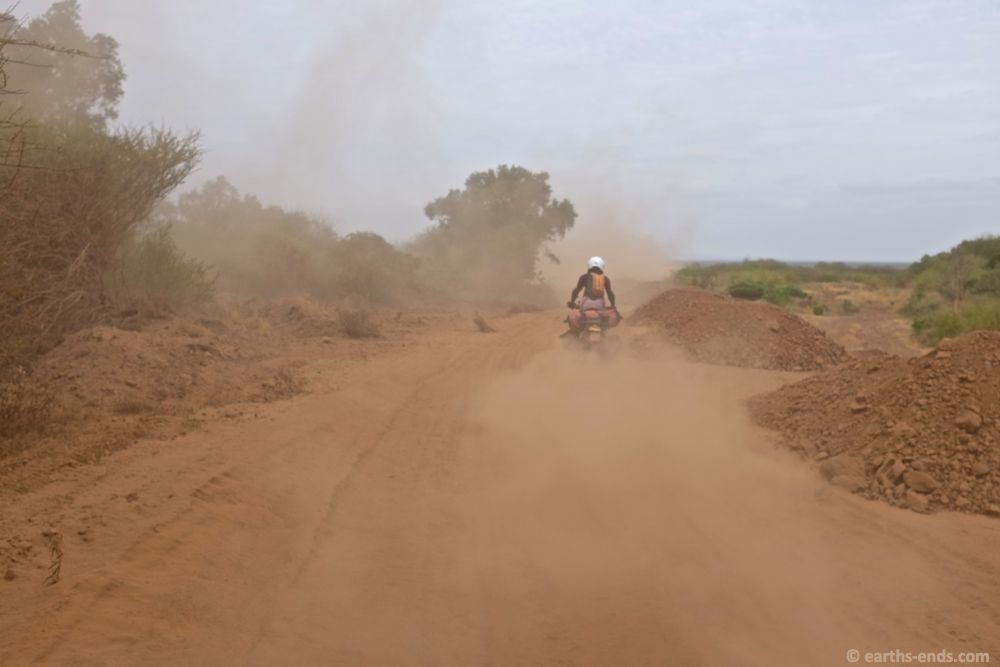
We then choked in the bulldust, however, it was a nice gesture nonetheless. With all the roadworks going on, there were little trails all over the place so having someone there to show the right one to ride was nice.

Saying goodbye to the Chinese guy and his Amharic handler. I think they enjoyed the weird experience of two bikers popping up from nowhere over the wrong side of a hill.
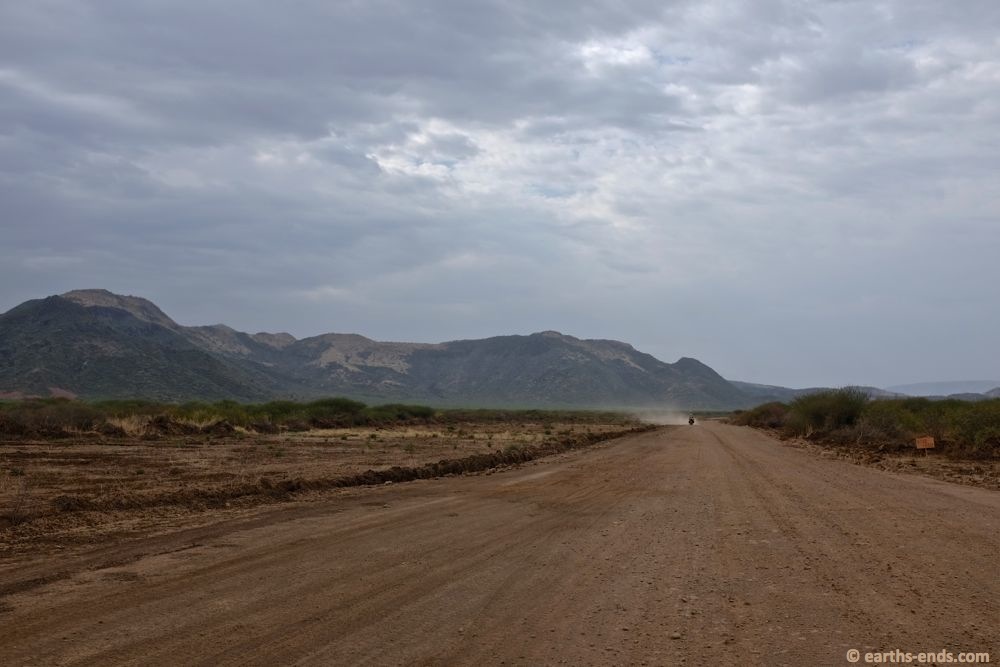
We got onto some newly constructed road base and made some good time to Kangaten.
With the late start in the morning, the flat tyre, and the slow progress down the trail with all the washouts and bad track, we were making slow progress. By the time we turned south a few kilometres form the outskirts of Kangaten we had a little less then 2 hours of sunlight left. With only 75km to go I was keen to push on, and we did. We made a few kilometers south in nasty sand and some shocking bulldust until we found a road building crew for a new road that was cutting the trail we were on at 90 degrees. There were quite a few Chinese there and Tan asked about the trail ahead and accommodation in Kangaten, which they replied there was a hotel and the trail ahead was bad. So we decided to play it safe and turn back and get a cheap hotel room. Tanya was worried about the trail and fatigued, and wanted some time up our sleeve if we were to get a flat tyre. I reluctantly saw reason and we backtracked a few kilometers to Kangaten and found a cheap hotel for the night.
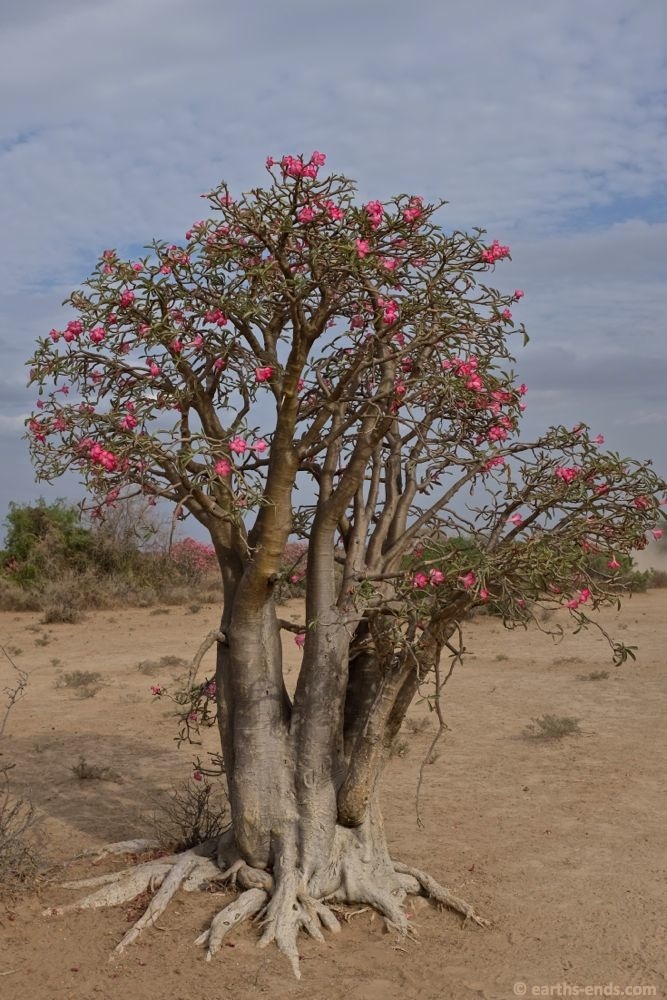
A desert rose in flower.
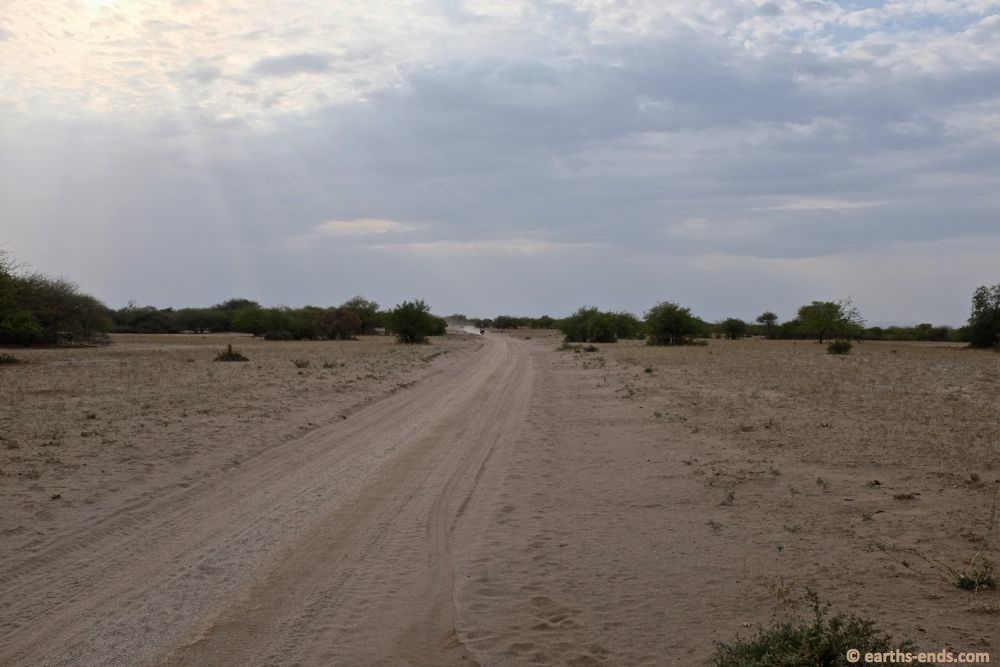
On some sandy but easy trails.
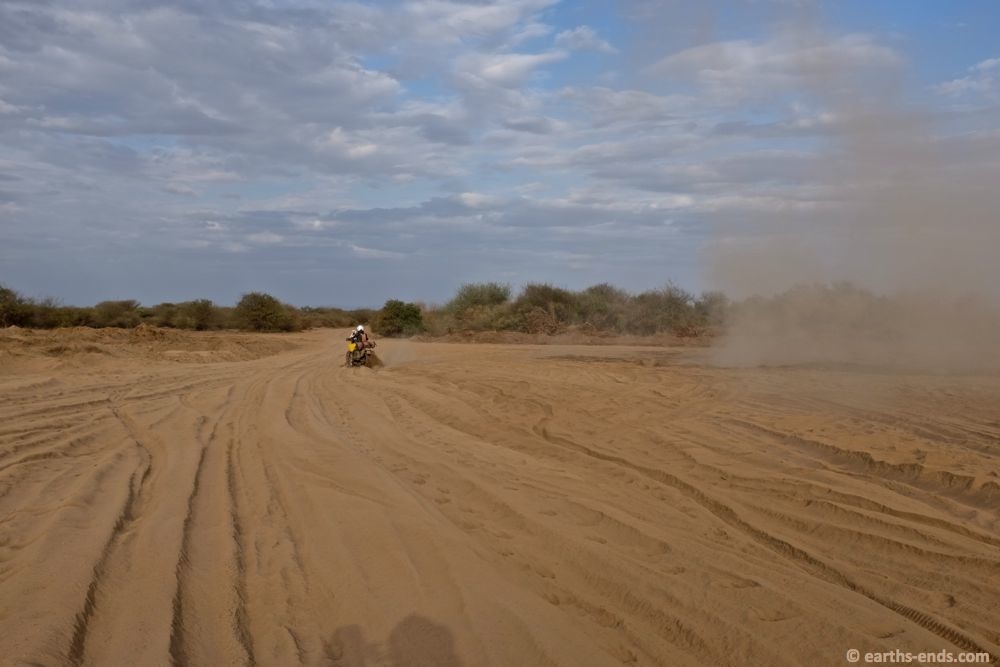
A massive bulldust hole in the late afternoon. We actually crossed this bloody thing 3 times. Once south, once north back to Kangaten, then the third time heading south the next day.
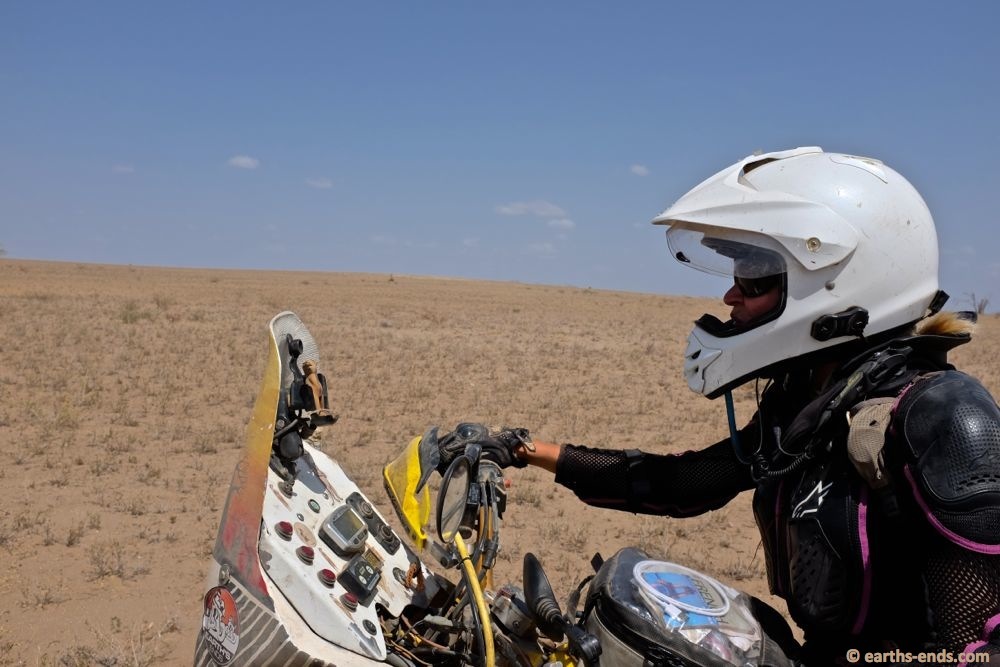
Heading south the next day. Once we were through the sand and bulldust we came out into some open savannah.

Twin track into the horizon, nice. Just the way I like it.
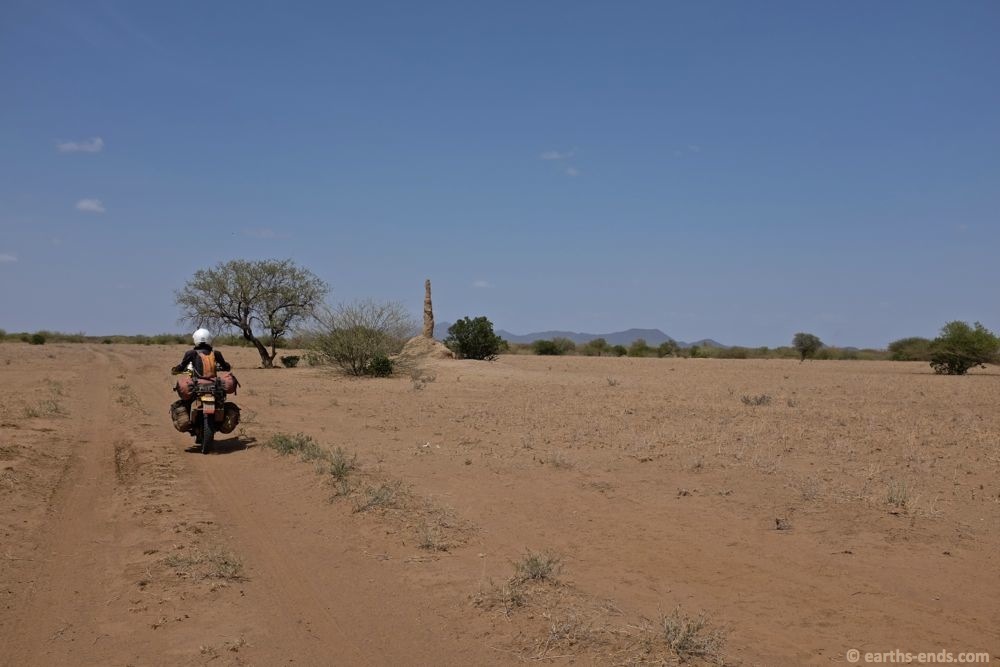
Southwards. Southwards we go
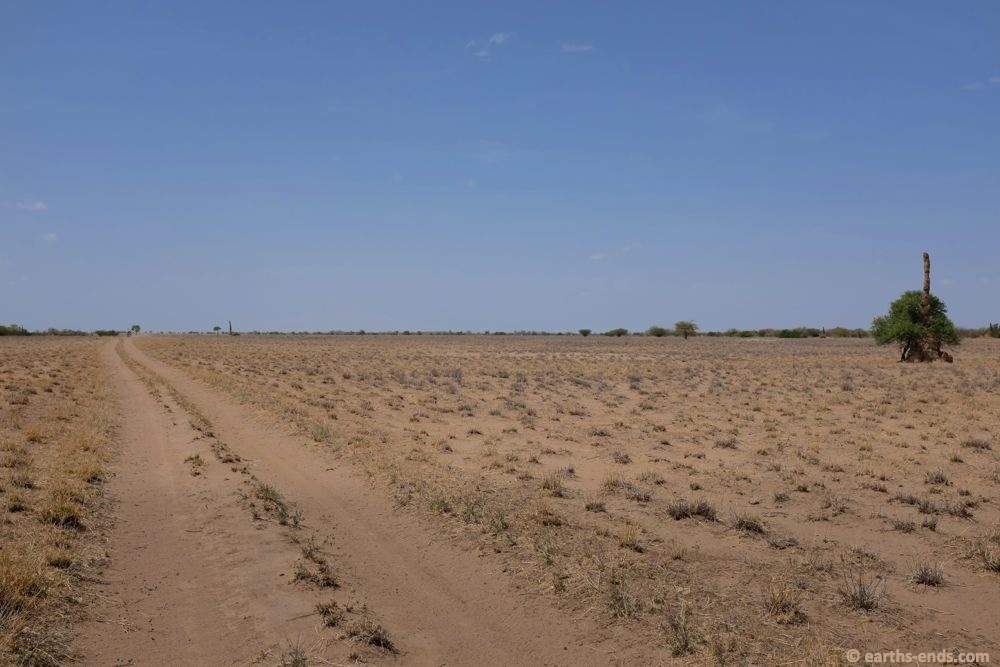
We love this type of riding. Some people are mountain people. But we are desert people.
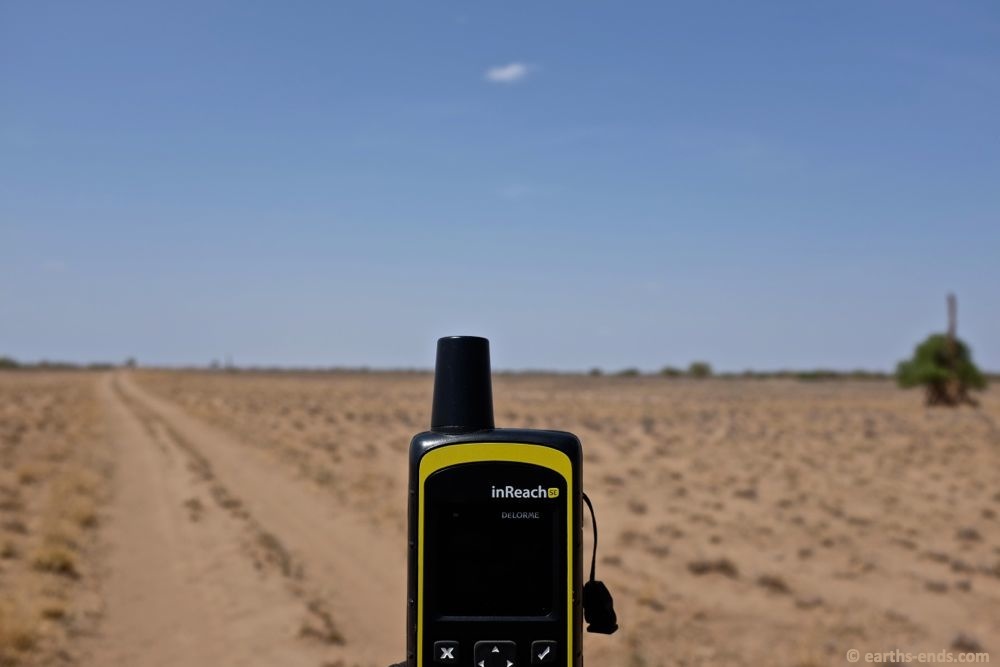
Another broken InReach photo. We were really quite frustrated with them at this time as the device had started to fail with an intermittent “damaged device warning” all the way back in Namibia (our country of purchase) and we reported the issue there and then and offered to return it and they ignored us. When we pushed them they gave us bad advice to reboot it. So when the intermittent warning returned about 2 weeks later we dug our heels in. Hence our frustration and the photos of their malfunctioning unit in out of the way places. Thankfully after lots of arguing and squabbling they finally came to the party and replaced the malfunctioning unit. However they left it to us to get it to Africa, they wouldn’t send it out of the US. In their advertising, every third word is ‘adventure’ but in the real world if it breaks any place other than the shop’s carpark where you bought it you are pretty stuffed. So even though they replaced the unit, they get a distinct FAIL in the customer service department.
When we were planning this route, Dick had told us about a huge Acacia thicket south of Kangaten that we would have to ride through. At about 30kms or so wide, it was going to be murder on the arms and even worse on tyres. But we wouldn’t have it anywhere near his bad as his folks. When they had set up the mission station in late 50’s, they had driven two 4x4s all the way from Addis Ababa, including down the west side of the Omo River from Mizan Teferi as there was simply no way across the river other than get on the other side of it before the source. What we had done in a few days took them weeks. One thing that slowed them the most was this acacia thicket, which they literally had to chop a track through from north to south.
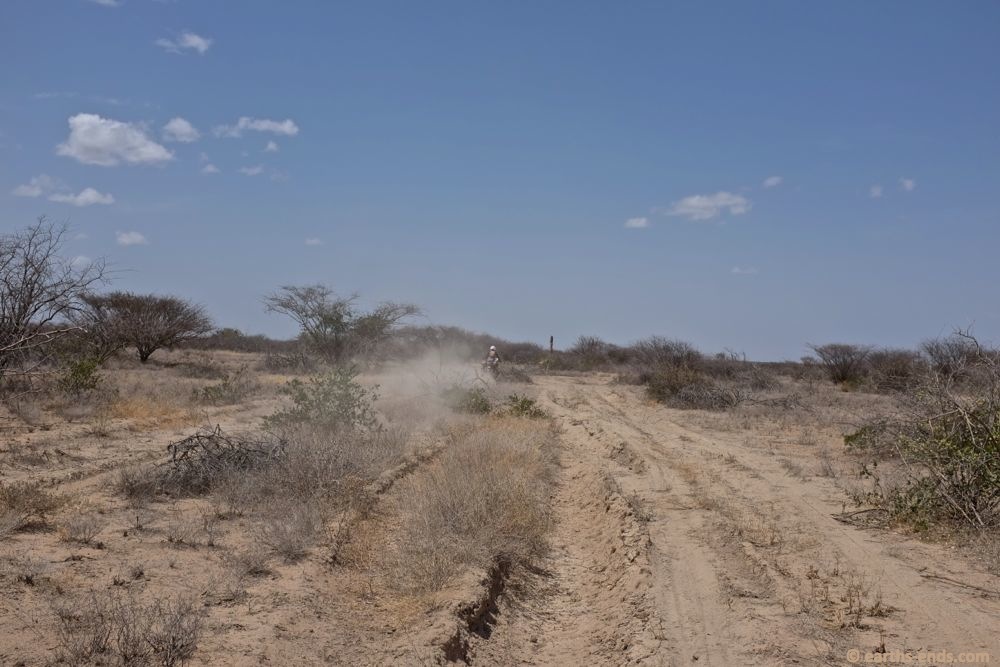
The acacia thicket Dick warned us of. There were lots of sandy tracks through the acacia, lots of alternative lines all over the place.

Rest break in the thicket
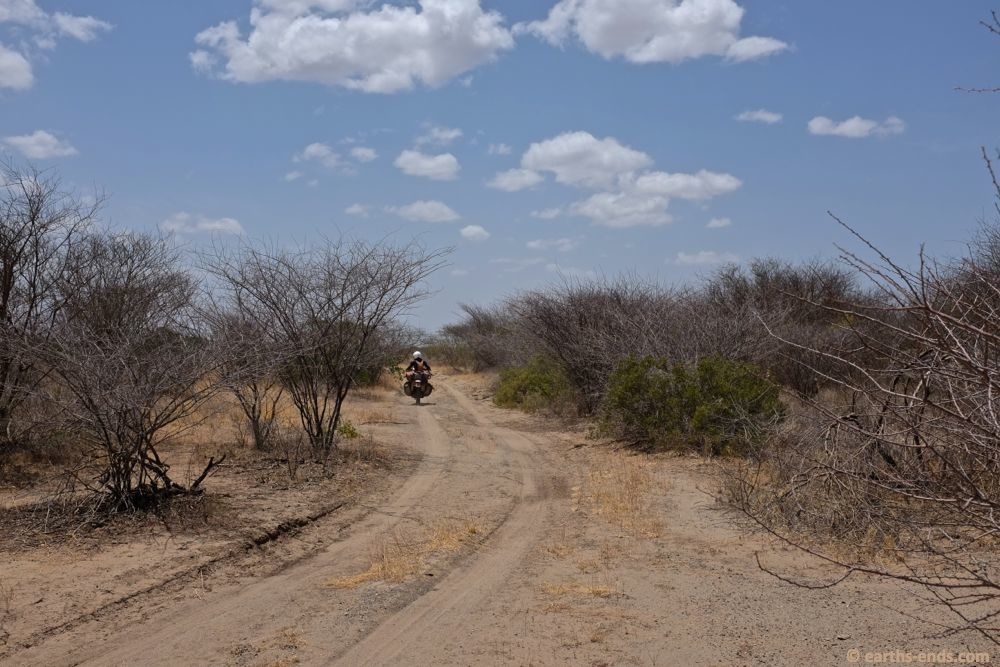
Our arms got ripped up by the acacia thorns.

Out the other side… finally. The 30km of so of acacia thicket was all 2nd gear riding. I was thankful I had double tubed the fronts and the rears were full of slime as we both rode over countless thorns. Later when I changed the tyres I removed many thorns that would have been guaranteed flats if it weren’t for the slime.
Dick had also mentioned that the trail we were riding was far easier to follow north to south than south to north. In the south, the trail is rarely used and every year it is washed away by the flooding water of the Omo, so trying to find the track is a real headache. We definitely found this to be the case as we headed south. As we cleared the acacia thicket and got closer to the Omo, the trail just disappeared. At one stage we had a rough goat track, then as the trail split it was down to one set of wheel tracks, but when that vehicle turned hard left towards a small boma on the banks of the Omo, we had nothing on the ground to follow at all. Just open flood plain. I had the GPS navigating to Dick and Donna’s house and all we could do now was follow the purple arrow and pick the best route we could.

As we got closer to Omorate, the track went down and down and down until we were following one single set of wheel tracks, and by that I don’t mean double track, I mean the trail was ‘one’ 4×4’s wheel tracks.
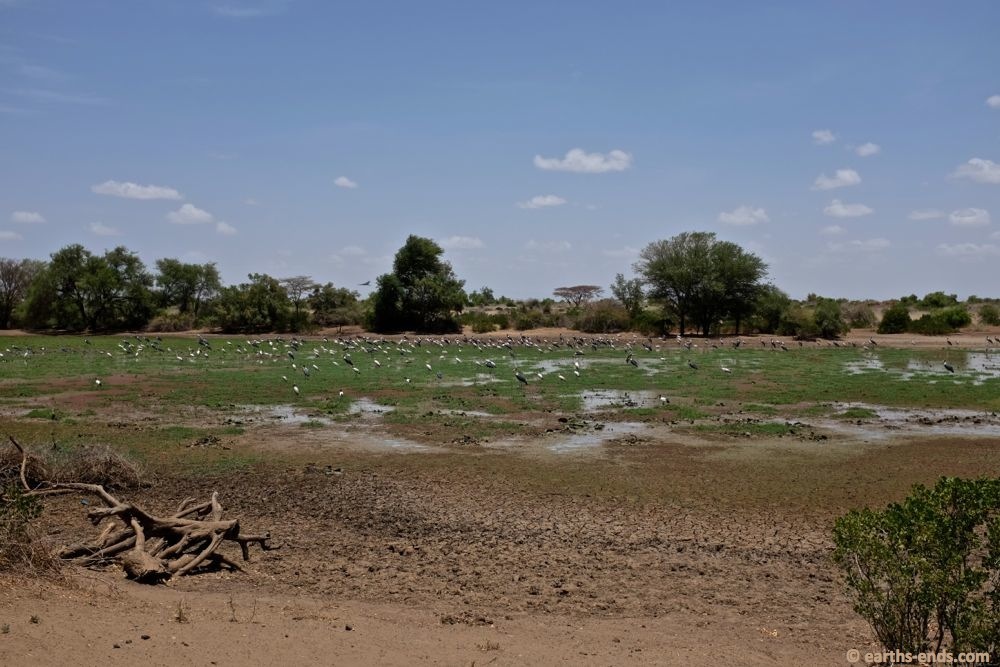
Lots of Marabou Storks in a fast drying water hole.
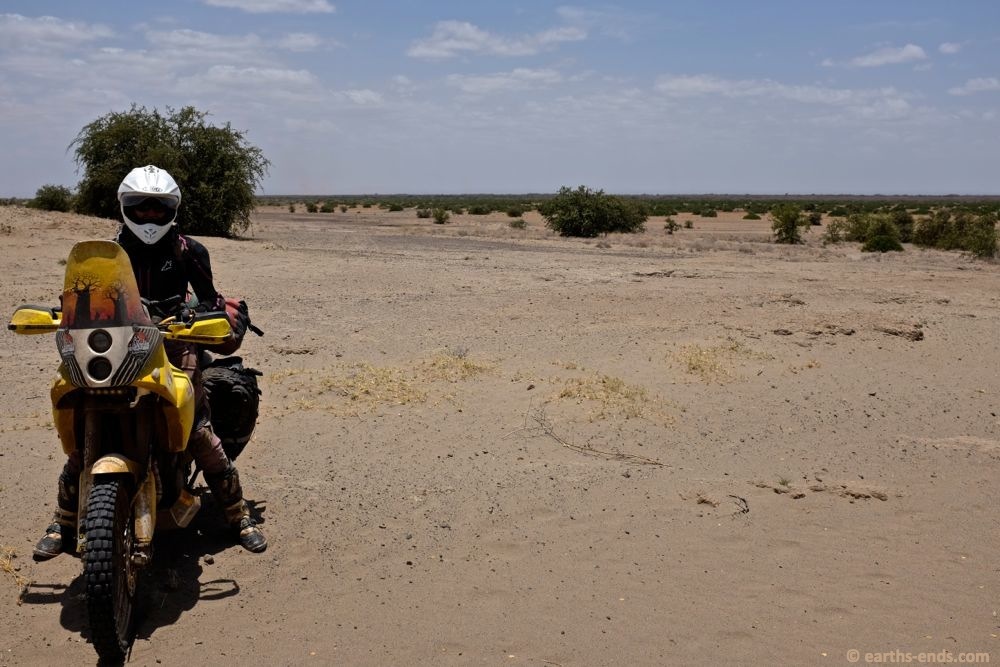
Off piste. Nothing to follow here. We knew that near the river there was lots of bulldust and sand, so we stayed on up a ridgeline that was about 3km back from the river.

Crossing a little gully up the ridgeline. We were just picking our way through all the obstacles.
We got up on a ridge that runs parallel with the river and headed south, picking our way through and around gullies. Once we were due west of Dick and Donna’s house we turned hard left. We were almost whooping in our helmets as we got down onto the flood plain and made our way to their compound. It had taken us a bit over 2 and a quarter hours to make the 75kms south from Kangaten justifying the decision to turn back to Kangaten the previous afternoon, otherwise we would have been off-piste in the dark. It was now quite hot and we were really looking forward to a cold shower. We had been on the road 10 days and we were yearning for some rest and hospitality.

Tan in an attack position

The aftermath of the acacia thicket. Tan spent most of the time in the right hand wheel track
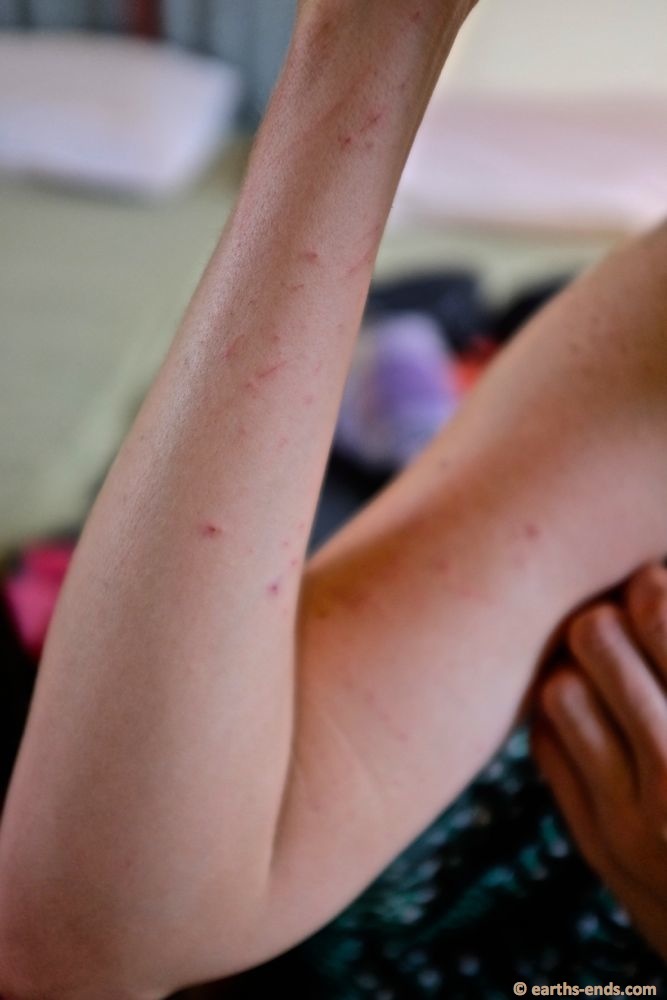
Ripped up. On the intercom we were constantly yelping from the thorns ripping up our arms.
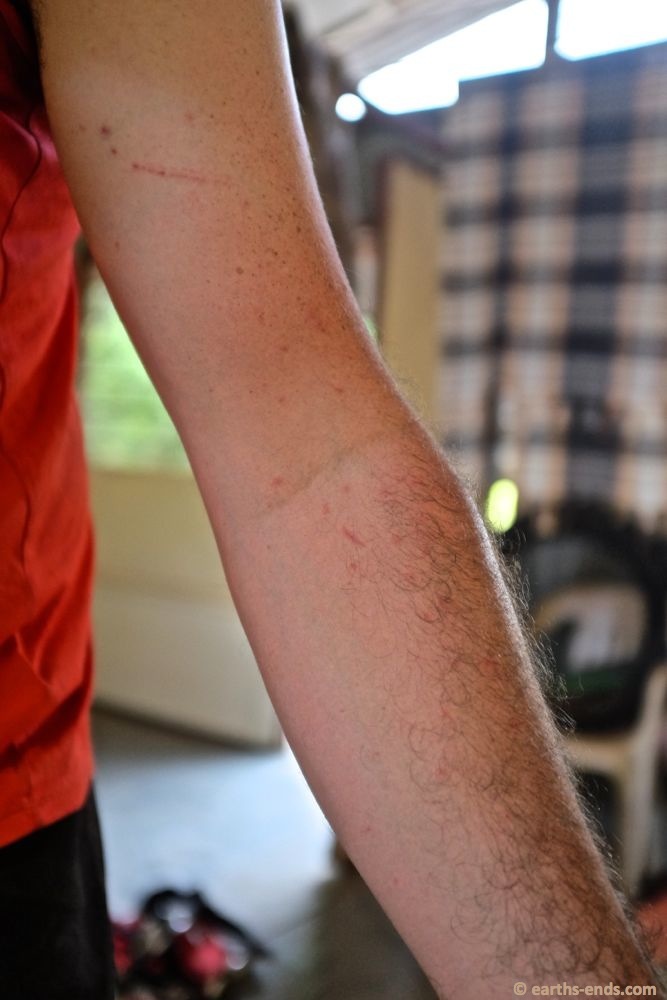
Whereas I was following and spent most of the time in the left hand wheel track.
Think you might like to ride through here? Please first read the little disclaimer I put at the end of the previous post; “A quick note on safety in the West Omo Valley”. In a nutshell; this area can be very unstable, so get up to date, local, and trustworthy security advice before starting.

Blog 54 by Mick: Go West Young Man
We weren’t even on the outskirts of Bure when the road turned to dirt, not the way we were going out of town anyway. For most overlanders, Bure would be a non-descript tiny town on the highway between Sudan and Ethiopia’s capital, Addis Ababa, to the southeast. We, however, were heading due south on a nearly 1200km journey to the very southwestern corner of the country bordering Kenya and South Sudan. While the first ~800km were simple enough, the last 400km of the route was based on local knowledge and we would be following a list of town names with no maps or gpx tracks to follow. To the best of our knowledge this is the first time it has been documented.

The route we followed and the towns of interest to us. This post goes from Bure in the north down to Tulegit, about 930kms all up. Brown is gravel (~750kms) and Green is tar (~180kms). Next post has the real interesting stuff from Tulegit down the west side of the Omo River to Omorate.
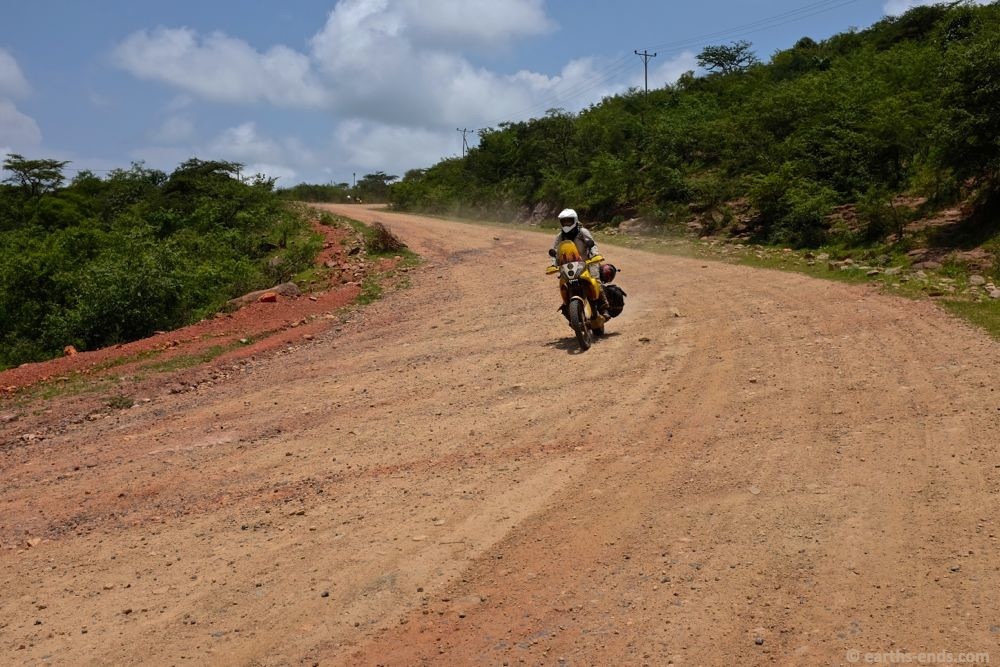
Soon out of Bure, we were on some good gravel
The days riding was pretty easy apart from a few potholes and some wet road in addition to the usual array of animals on the country roads. It was slow going and we managed only 260km in 6hrs or so. We pulled up in the afternoon in the town of Nekemte, the only decent looking town in the region, and were blown away by the prices of hotels. In all the towns we stayed, dodgy local hotels could be had for as little as 60-80 birr (USD3-4) while pretty decent rooms (with a bathroom, and if you’re really lucky the toilet might even have a seat, and maybe even water) were generally 200 to 300 birr (USD10-15) at the most, even in the capital Addis and tourist mecca Lalibela. However here most hotels were really quite luxurious and in the 500-700 birr range (USD25-35); real bloody expensive for Ethiopia. We eventually found somewhere for 440 birr (USD22) and just in time too as a decent storm rolled in.

Heading south towards Nekemte
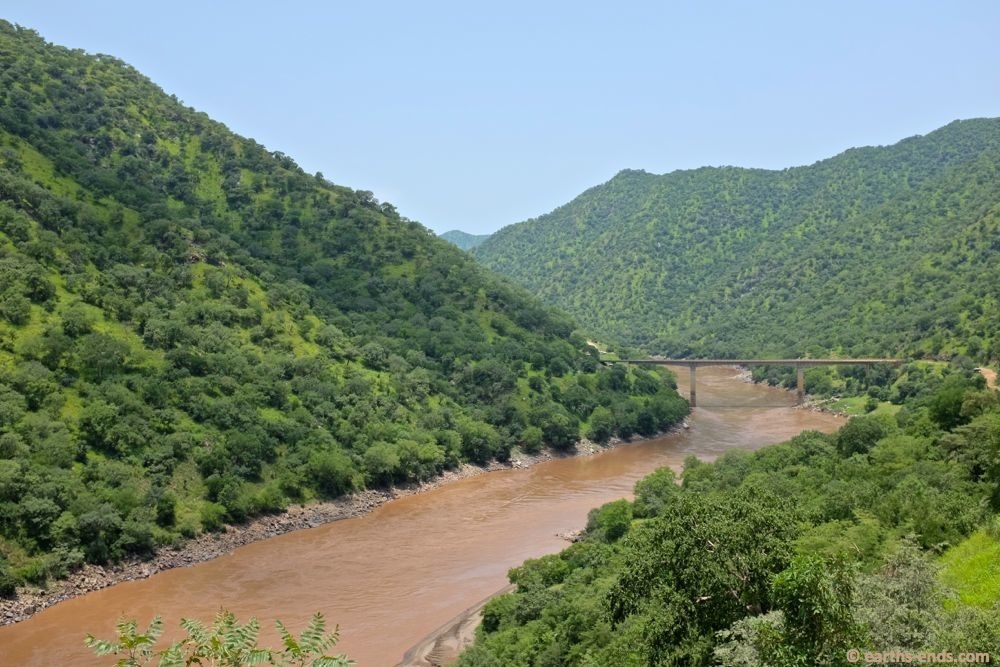
The bridge over the Blue Nile. Nearly every bridge in Ethiopia has some sleepy guard on it and they don’t like it if you take photos.
When sitting down to dinner we noticed there was a different feel about the place. People walked down the street purposefully, the idleness of other parts of Ethiopia just wasn’t here. It was a definite sense of relative affluence in addition to a perceptible cultural change. This western region of Ethiopia is Oromo, a different ethnic group to the Tigrayans in the north or the Amharic in the centre of the country including Addis. The people had a darker complexion and definitely reminded us more of the southern countries we had been in. Which is definitely a good thing, people were friendlier and far less demanding.
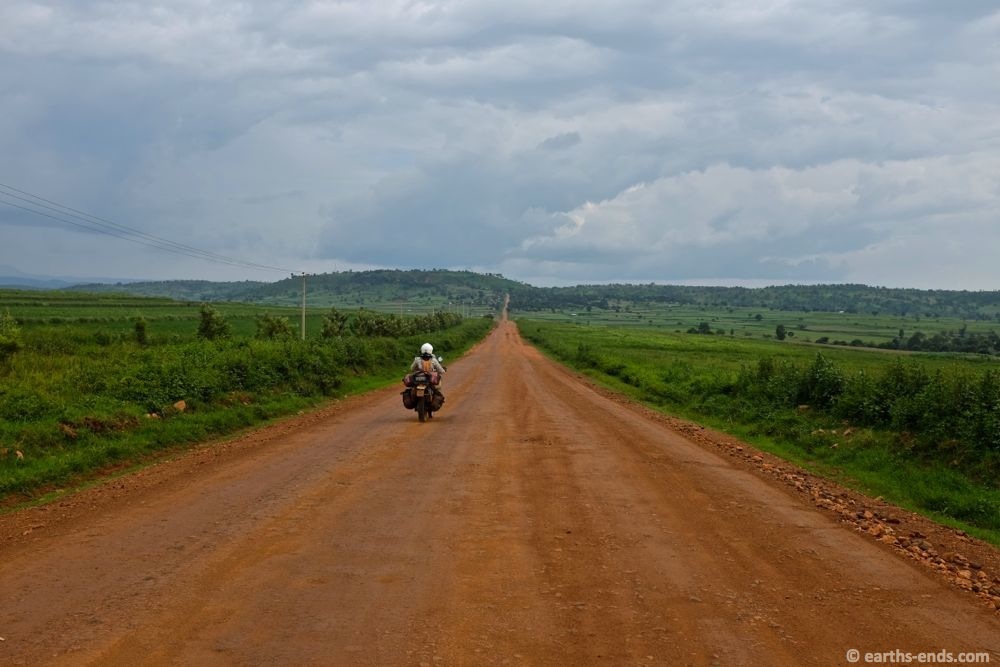
Nearing Nekemte and the weather was brewing. It started hammering rain about an hour after we arrived.
It was about then we realised we had just ridden a whole day and neither of us had anything thrown at us or swung at us as we rode by, the first time that had happened since leaving the Omo Valley about 5 weeks earlier. An undeniable bit of evidence that we had changed regions. Also turns out the sense of wealth was because we were at the centre of country’s sugar cane production. Apparently there is also a significant amount of agricultural and infrastructure investment in progress.

Some roadworks on the edge of town.
We got away at a decent time the following morning, and had a quick ride down the gravel to Bedele where we got some fuel. At Bedele we turned west on a crappy tar road which sufficiently bad, full of decent sized potholes and poorly driven trucks, our pace slowed from what we were achieving on the gravel roads we had been riding earlier in the morning.
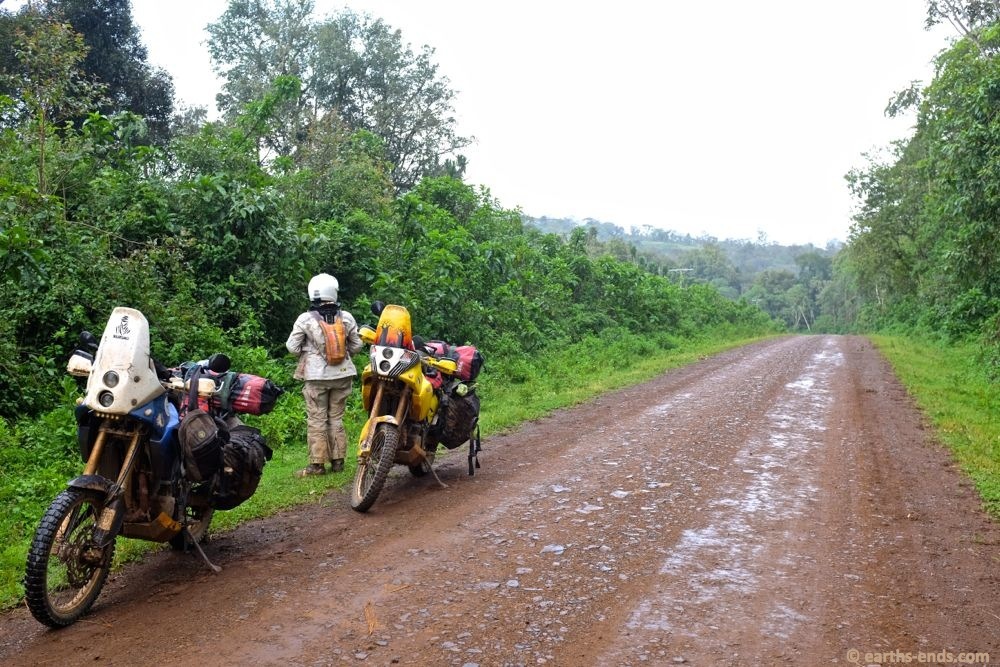
Some wet road heading south of Nekemte towards Bedele
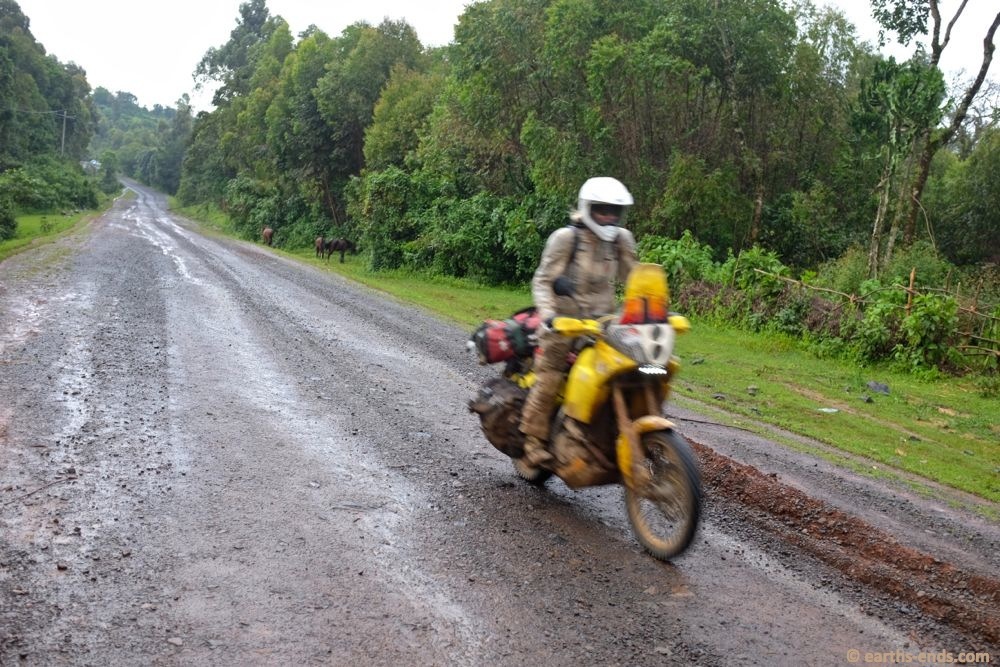
The road south of Gore, it was fun riding on what should have been fast gravel. Just a shame about the rain. This was the start of it; it got quite heavy as we headed further south.
At Gore we headed south again on the gravel through lush green jungle as the wet weather rolled in. The rain started softly but progressively intensified as we went south, and after an hour or so in the wet we stumbled across a tiny little town with no name we could find. We rode up and down the main street and found only one hotel, a particularly dodgy looking place that we got a particularly dodgy room. But at 50birr, USD2.50, at least the price was right and they had beer.
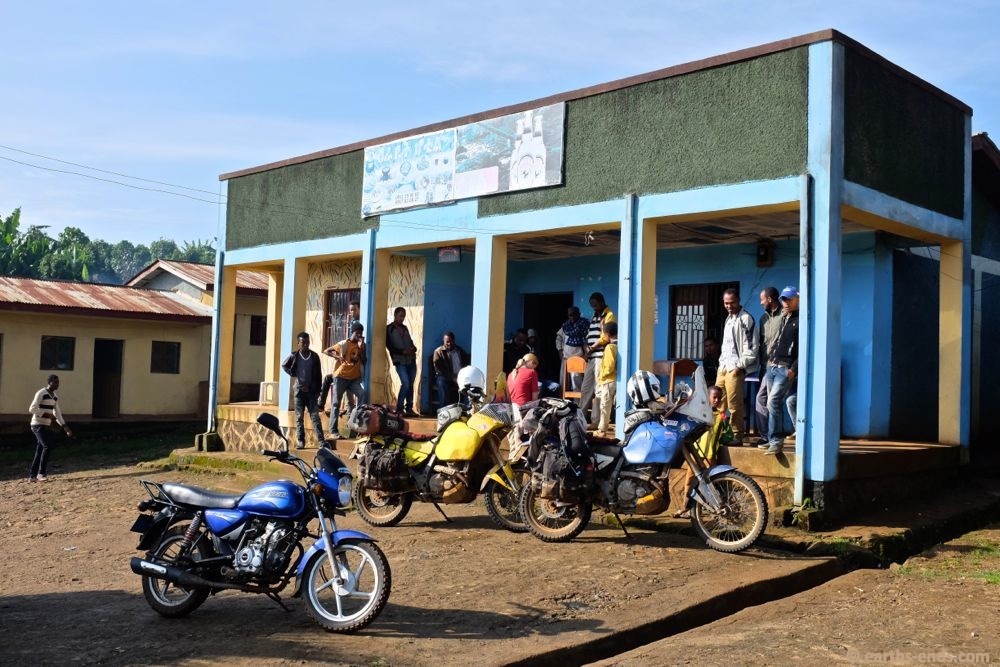
Our cheap hotel, we hadn’t had these sorts of prices since Tanzania. This one was pretty grimy though.
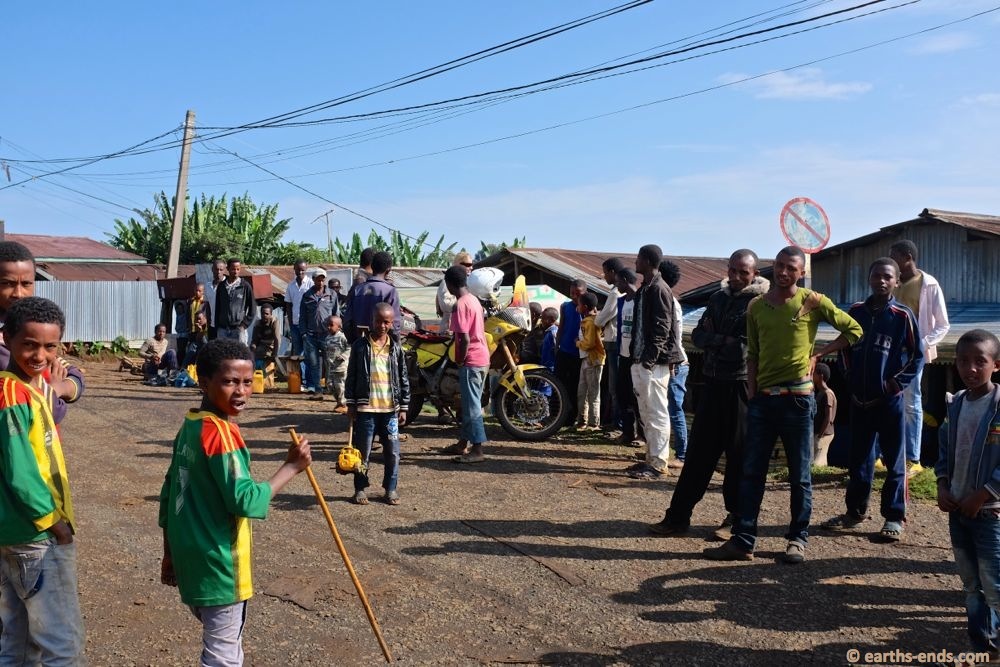
Parked up getting some breakfast and as always we attract a crowd.

Some kids with their creative toys
We were lazy getting away the next morning; there is something about getting into wet clothes which is just not appealing in any way. But we did get away after a few strong local coffees, sweet tea and some bread. It was only 140km down to Mizan Teferi, the last proper town on our route, and we arrived at lunch time. After looking around a bit we decided to spend the night as we weren’t sure what food and accommodation options we get south of here, plus we had moved every day since leaving Axum 7 days beforehand and we were in need of an easy day.
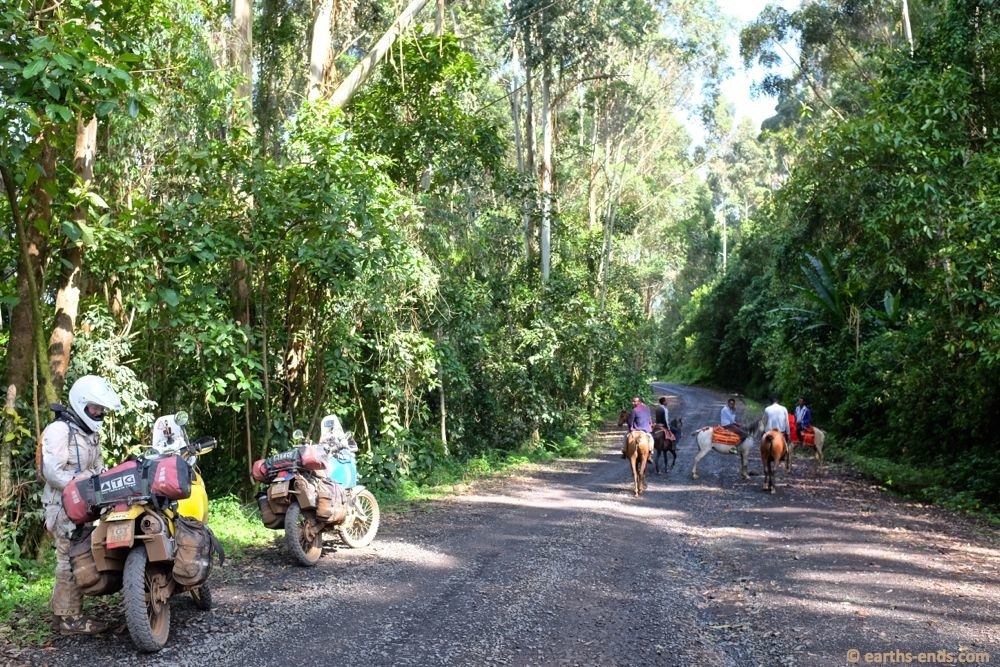
The road south to Mizan Teferi. A group of guys came by on horseback during a fluids stop.

Fast winding gravel through the jungle. This is a great ride this one from Gore to Mizan Teferi.
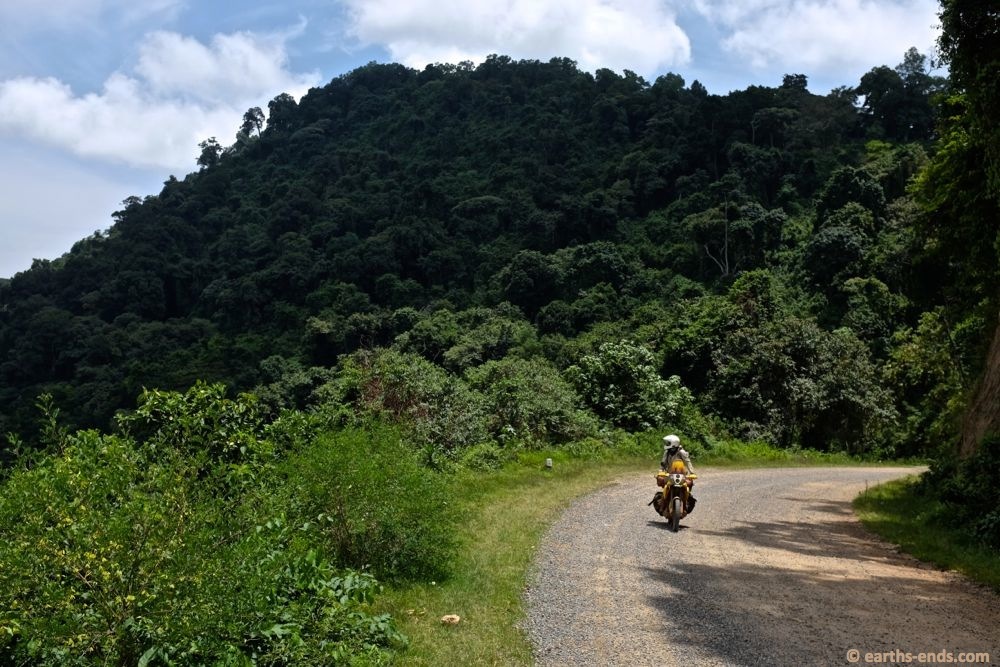
With awesome views…
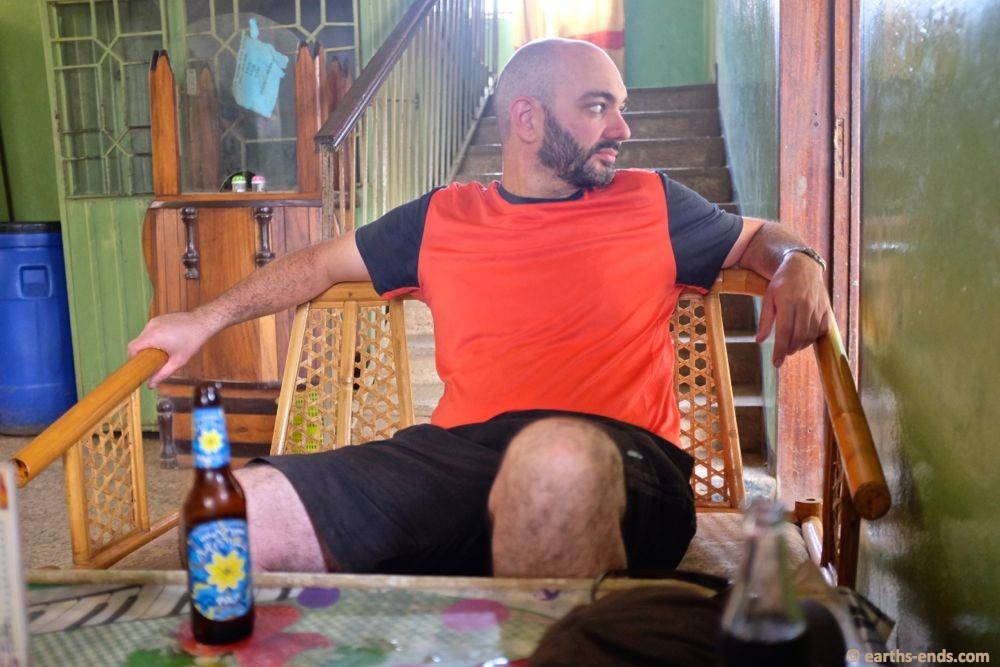
Beers at lunch in our cheap hotel.

A local wedding from our hotel. 4 cars door to door in a suburban street? No problem!
We were lucky the next morning to find petrol. It looked like we would be forced onto the generally hideously expensive black market when the two main servos in town gave the “no petrol head shake”, but we got some directions to backtrack to the west and found a service station a few kilometres away on the edge of town with some fuel. So we started off positively and with some tar, but that soon disappeared as we turned south asking for the town of “Tum”. Everyone we spoke to was friendly and pointed us in the right direction, and the road slowly narrowed and deteriorated with reduced use and maintenance as the distance from Mizan Teferi increased.
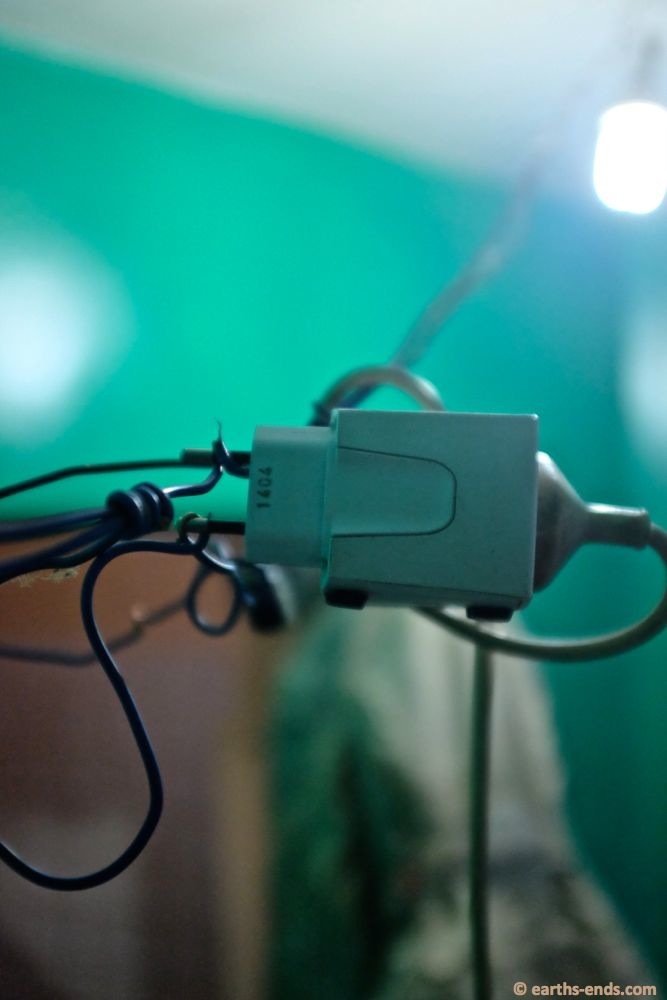
The power supply in Ethiopia sucks. It’s far more often out than not, so most places have a solar circuit to just run lights. We needed to charge our gear so I tapped into some bare wires…
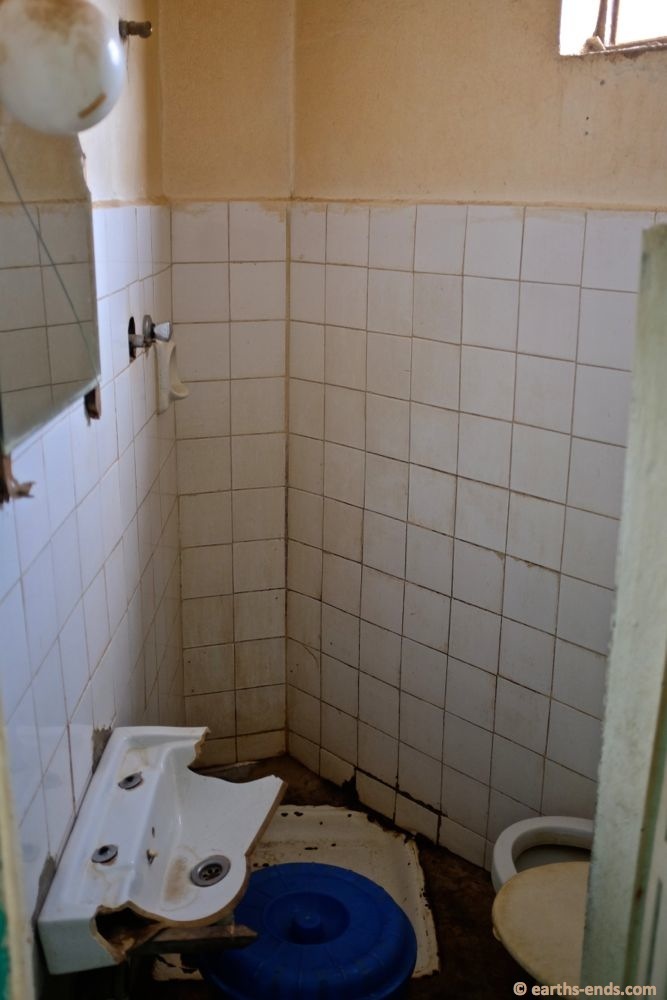
What a bathroom in a cheap hotel in Ethiopia often looks like. Ok, maybe that’s unfair, this one was particularly bad.
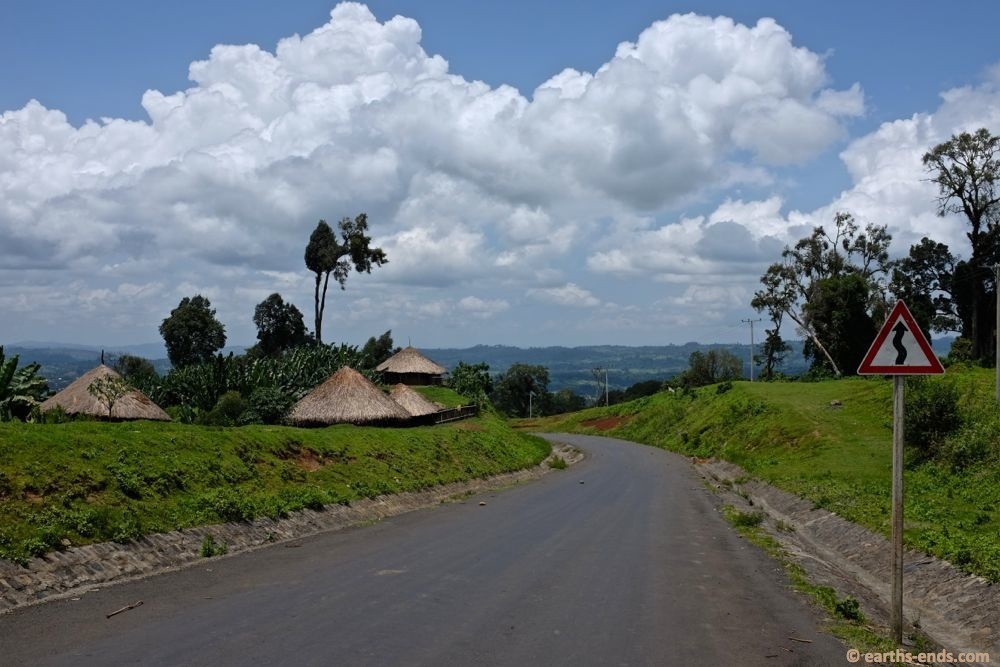
Leaving Mizan Teferi. It was about here a kid through a coconut at me as I rode by. It was quite notable as the projectile was unique, and (although we didn’t know it at the time) it was the last thing thrown at us in Ethiopia! What an occasion!
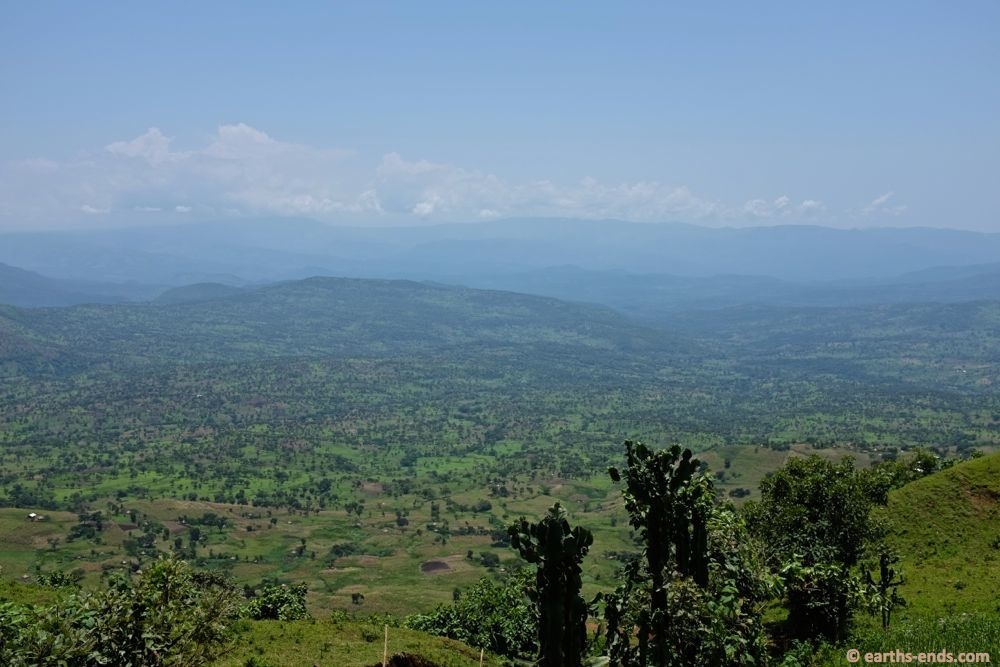
Views. Hard to beat.
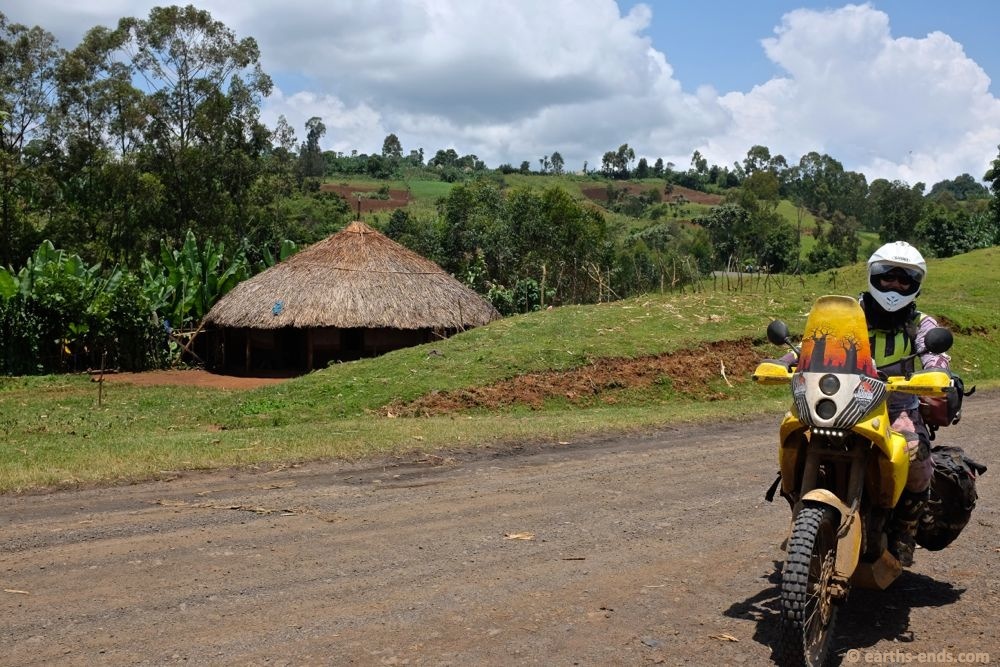
Tan at an “enjoy the view” stop.

We were heading south and out of the mountains so we made sure to enjoy our time.
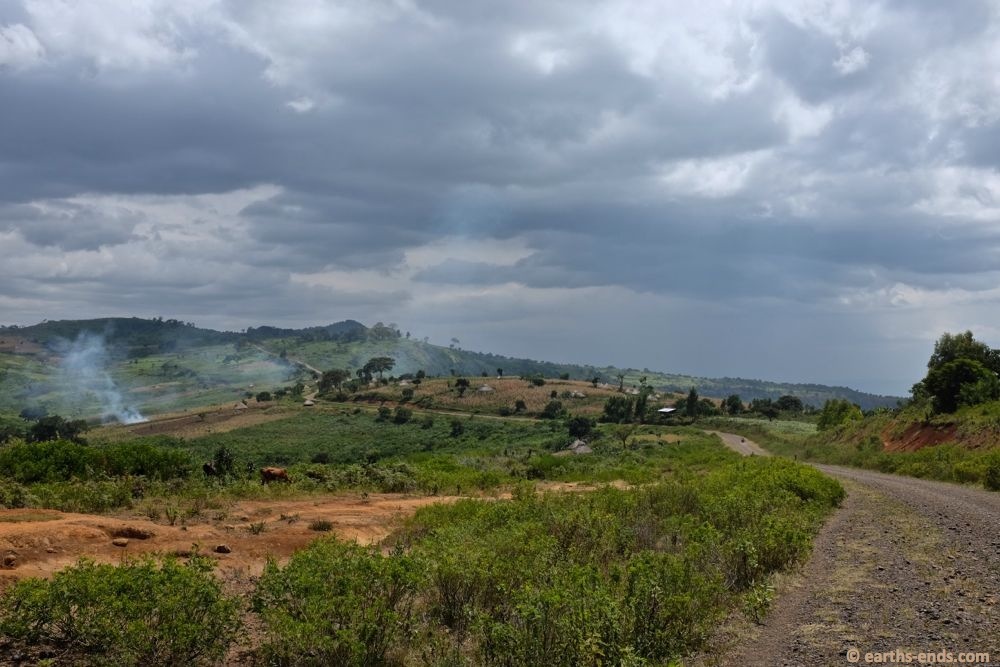
The smoke is from charcoaling stacks. There is plenty of clearing going on with the timber all being charcoaled.
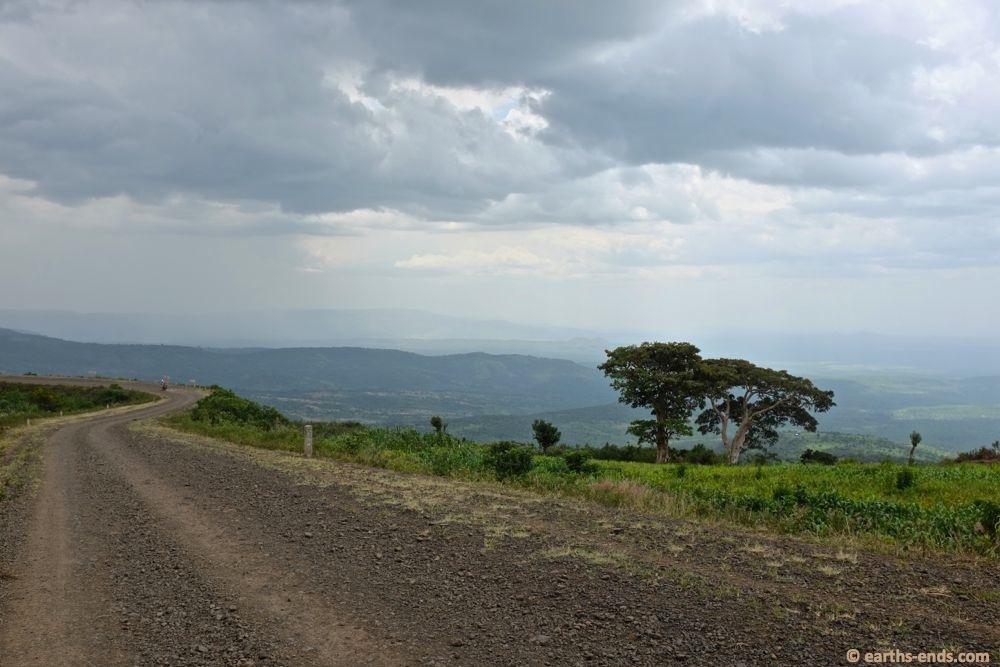
Fun riding. As fun as it looks.
We got some bread and tea in Tum, in addition to a huge array of onlookers. Not many foreigners come through this part of the world. We got some positive pointing to our next town, “Tulegit”, and we motored off to the West. The road conditions deteriorated from ‘road’ to ‘track’ with a few little creek crossings and the odd bit of mud from the previous day’s rain.

Our lunch stop in Tum. Doesn’t look like much (and it wasn’t really) but it had tea and coffee and some bread.
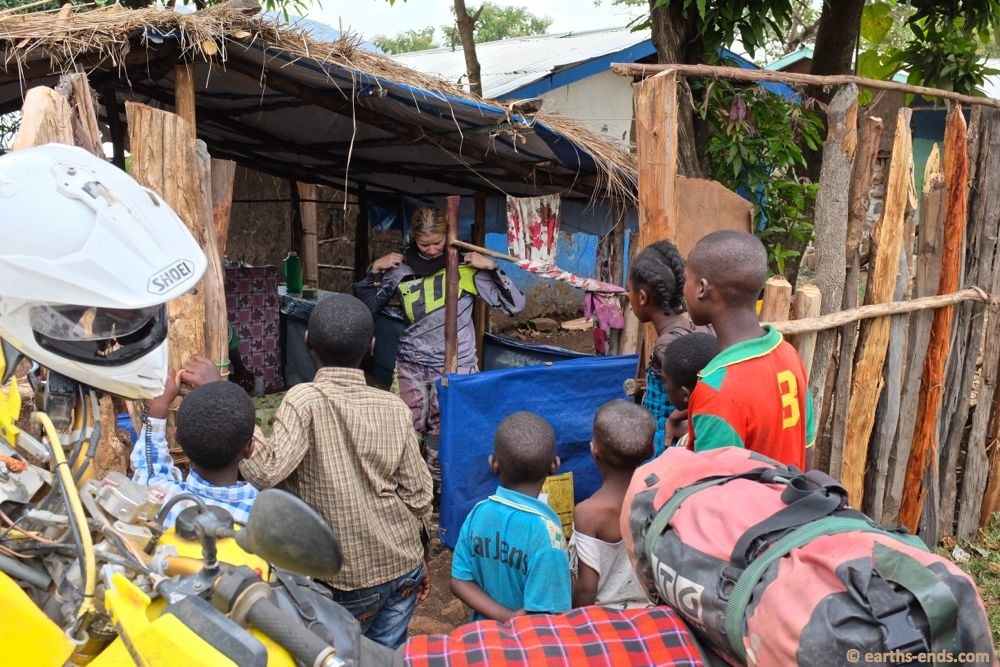
The neck braces always get lots of attention.
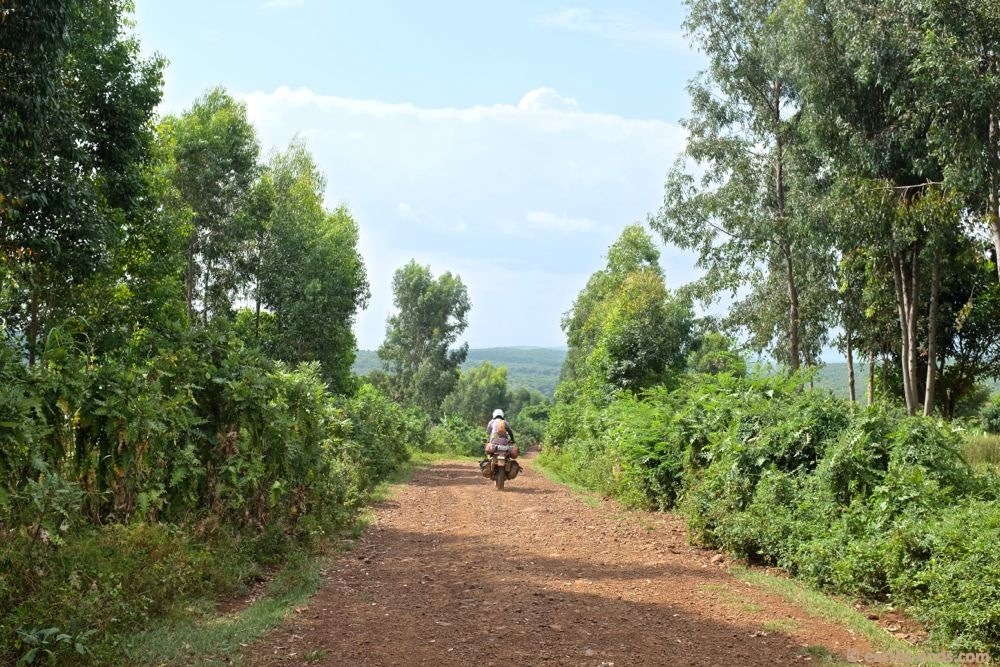
Heading out of Tum.
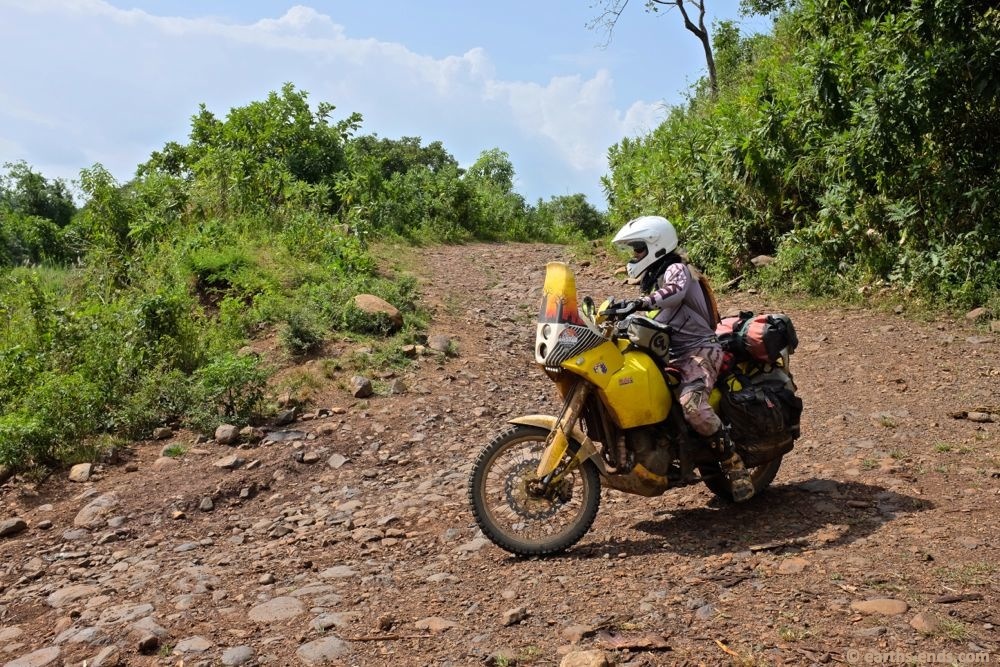
Road conditions degrading.
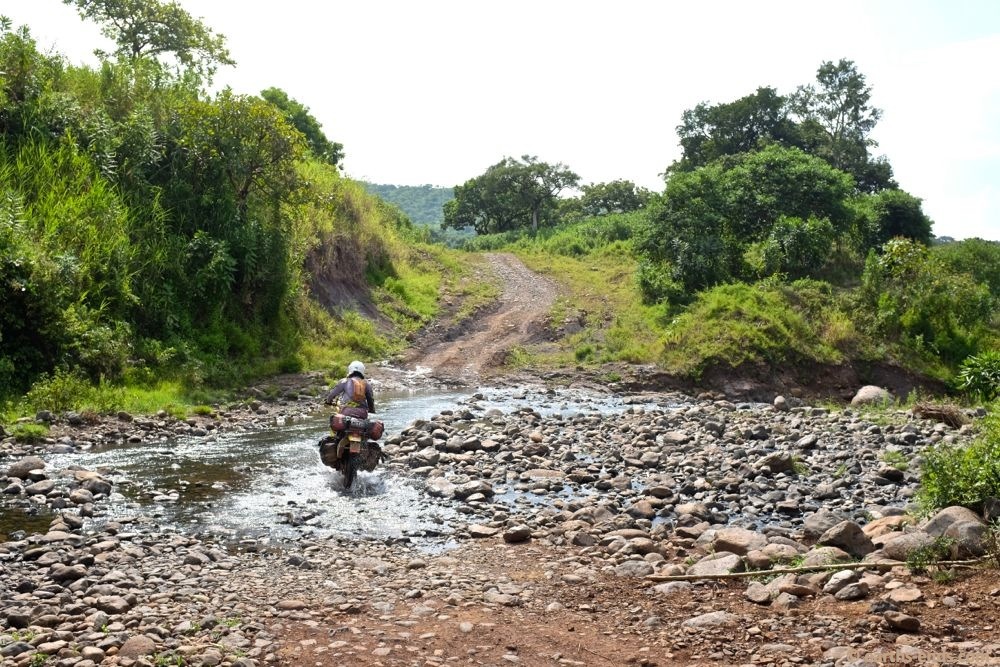
Easy but for some slimy rocks.
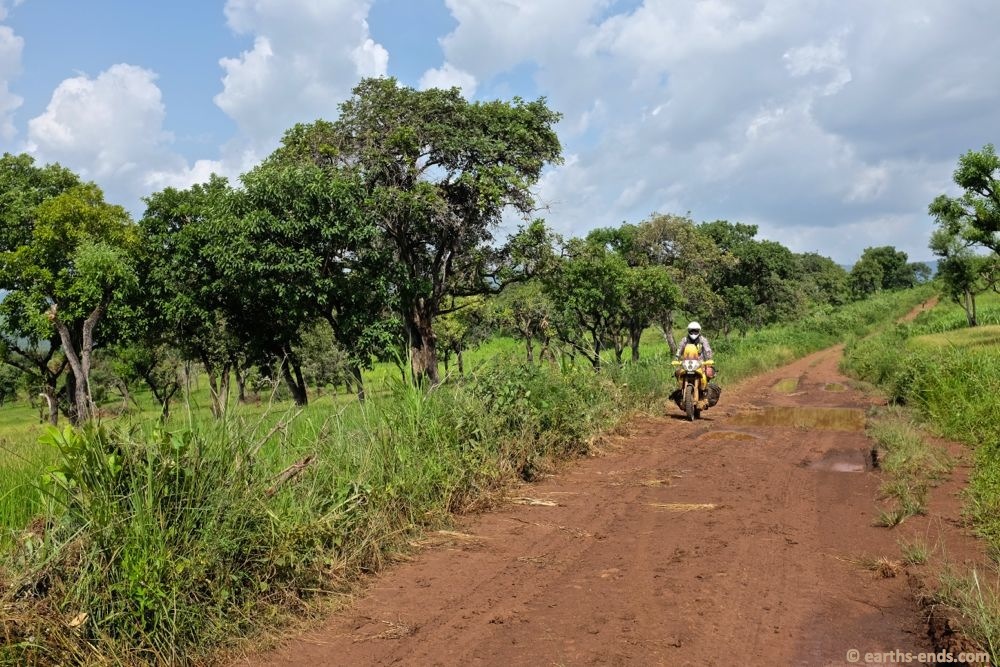
Some mud from all the rain about.

Fun trails.
We came into a few villages and it struck us very quickly that we had obviously change ethnicities again. The people were darker, dressed in sheets of fabric wrapped around their bodies, there was lots of ritual scarring, ear plates and lip plates all around us. My first thought was ‘Mursi’ but we were on the wrong side of the Omo River for them. But they looked like Mursi… We stopped and found one kid who surprisingly spoke a few words of English but our communication was limited to the most basic, certainly not anywhere to the extent I wanted “So who are you guys? You look Mursi but you can’t be… what’s the go?” That level of communication certainly wasn’t on the agenda…

We didn’t see anyone on this part of the trail, the first time that had happened in a long time.

Another small creek crossing.
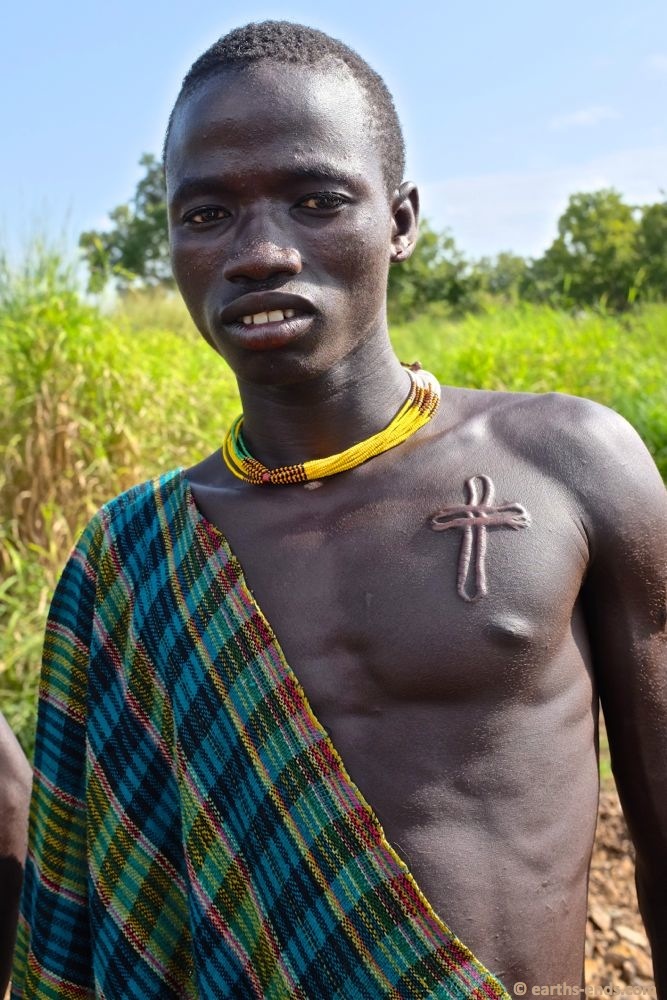
This guy was a surprise… Everyone to date had been Oromo or Highlander, now we realised we were in the Southern Nations Omo Valley region. Check the keloid scaring! They rub dirt or manure into the wound to get it infected and make it scar like that.
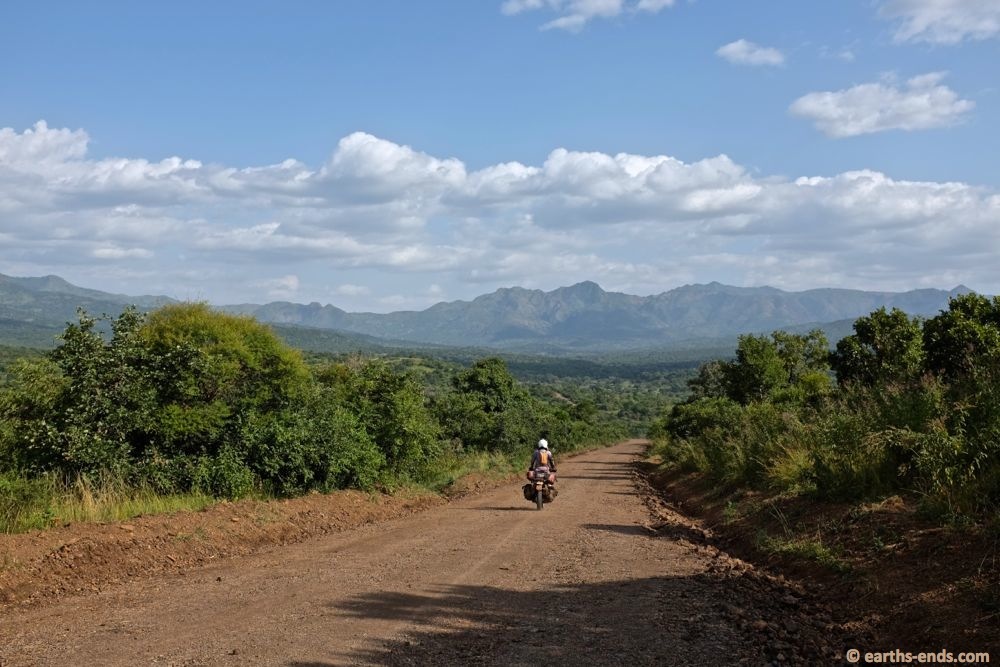
After the first Suri town we came onto a better road and continued to the south.
We soldiered on south and rolled into a town we thought must be Tulegit, and got talking to two young guys who very surprisingly spoke really quite decent English. Out here! We asked about the next town of “Kibish Surma” and they confirmed it wasn’t far away. We had been thinking of spending the night there or maybe even pushing on to Kangaten but the two young guys said there was a guesthouse in the mission we could use. “A mission? Out here?” we asked. “Yes, run by two American missionaries but they aren’t here at the moment, but you can still stay in the guesthouse”. It was all too intriguing so even though it was still mid afternoon, we parked up the bikes and unpacked.

In Tulegit chatting to Thabu (left) and Baka (right)

Tan went and met a lot of the local people while I gave the bikes a once over. Checked oil levels and tyre pressures and the like.
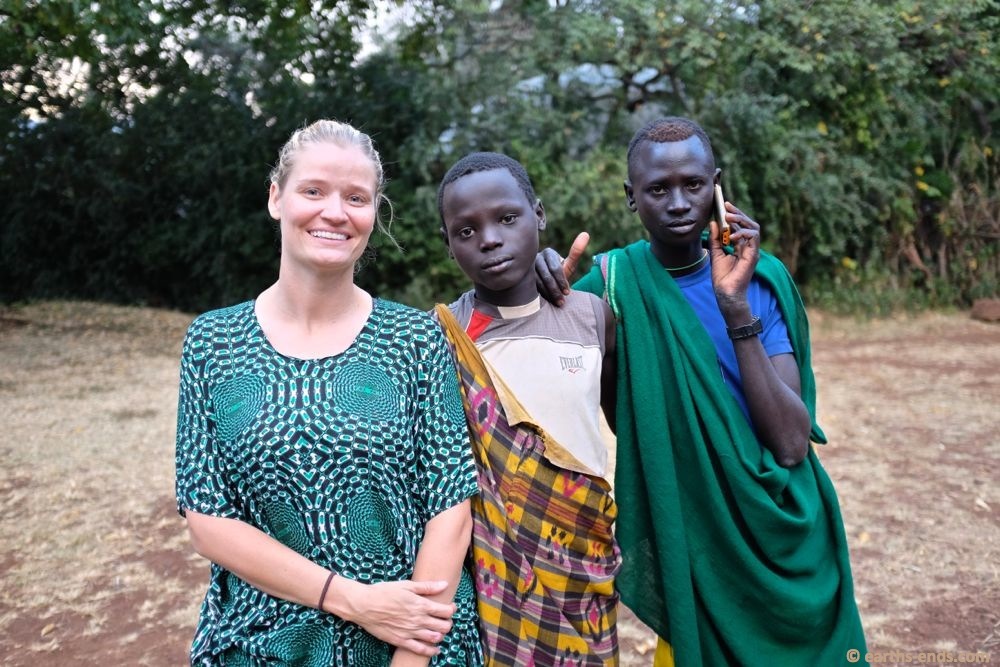
Everyone wanted a photo, this guy was especially proud of his phone.
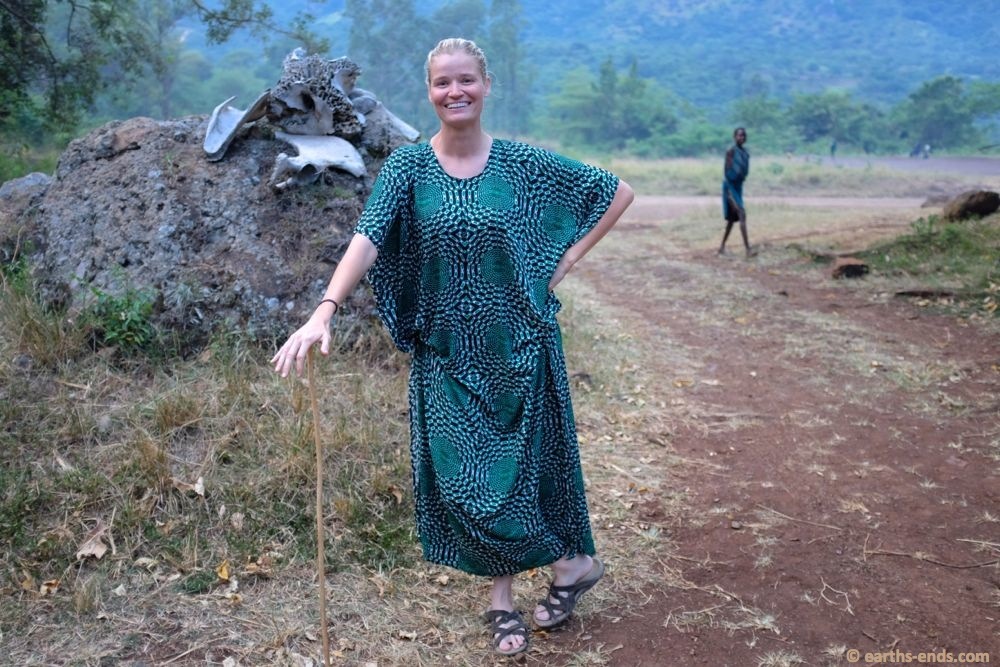
Tan taught a local lad how to use the camera
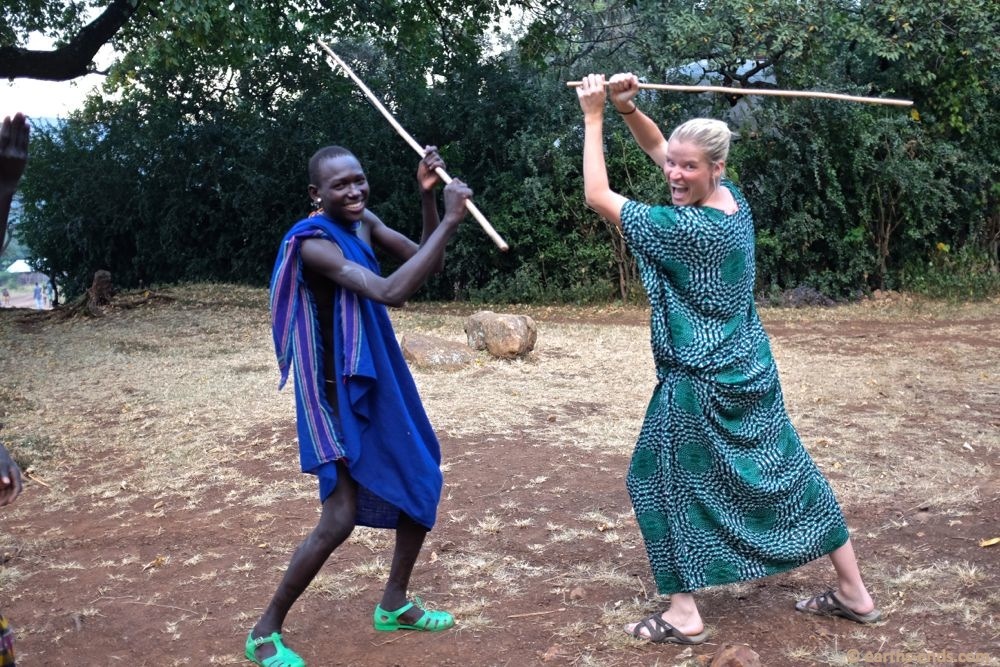
The Suri are big into stick fighting, it is their sport. Shame this photo is a bit out of focus…
Thabu and Baka had just finished grade 11 and were waiting for the grades to be released to see if they could go to grade 12. Every afternoon they would climb the local hill (which was decent) with a mobile phone to get some 3G to check. They had been schooling in Mizan Teferi, however if they got accepted to grade 12 they would likely have to move further away again, probably Jima or Sodo, either way it was a good days drive away from their home.

Local guy with an old elephant skull in the background. There are no elephants in this part of the world anymore.
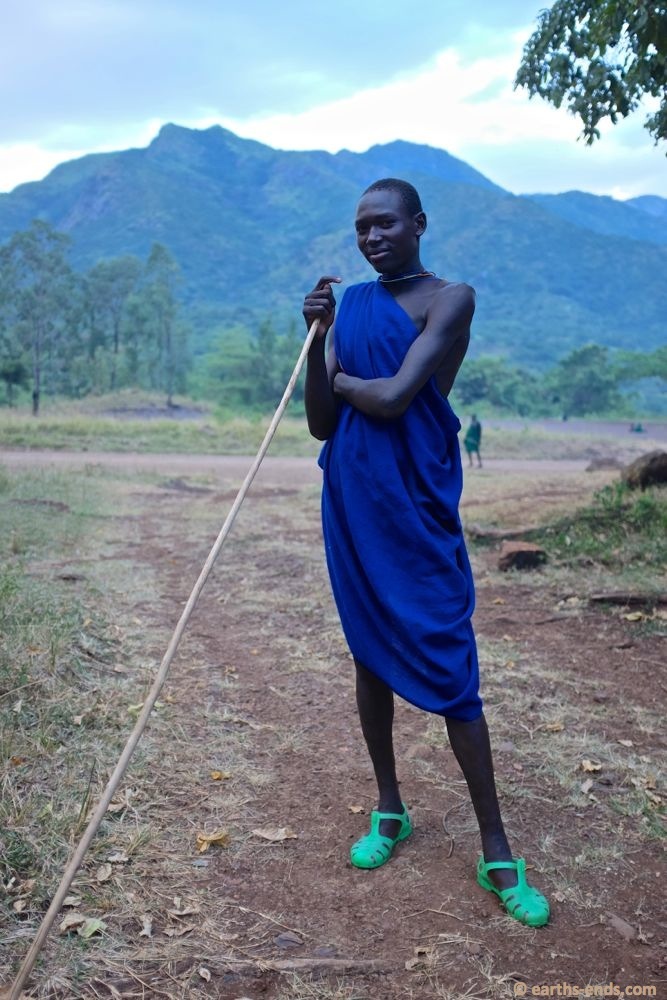
They love their sticks.

All the young girls all had children. This one has only just started to stretch her ears.

Her child…
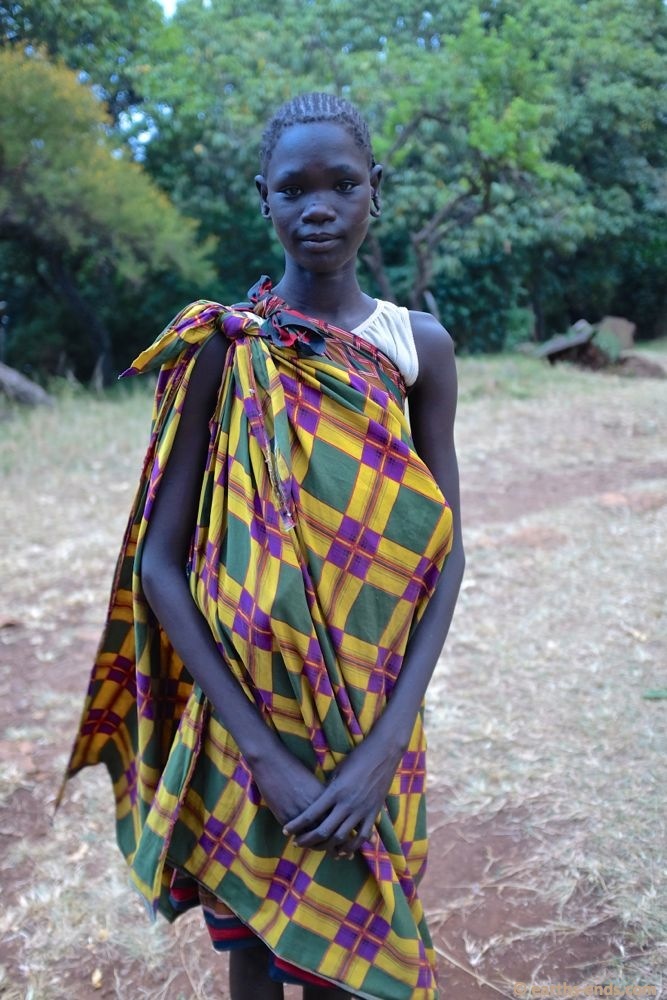
This young girl was quite reserved.
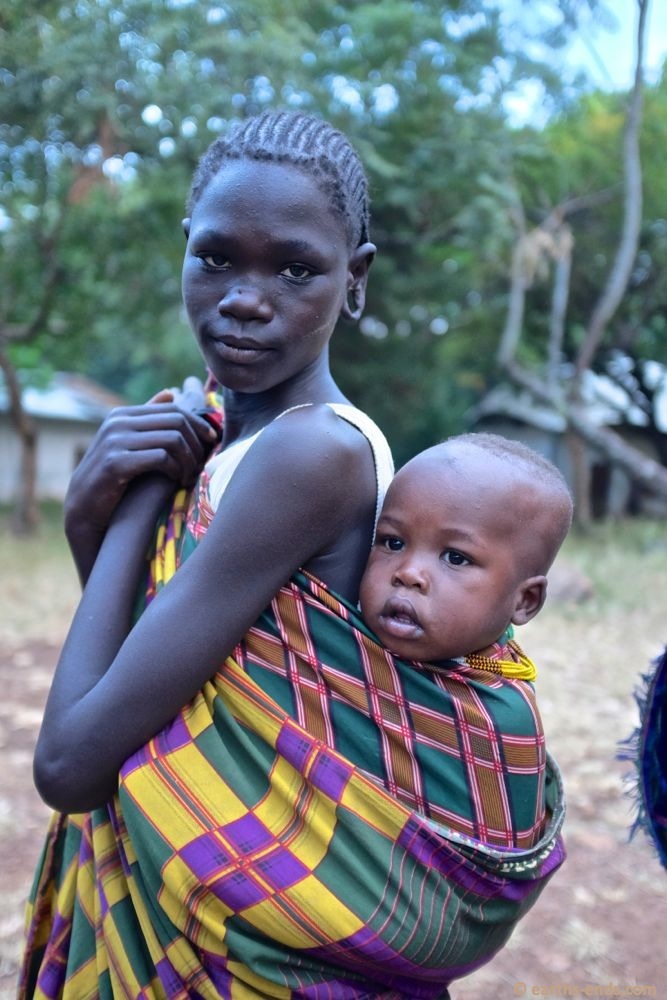
Yet still had obligatory child.
We got chatting about their tribe. They were Suri people, who had a lot in common with the Mursi tribe who we had visited near Jinka but had some differences in addition to the obvious geographical one. We talked about their neighbours and cattle rustling which is a huge problem in this part of the world. The tribe to the south, the Bume (also called Nyungertum) had recently raided the region and had stolen 500 cows, which the police mostly retrieved with significant blood shed. They spoke about the Bume in quiet tones, they were considered monsters and the mortal enemy of the Suri. We figured it couldn’t be all that bad. Later talking about this with Dick and Donna they confirmed that similar things are spoken about all the Omo Valley tribes, the Suri included (maybe even especially so).
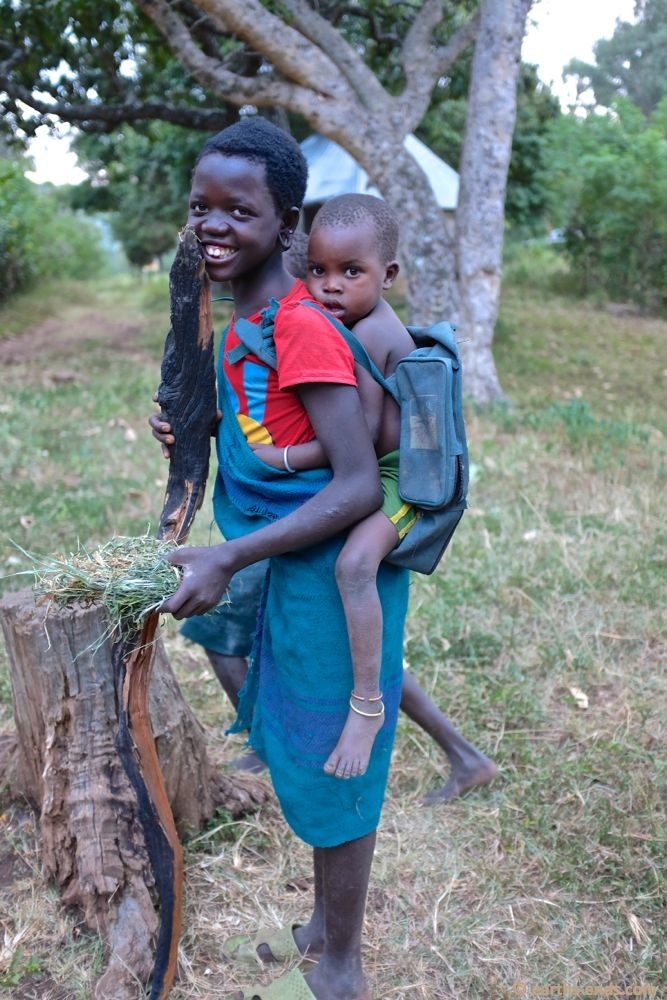
One of the youngest looking girls with a kid.
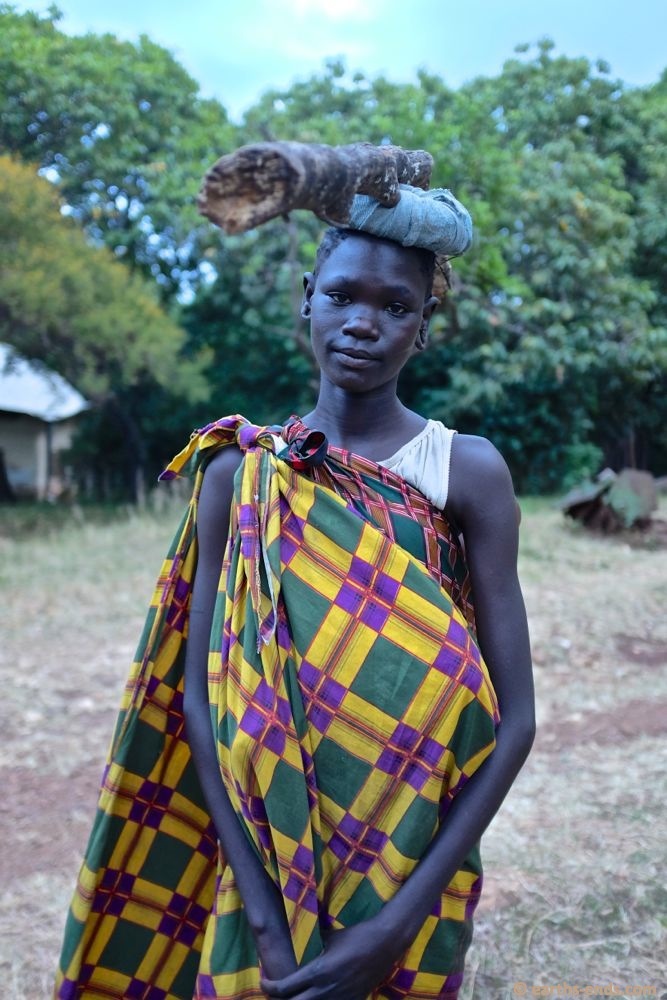
How else would you carry a log?
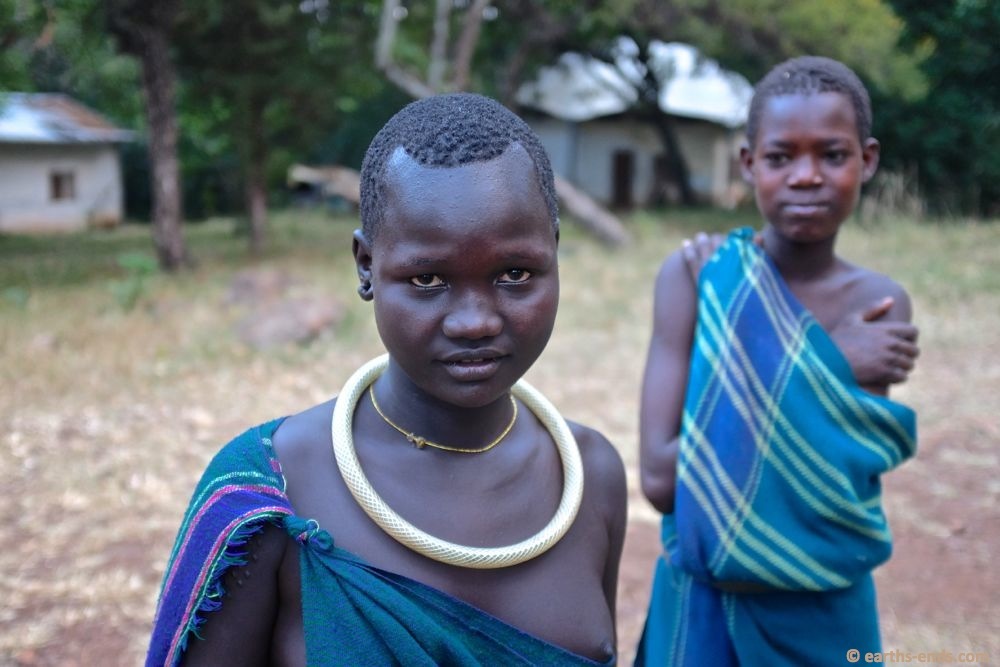
The boys were off somewhere for the afternoon meaning only the girls were about.
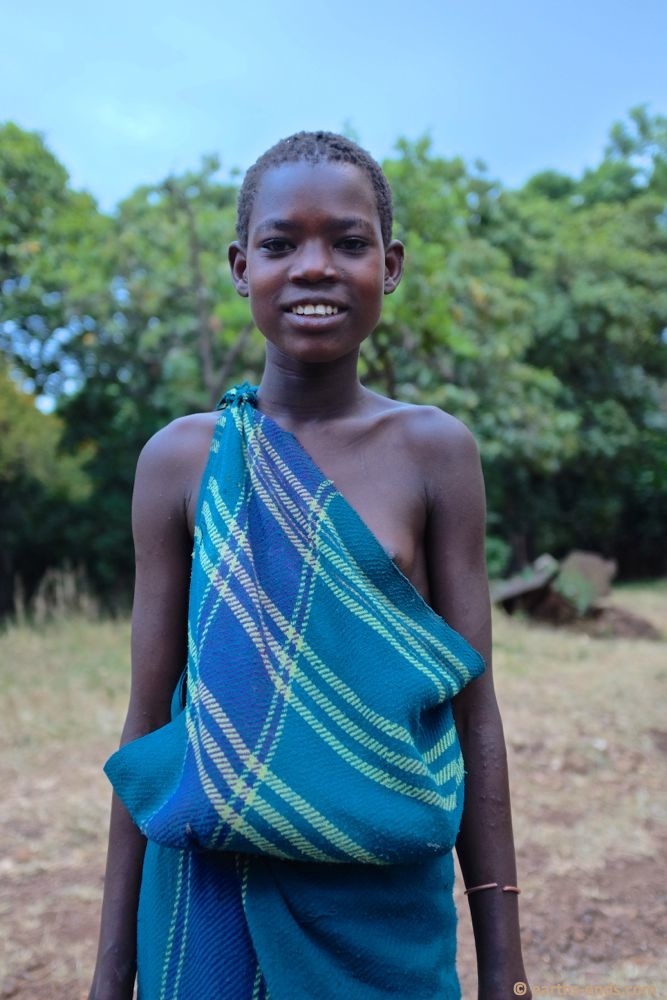
Young Suri girl. She hasn’t started ear stretching yet.
I asked them about the missionaries who lived here. Thabu mentioned they were back in the states as they had an “accident”. When I had first heard that there was a mission here, a bell had rung with a story Dick had told me down at Omorate about some missionary friends of theirs, and this “accident” story set the alarm well and truly off. Thabu said “they had an accident in their car”, to which I carefully asked “we had heard there were some missionaries somewhere out here who got shot by a man with an AK47?”
“Ah yes, it was them”
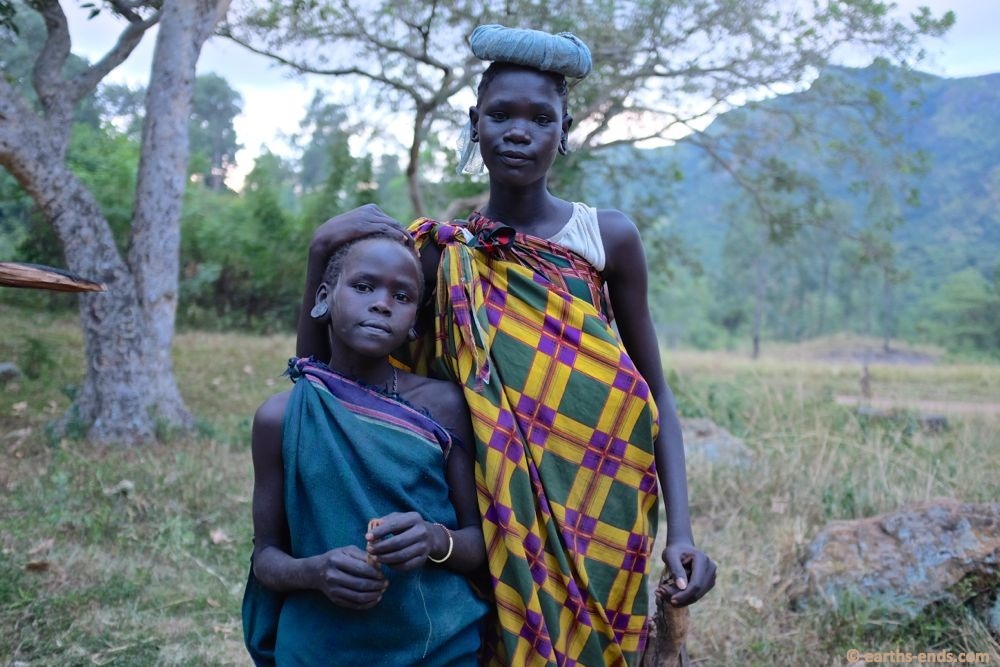
These two look like sisters.
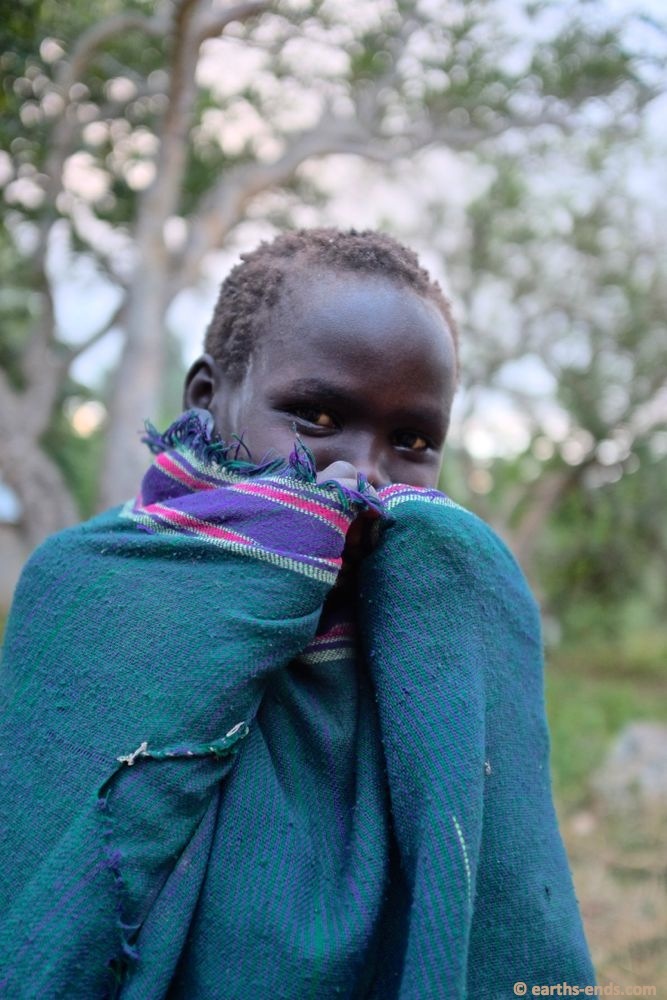
Shy like her older sister.
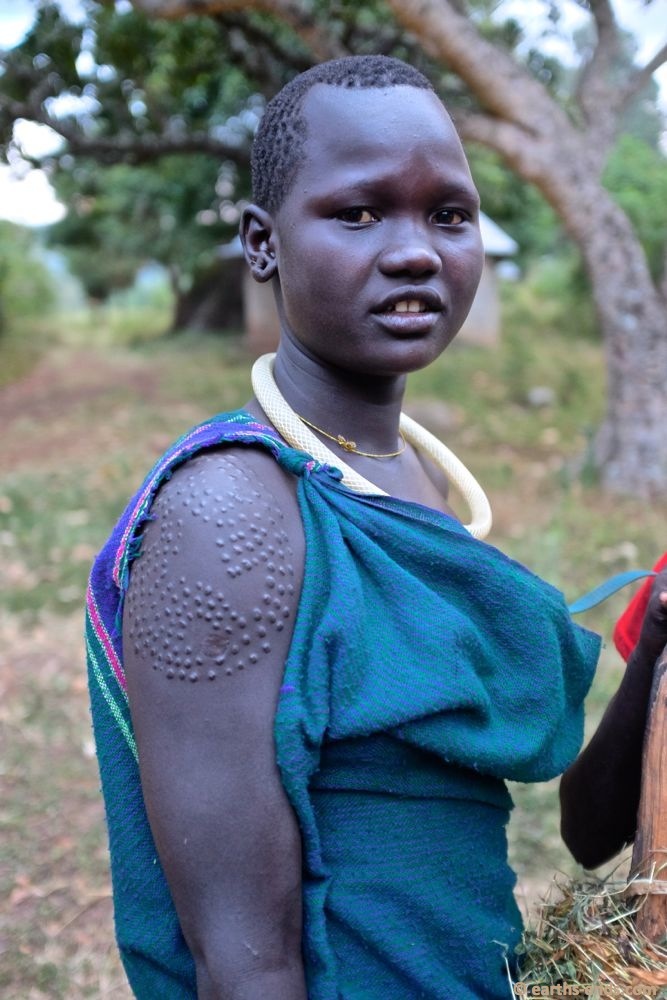
The ritual scarring was sometimes very intense.
It was a bloody sad story. The two missionaries had lived with these people for about 20 years and were loved; they educated the children and provide basic medical care. Thabu and Baka who were only about 17 had known them all their lives. They were driving near the South Sudan border looking for a new site to establish a new station when they were shot when crossing a dry riverbed. I wont go into the gory details but to say they were both extraordinarily lucky to survive. Miraculously, John stayed conscious and was somehow able to drive the vehicle back to Tulegit with significant facial injuries with his wife in the passenger seat unconscious and in a very very bad way. They were both able to get sufficient medical care and then were airlifted first to Addis, then the states where they had been for about a year receiving ongoing treatment.
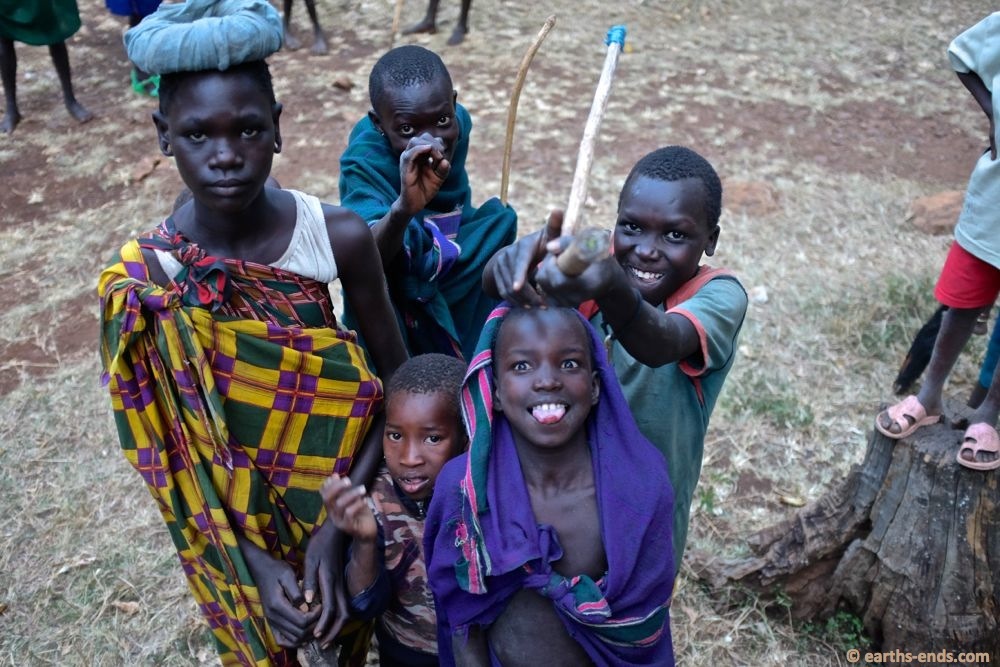
The boys turned up with these little pellet guns.
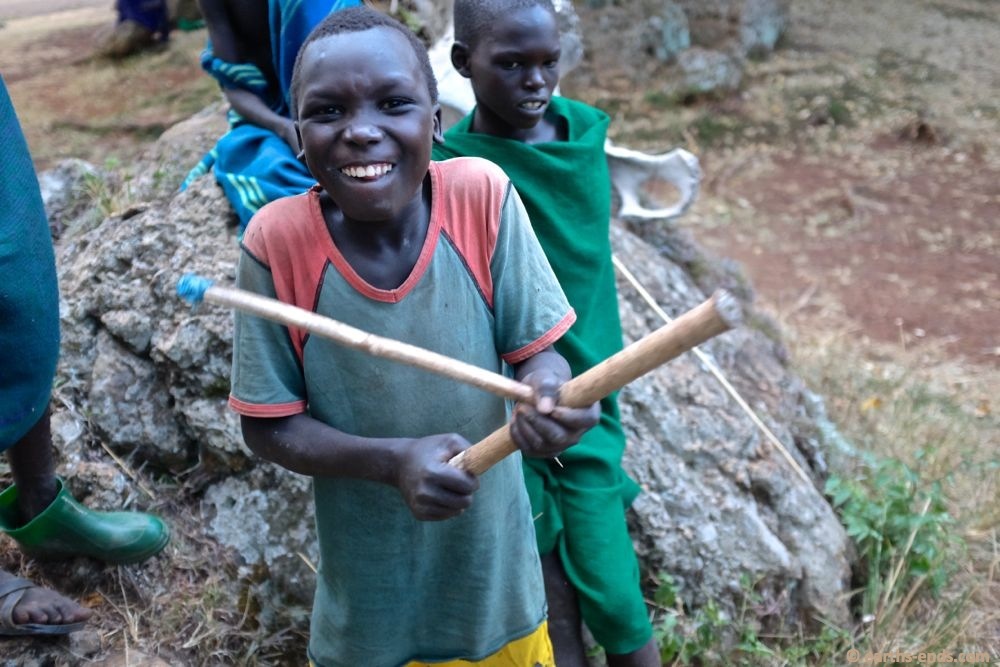
Pretty cool little device. Magazine on top, with a piston through the barrel to load it.
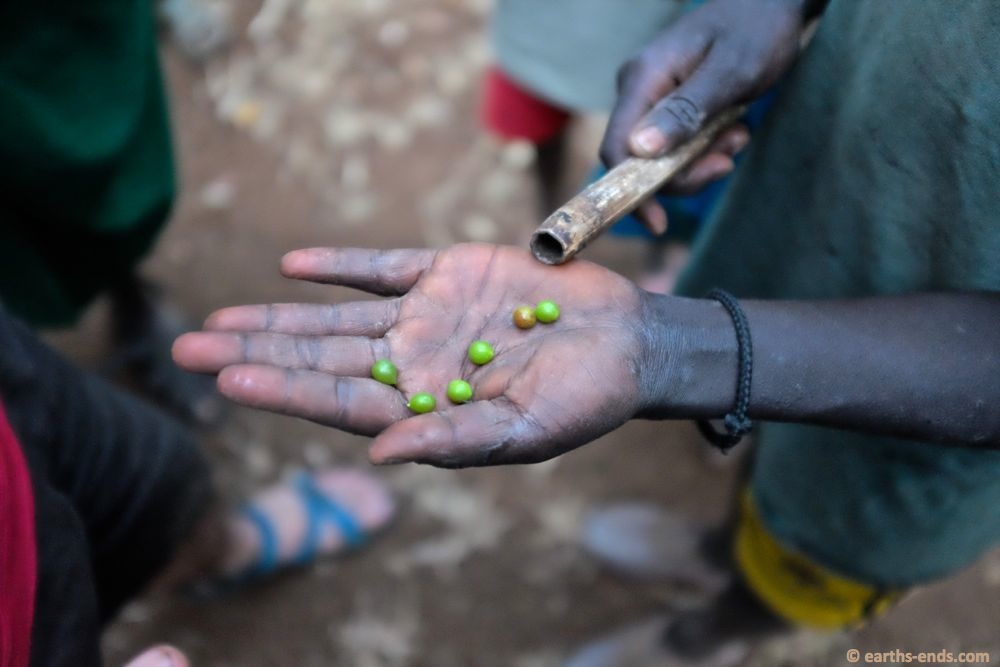
The little green seeds it shot.
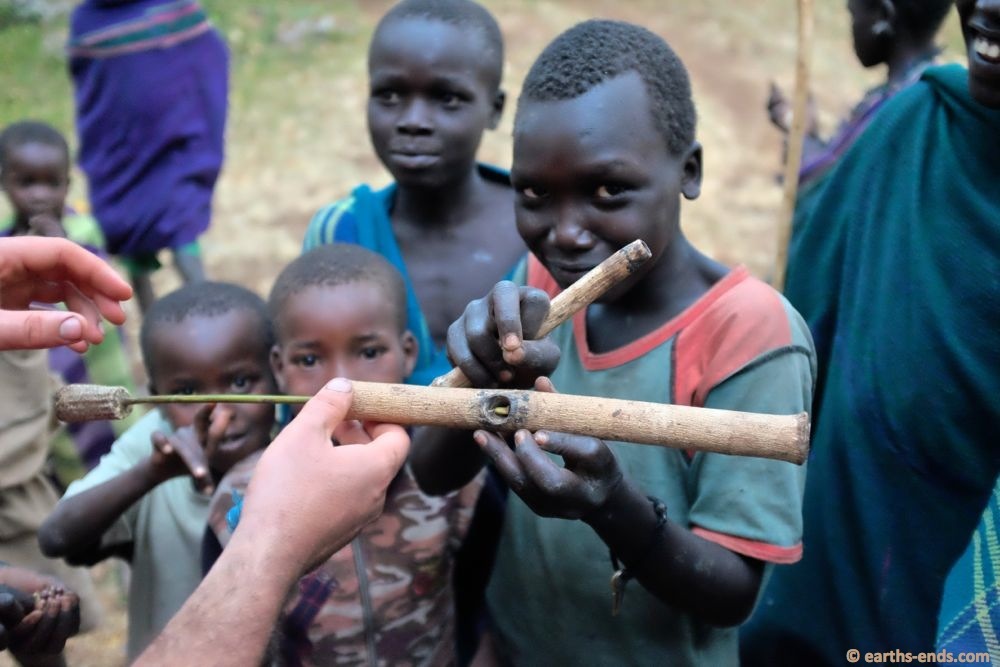
Where the magazine sits in the barrel. The handle was a maize cob and that actuated a piston that would pick up a seed from the magazine, push forward and pressurize the barrel, forcing the seed that was sitting at the end on the barrel from the previous loading to fire. The seed picked up from the magazine would then sit in the end of the barrel to be fired as the next round.
Dick had told me this story and Thabu slowly confirmed it, more or less anyway. We asked if the man who shot the missionaries had been caught, which Thabu said no. He thought the shooter was a neighbouring tribesman, probably Bume (the tribe to the south between the Suri and the Daasanach). We knew that this wasn’t actually the case; the shooter was a Suri man and soon after the incident he was hunted down by the police and shot dead. But we didn’t mention this, as it seemed like a sensitive subject. The missionaries were loved here and the thought they were shot by someone of their tribe seemed like a lot to bear.
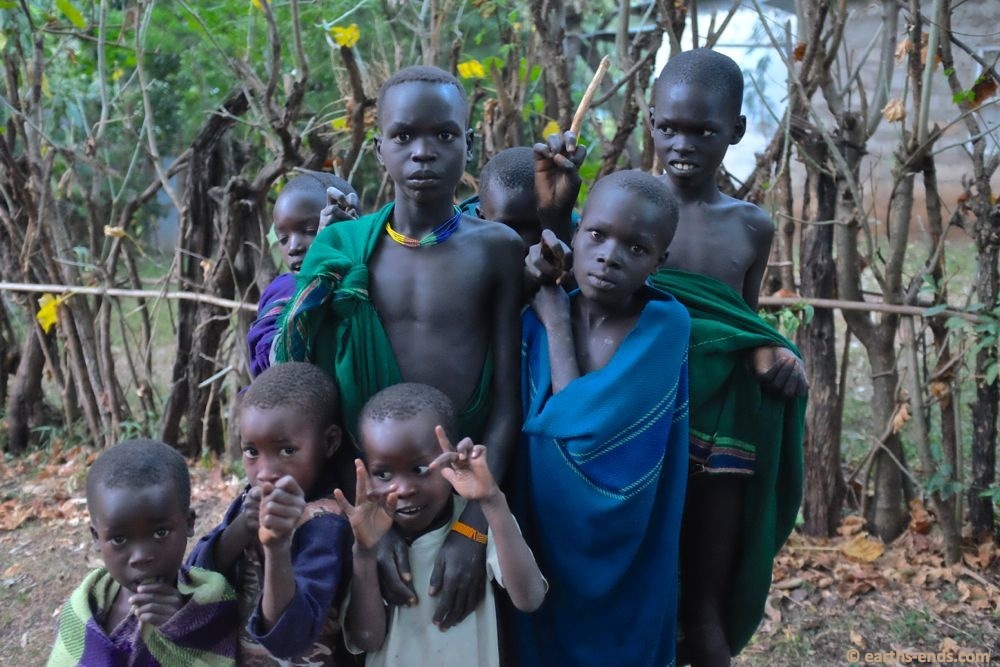
Some of the young boys. The serious one in the middle was very keen for a photo and excited until he got in front of the camera, then we would pull his serious face.

Leaving the next morning. People had heard that some foreigners were in town and came to gawk. Sadly, some had also come for medical care we couldn’t administer. The afternoon previous tan had cleaned up a very sore looking open wound on the ankle of a local boy. We gave him some antibiotics and latter learned it was probably an anthrax infection. The next morning there were people with Malaria and other maladies, which we simply were not set up to treat.
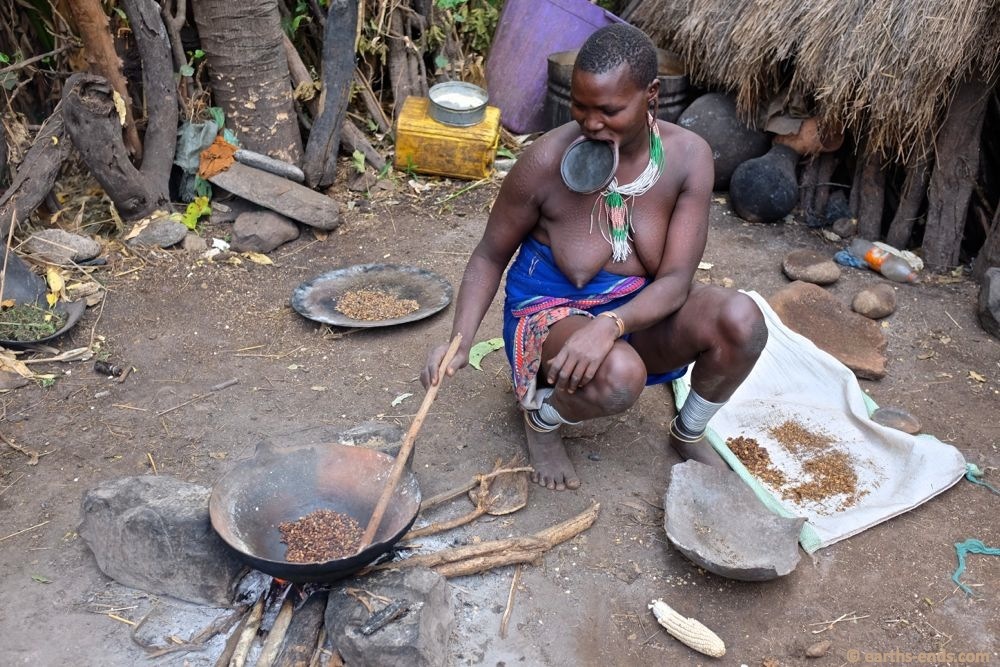
We asked Baka if there were might be local lady with a really big lip plate we could meet. He said “sure, my mum”. This is Baka’s mum roasting coffee. She has amazing scarring on her chest and arms.
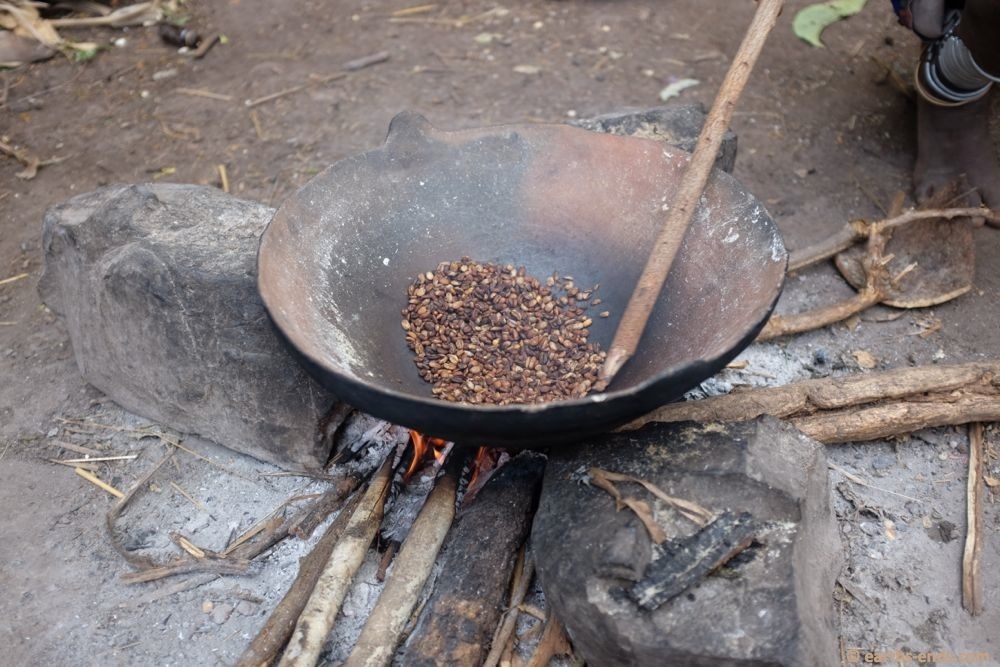
The coffee smelt AWESOME!
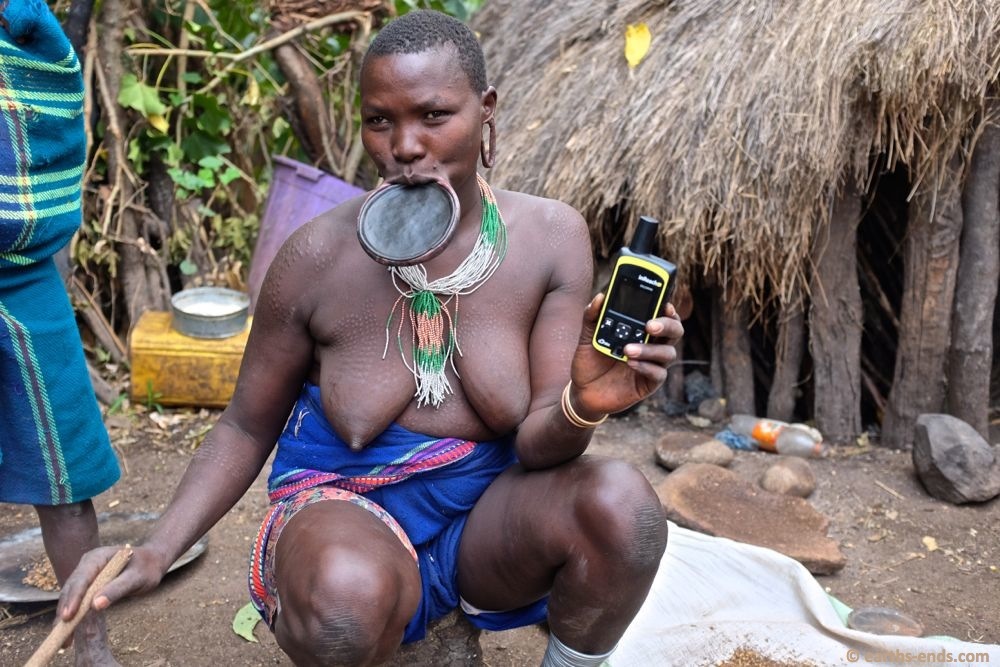
We had been having problems with our InReach for months and were getting nothing but terrible service from the South African distributer and also the American parent company. Our device was coming up with error messages and Delorme didn’t want to hear about it, because we were outside our country of purchase we were on our own, even though we initially reported the problem when we were in the country of purchase. We had our emails reporting the issue, but were ignored then given poor advice; hence the stand off. So we decided we were going to start social media shaming them “here is you malfunctioning device in the Omo Valley”. Thankfully we came to an agreement with them and we got a replacement device before we had to go through with our plan, but the photo is interesting nonetheless. One lesson though, don’t expect help from DeLorme if you are outside your home country.
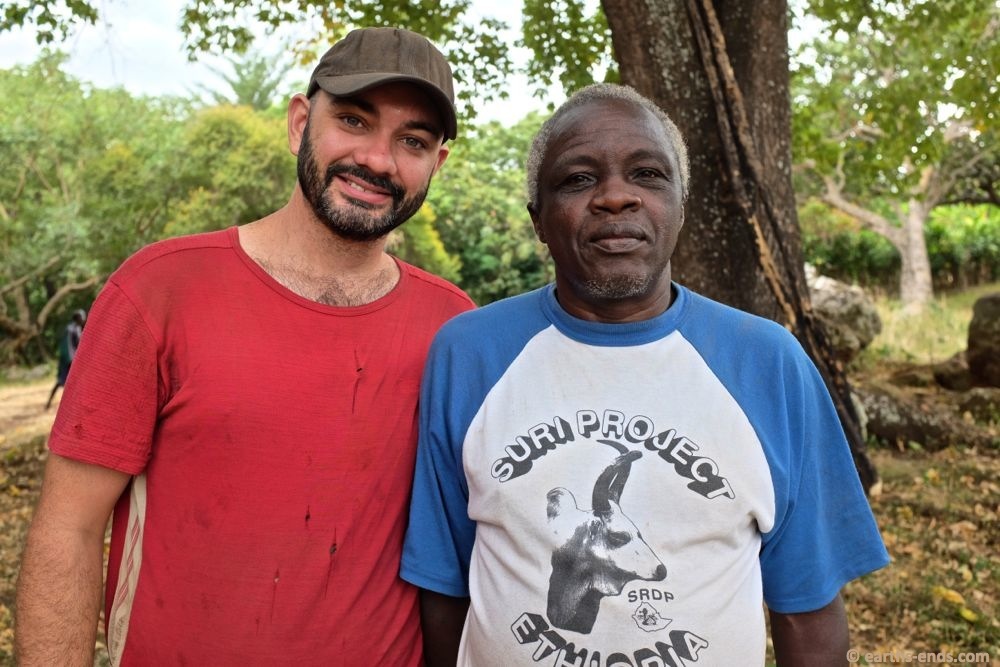
This is Thabu’s dad. He was a super interesting fella to talk to. He spoke wonderful English and that made a lot of sense when he revealed he was originally from Uganda. During the nineties during the war between Museveni and the Lords Resistance Army, he fled to Sudan to escape the violence. He nearly died of dehydration but headed north towards the mountains where he saw clouds and rain forming. He figured, where there is rain there are people. So he crossed the mountains and ended up with the Suri, married a Suri woman and stayed.
We asked if there was food we could buy and Baka came back with some scrambled eggs and fresh baked bread that his mum had cooked for us. She wouldn’t take any money, which was very humbling. I was simple but very tasty and we went to bed swimming in thoughts yet very contented.

Cool hairdoo…
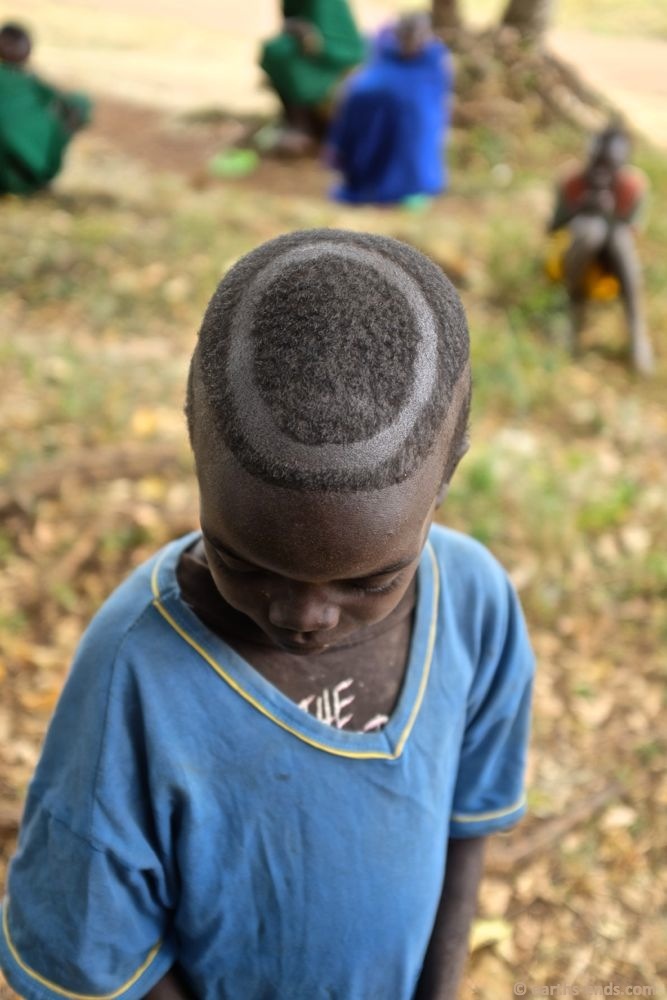
Check it out, might take off in Europe one day.
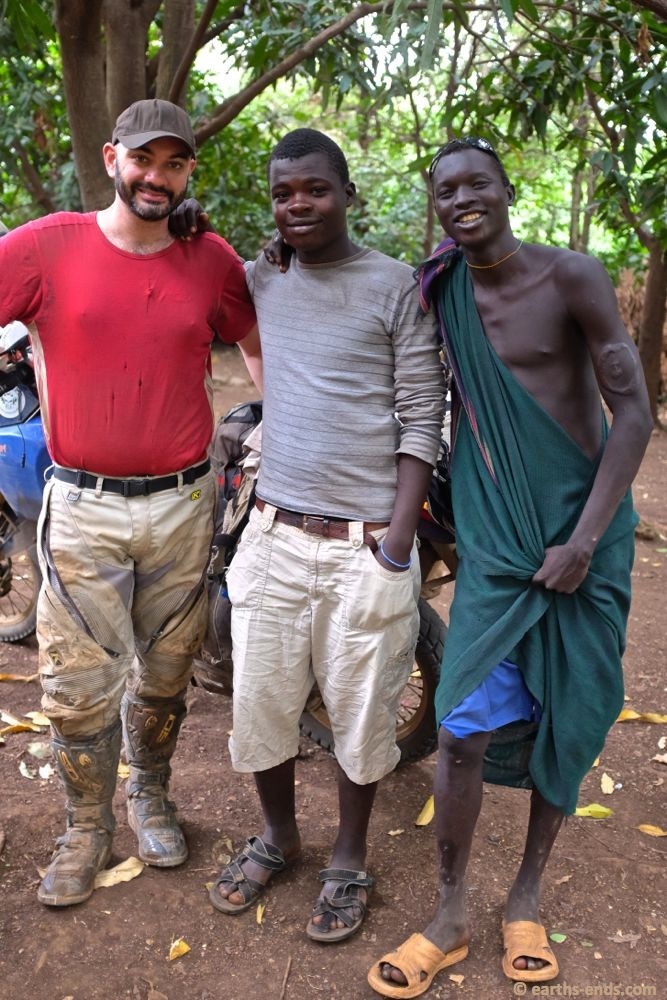
Saying good bye to Thabu and Baka. That keloid scar on Baka’s left arm – he did it himself…
A quick note on safety in the West Omo Valley:
This is a pretty unstable part of the world. In addition to local tribes being in a pretty continuous state of war with their neighbours, with skirmishes a regular occurrence (especially related to cattle rustling), there is a real war going on just over the border in South Sudan.
In April 2016 (about 7 months after our ride), an armed incursion from South Sudan by the Murle people resulted in over 200 deaths near Gambella, which is about 100kms west of our route (see map). Tribal war is real, its not just a few chat chewing dudes shooting at each other with worn out weapons over a couple scrawny cows. Serious sporadic violence in this region is ongoing, especially near the South Sudan border.
An incident like the one with the missionaries being shot is unlikely, but very possible in this environment. Gun ownership here is huge, they are everywhere (even though we don’t post photos as such, the fact is mostly we don’t take photos of men with weapons to avoid any sort confrontation), and it only takes one disaffected local to result in an event like this one. Thankfully both survived, but it was a close run thing.
We were aware of all these facts and decided to do the route as we had reliable and up to date local knowledge from Dick. When we did it, the route was perfectly safe. At the time of reading, it may not be. Africa changes on a dime. This region especially so. If you’re reading this and thinking it looks like fun and you might just go, get up to date security info from someone local and reliable before you depart. This is a crazy and amazingly interesting part of the world but not a place to just “go explore”.

Blog 53 by Mick: Mud and Soap Operas
Debark, our home for the evening, is the gateway to the Simien Mountains and is set up as a tourist town with plenty of cheap hotels and tourist guiding services of variable looking quality, it seemed all of whom had found us in our hotel during the previous 18 hours and offered us tours up to the NP for silly sums of money. The weather was cloudy but dry so we decided to try our luck sans guide and head up to the NP and ride around ourselves.
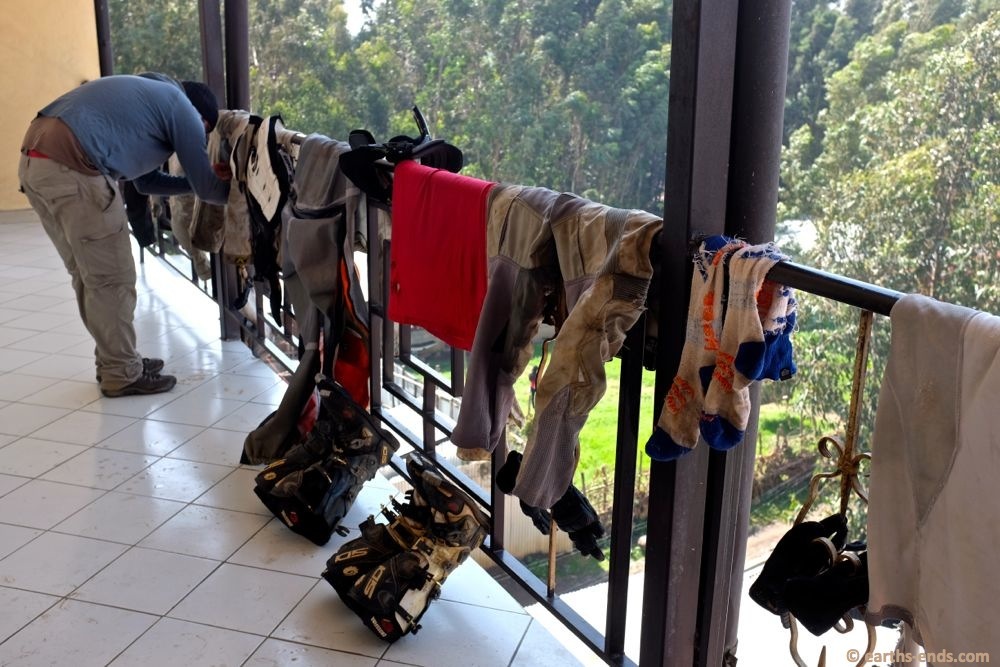
Continuing the drying process in the morning before leaving. We had been stubborn the afternoon previous in resisting getting into our wets in the hope the weather would clear up around the next bend. It didn’t, in fact it did the exact opposite. And we got really quite wet before conceding defeat.

Our cheap hotel for the evening: “The Unique Land Scap Hotel”. How could we not stay there with a name like that!
Our stuff was a little drier from the day before when we hit the road that morning. It was a fun ride on the slippery roads as we ascended, however as we approached the main gate to the park the clouds rolled in and we found ourselves in heavy mist with 50m of visibility at best. The gate is at about 3100m asl and the tracks through mountains in the NP rise to over 1000m above that, but with the mist we couldn’t see a thing and figured with the altitude it probably wouldn’t get any better. So with that, we admitted we had been bested by the wet season and decided to turn around and move on.

Looking ominous. As we rode higher the clouds got closer and closer until at the NP gates we couldn’t see a thing.

On the way back down. First views of the valley just below the cloud line.
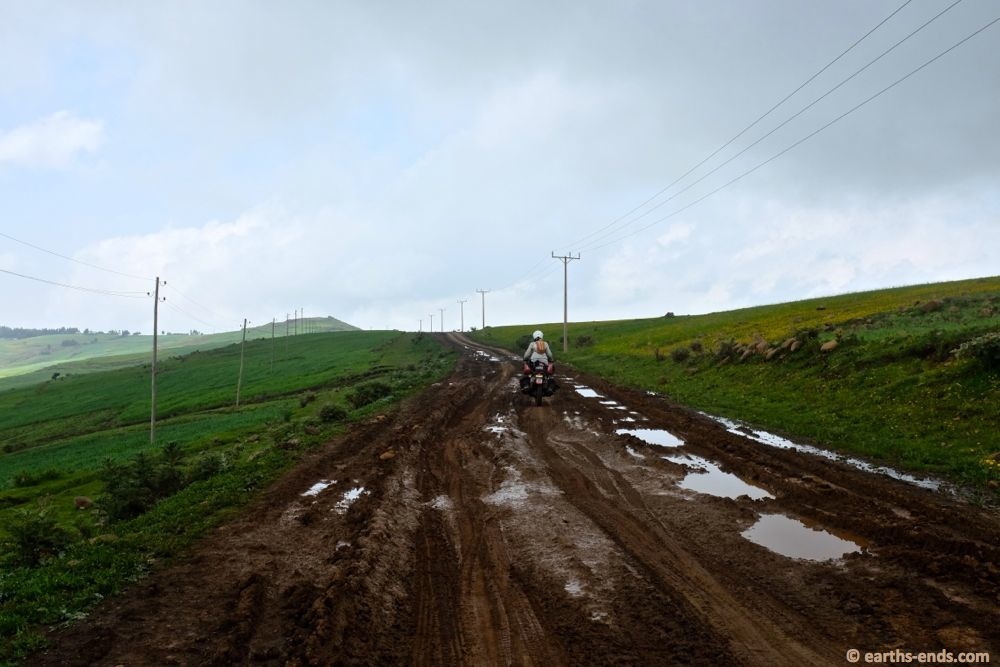
We had to be easy on the throttle with our rapidly wearing Golden Tyre GT201’s on the mud. Granted, the tyre offered far more grip than the pretty poxy looking tread pattern suggested, but they just wore out so so quick. They were useless off-road after 6000kms and we threw them away at 8500km basically bald. Rubbish for a supposed 50/50 tyre.

You can see the road down there we were about to ride heading back down to Debark.
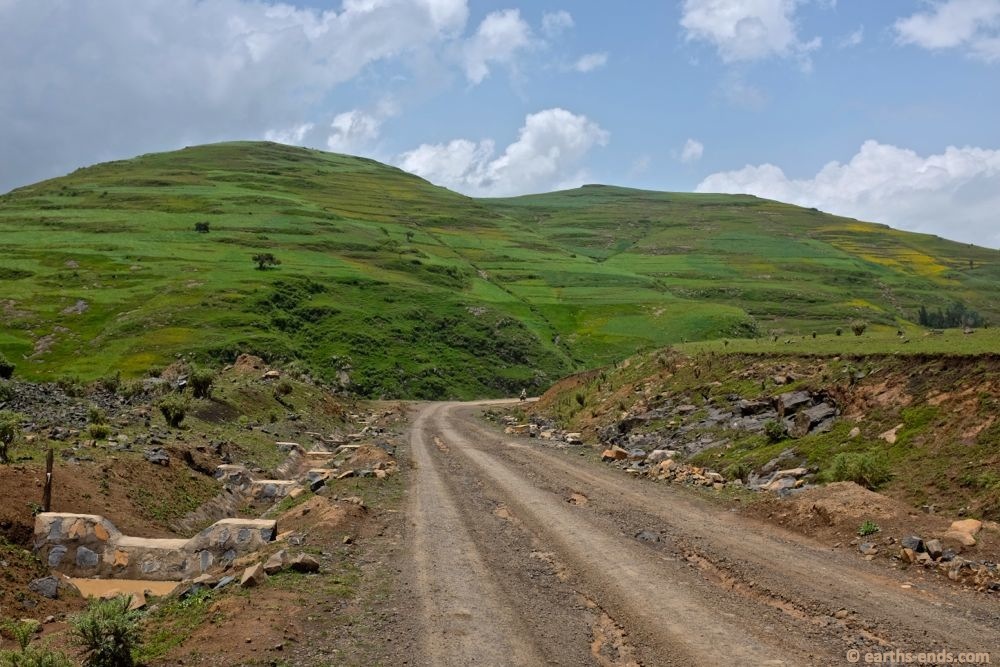
Only 350m vertically below the NP gate but the sun was shining and it was warmer. Much more pleasant.
So we rode south to the city of Gondar. We made it there in good time and pulled up at a well located hotel in the main square to take advantage of their nice looking restaurant and convenient parking. We had originally planned to quickly visit the castles of Gondar then zip out of town and find a quieter (and cheaper) place to spend the night. But we were liking the look of the place so resolved to spend the night and be proper tourists for the rest of the day. In the general theme of travelling in Ethiopia we easily found a nice, cheap hotel to stay where we set out the last of our damp clothes before going to check out the castles.

A great thing to do in Ethiopia – drink local coffee. Fresh, strong and cheap. Awesome.

After finding a hotel we walked to the castles and grabbed a street snack on the way. Street food in Ethiopia is generally good and always cheap if a little risky in the sanitary department.
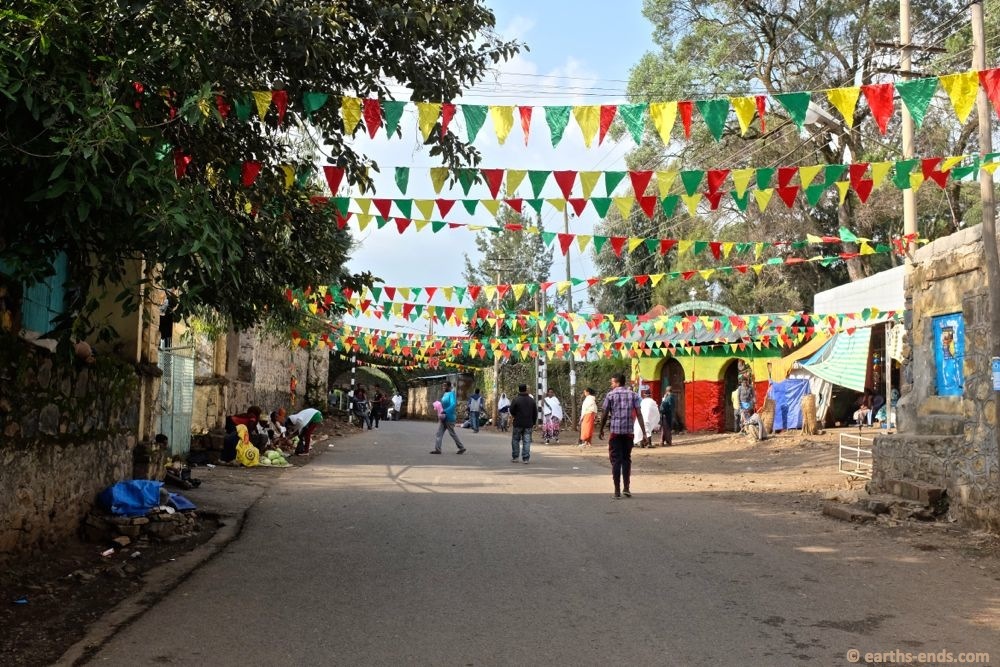
Old streets of Gondar.
The entrance cost was damn steep at 200 birr (USD10 each, an utter shite load considering our quite decent hotel room cost that for both of us) and we passed on the guide when they wanted a crazy sum of money for an hours worth of reciting info we could later find on wikipedia for free. So like the quickly embittering tourists we were, we went in alone.

Fasilides’ Castle, pretty impressive from the outside. And inside too.
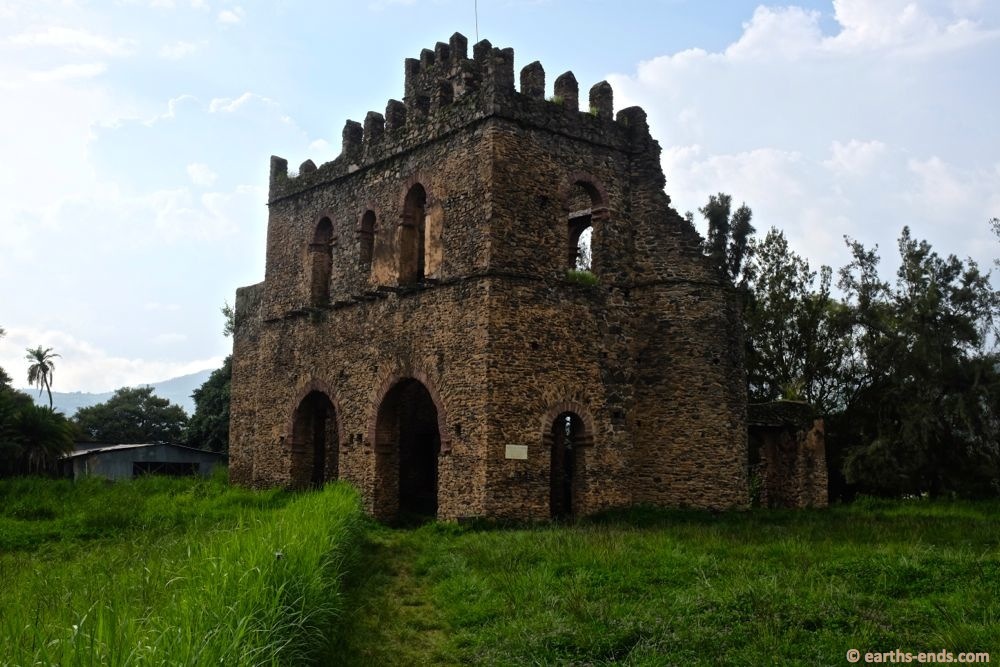
A castle peeking out through the lawn
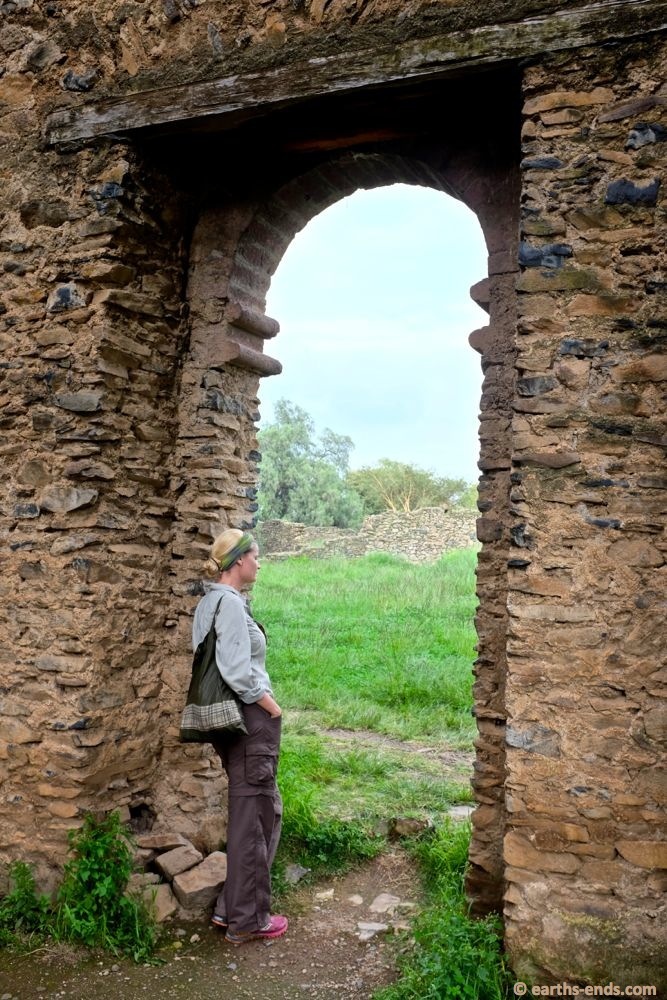
So dreamy…
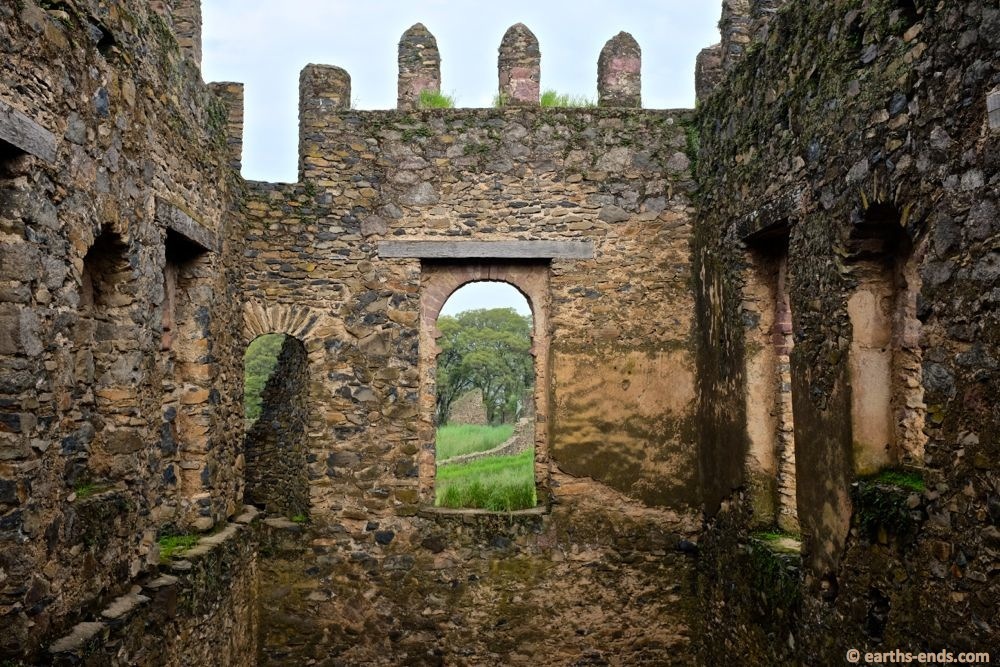
Dawit the Third’s hall. It finally lost its roof about 60 years ago.
The castle complex, or Fasil Ghebbi (royal enclosure), is all that remains of a fortress city within Gondar, which was the capital of Ethiopia during the Solomonic Period in the 17th and 18th century. It became a UNESCO World Heritage Site in 1979. The complex covers about 7 hectares and includes castles for Fasilides, Iyasu I (Joshua the 1st), Dawit III (David the 3rd), and Empress Mentewab, a banqueting hall, stables, a chancellery, library and three churches. Sadly there was no gardening shed as the lawns were seriously in need of a mow.
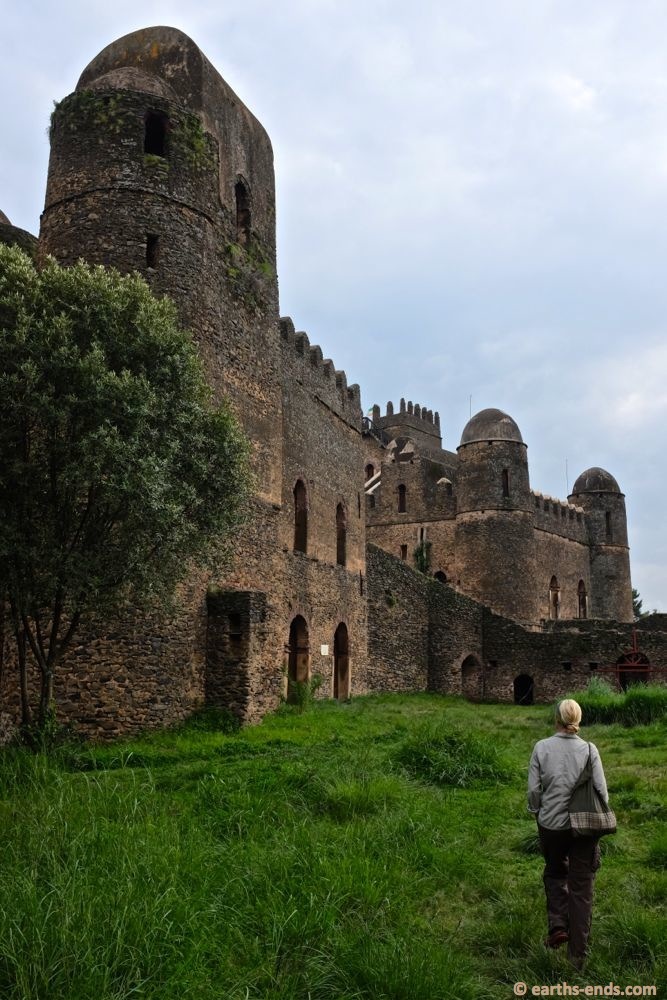
That is Iyasu the First’s castle on the left.
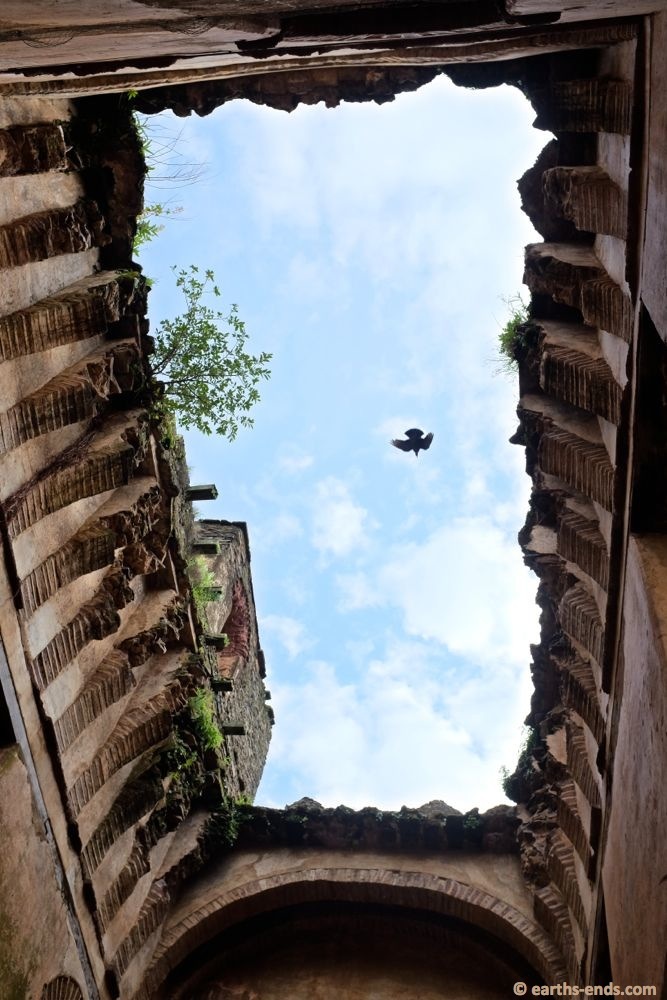
Dark wings, dark words…
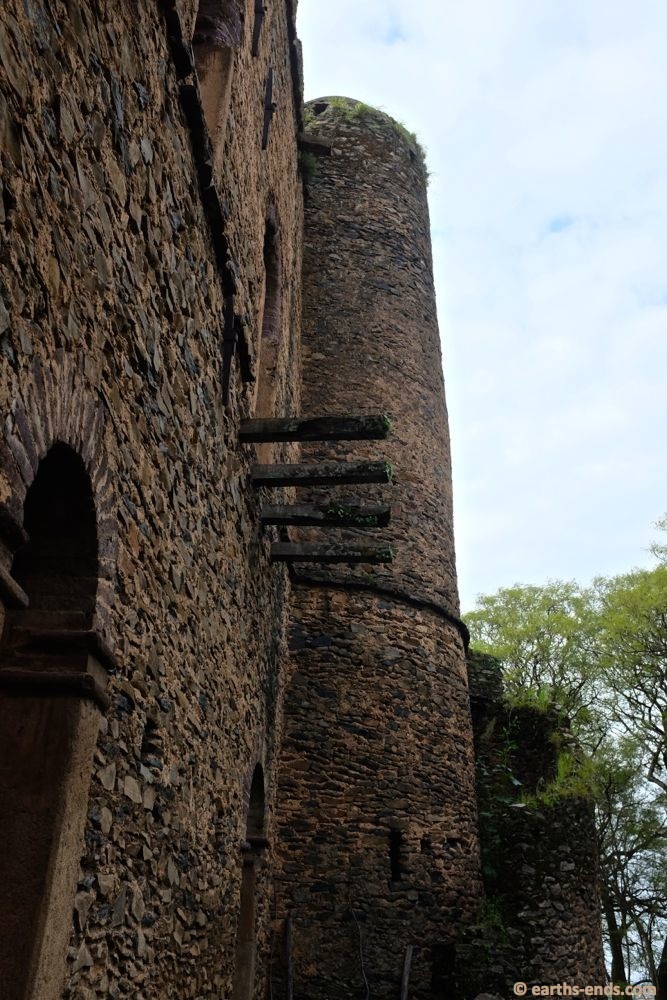
The back of Iyasu’s Castle. There must have been a deck here at some stage.
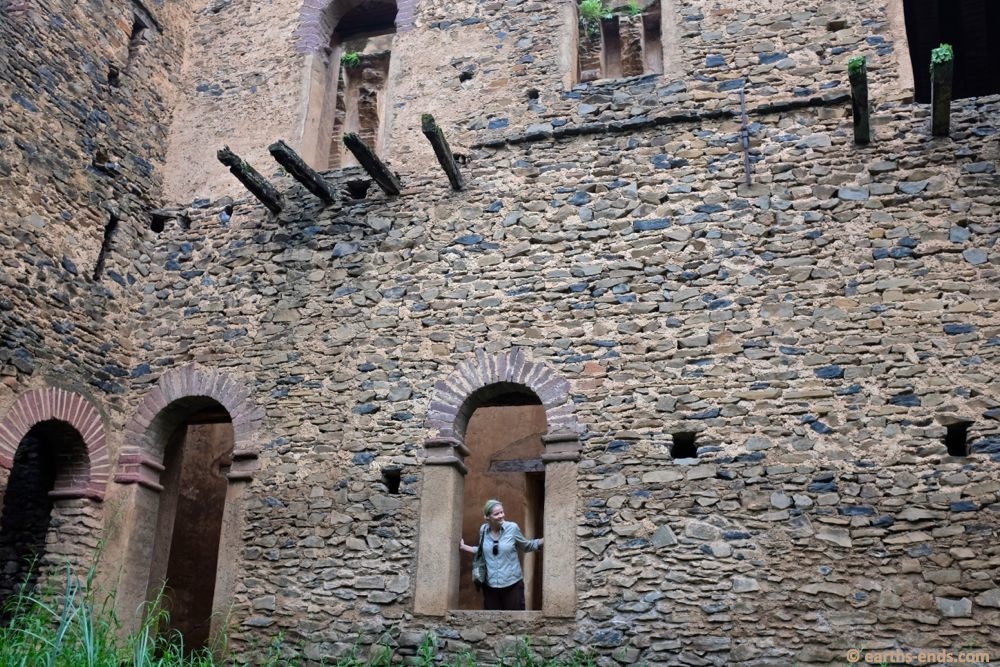
Tanya liked wondering around these castles and thought she might like to be Rapunzel, except for the whole bit about being ‘imprisoned in the castle tower’. The hair sounded like a crazy amount of maintenance too so she stuck to the first floor just in case.
Tan was thoroughly impressed as she had never seen anything like this before, and I’ve got to admit seeing these unmistakably European inspired constructions juxtaposed against an equally unmistakable African backdrop was a mind-trip. However it is not something I’ll be lining up to do a second time.
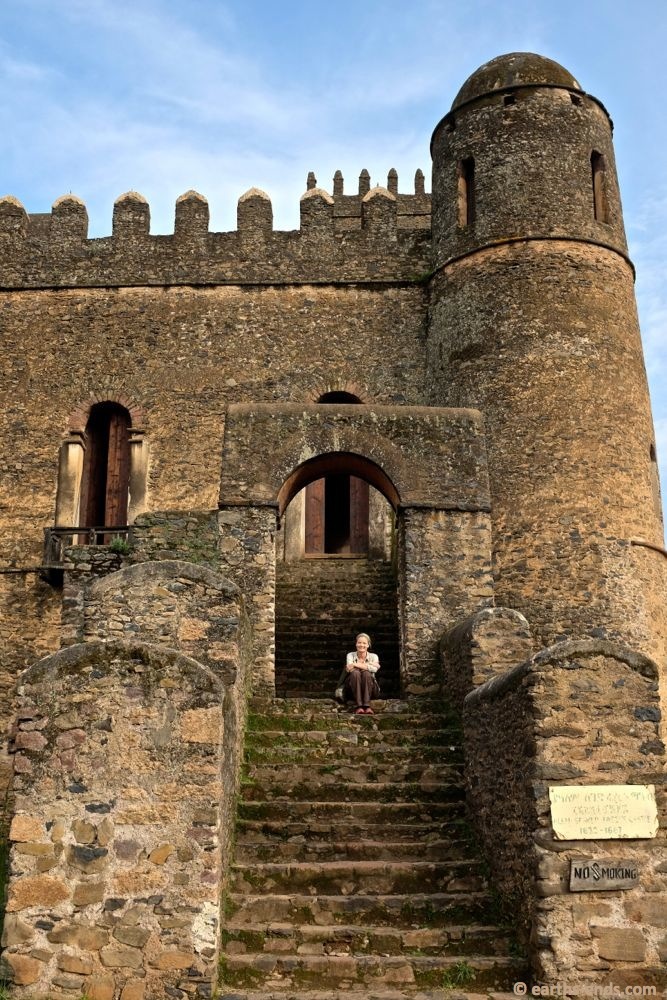
Tan on the stairway to Fasilides’ Castle. Tan’s Caption: I made an awesome suggestion of acting out our favourite scenes from Downton Abbey. Mick’s unenthusiastic response; Surly and unimpressed… so Mr Carson.

On the inside, still in pretty decent condition
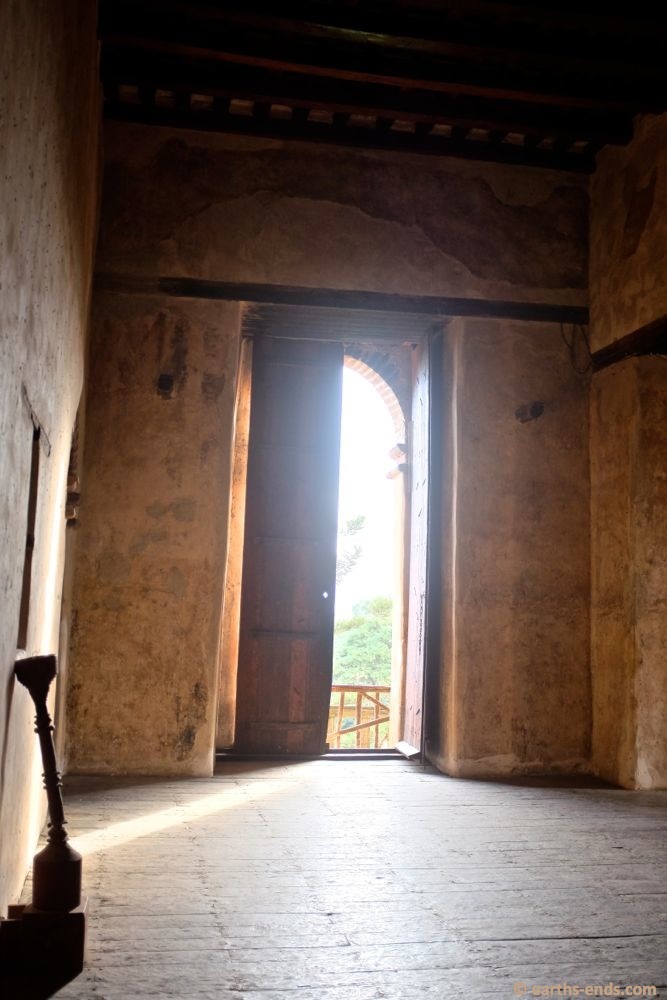
Getting arty with the camera
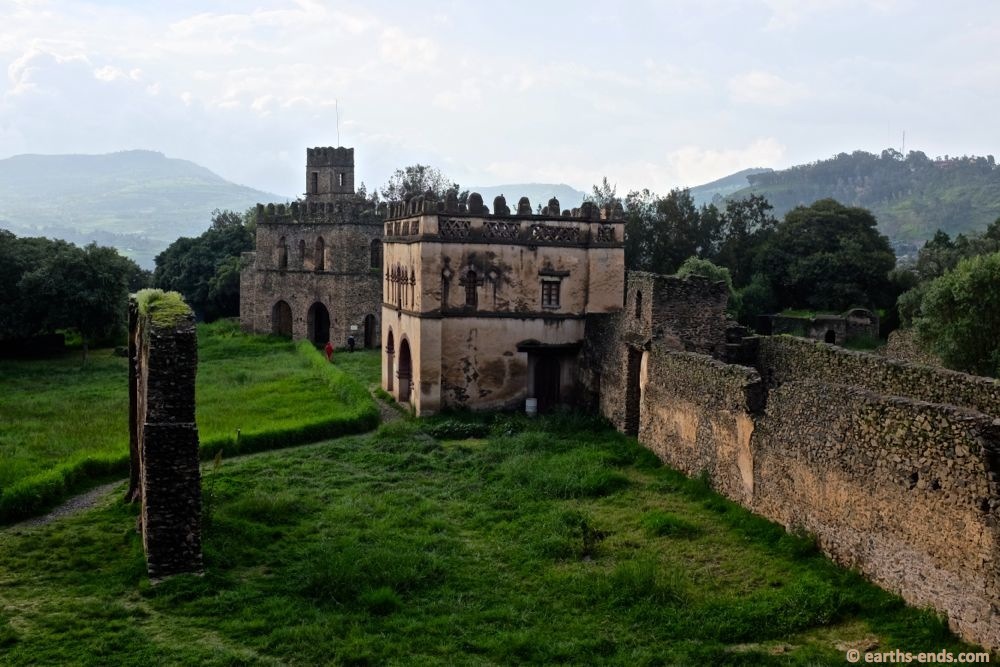
Last shot, time to go
Like the majority of this part of Ethiopia, there were a few interesting churches about and we decided to invest a bit of time and visit Debre Birhan Selessie Church on the outskirts of Gondar before heading south in the morning. The Church was built during the reign of King Iyasu I between 1682 and 1706AD, and is famous for its amazing artwork, including its angel covered ceilings. All I can say is it was well worth the visit. The scenes depicted there were varied and in great condition, and the priest was very happy to see us and show us around.

A cool little café in Gondar, there are plenty of these little places about but it’s a bit of a mixed bag whether there might be a menu in English or not. This one didn’t, so we pointed to what other people had and were thankful “macchiato” was universally understood.
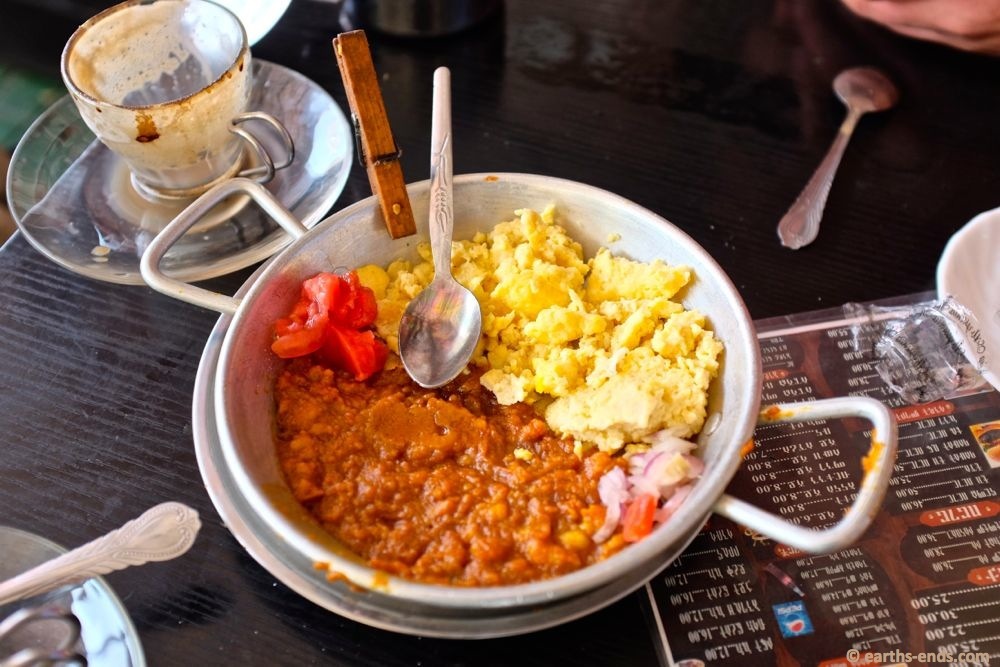
What we ended up with. Super tasty.
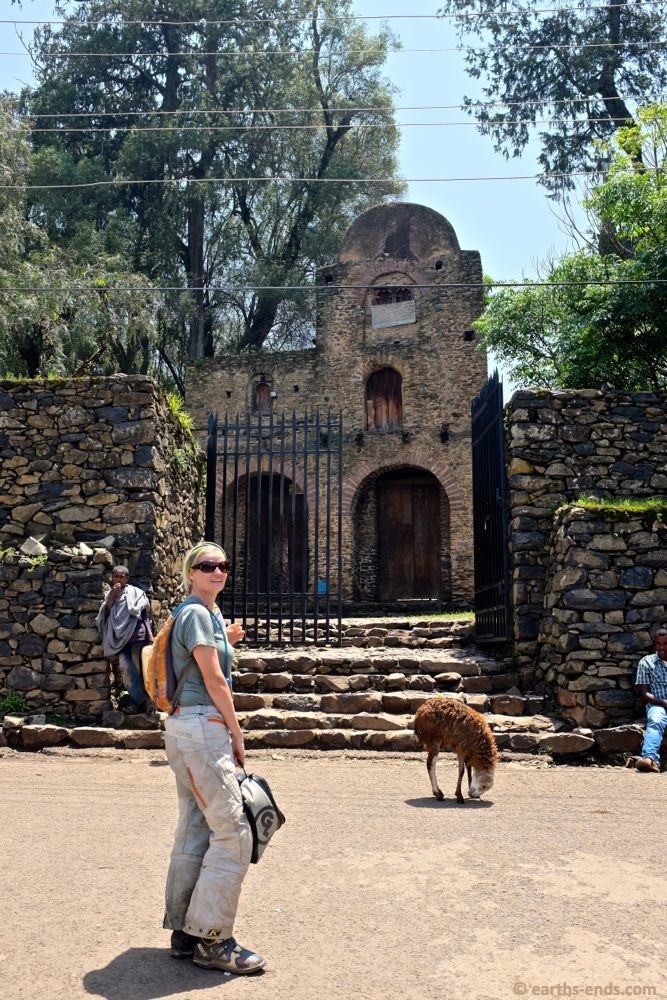
Outside the church, in true Ethiopian style there was livestock just milling around
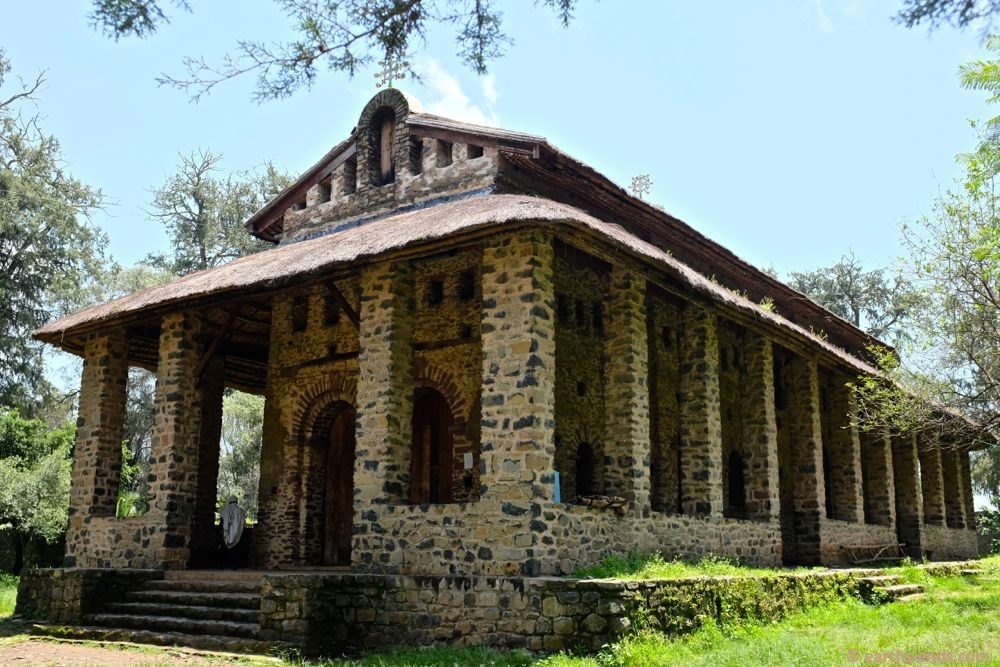
The Debre Birhan Selessie Church, impressive enough from the outside but lacking in the gob-smacking grandeur of the rock hewn churches of Tigray and Lalibela, but it wasn’t for the outside that we came…

Boots off. I think the priest may have regretted this request once it was done…

Inside. And here is the gob-smacking bit…

The intricacy of the artwork was astounding.

Doing my best to try and take it all in but just being blown away.
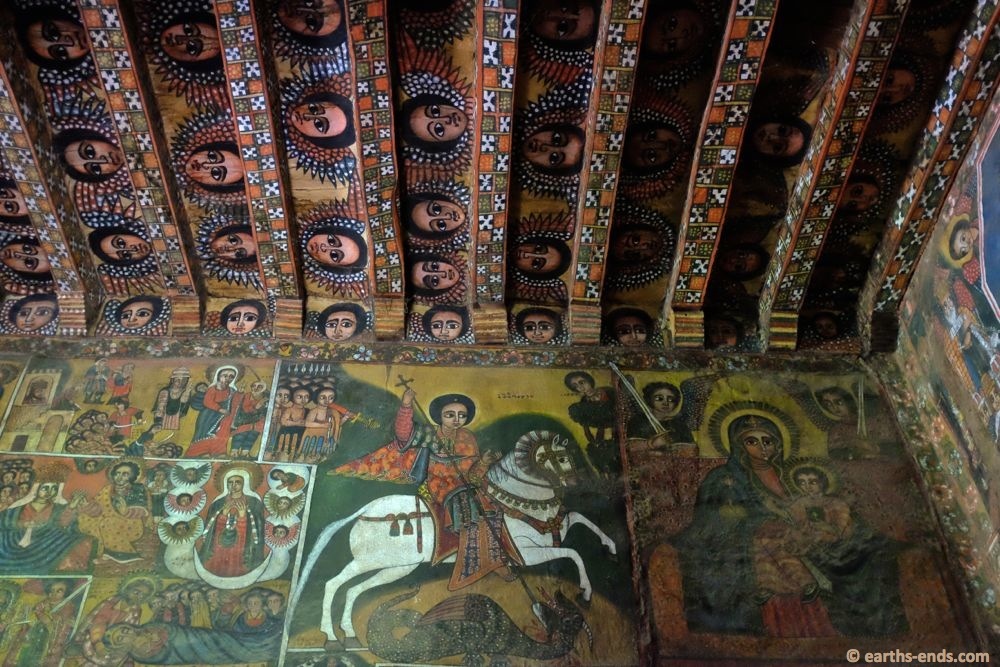
Saint George is a popular figure in Ethiopian Orthodoxy and is always recognisable.
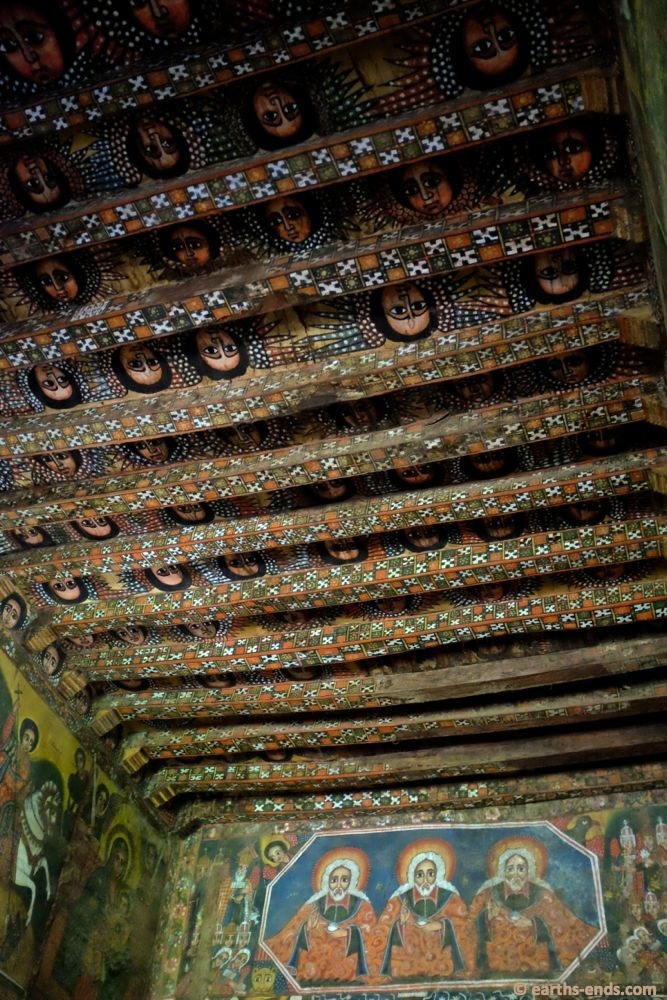
Check out the ceiling…
We did our usual dance with the service stations trying to find somewhere with petrol and were finally directed to one with a tuk-tuk line a mile long. Thankfully they saw we were tourists and let us jump the queue – thanks guys. See, Ethiopia ain’t all bad.
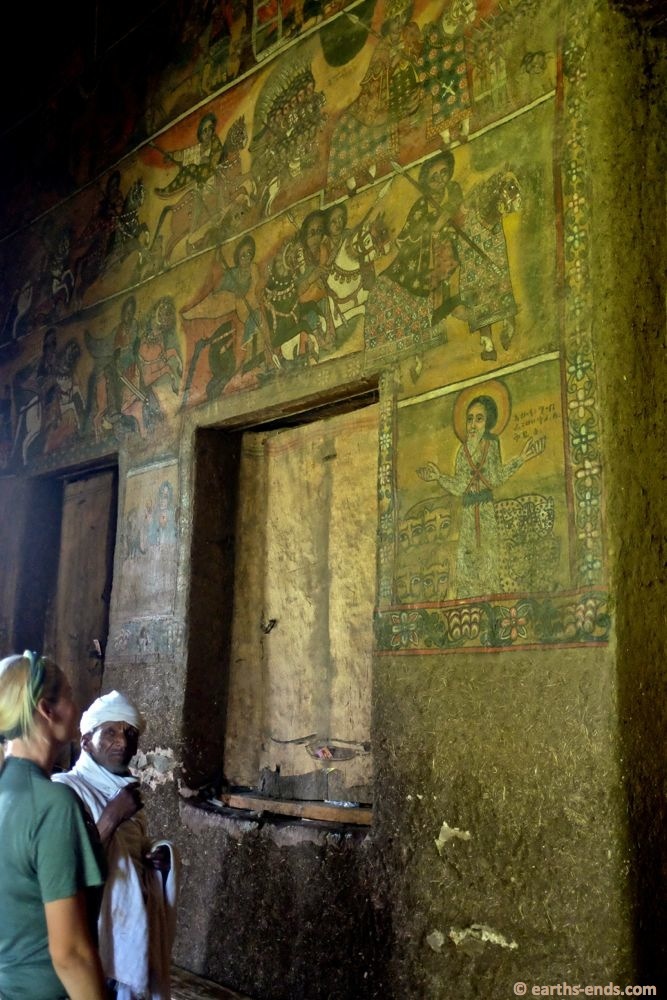
Here is Tan doing her best to understand the priest. Thankfully a lot of the names even in Amharic we could understand and we could work out to an extent who was who. It got complex though as there were depictions of a number of Ethiopian Saints who we simply did not know. We nodded knowingly nonetheless.

Amazing ceiling. Just amazing.

We spent a good half and hour, maybe more just soaking it all up.
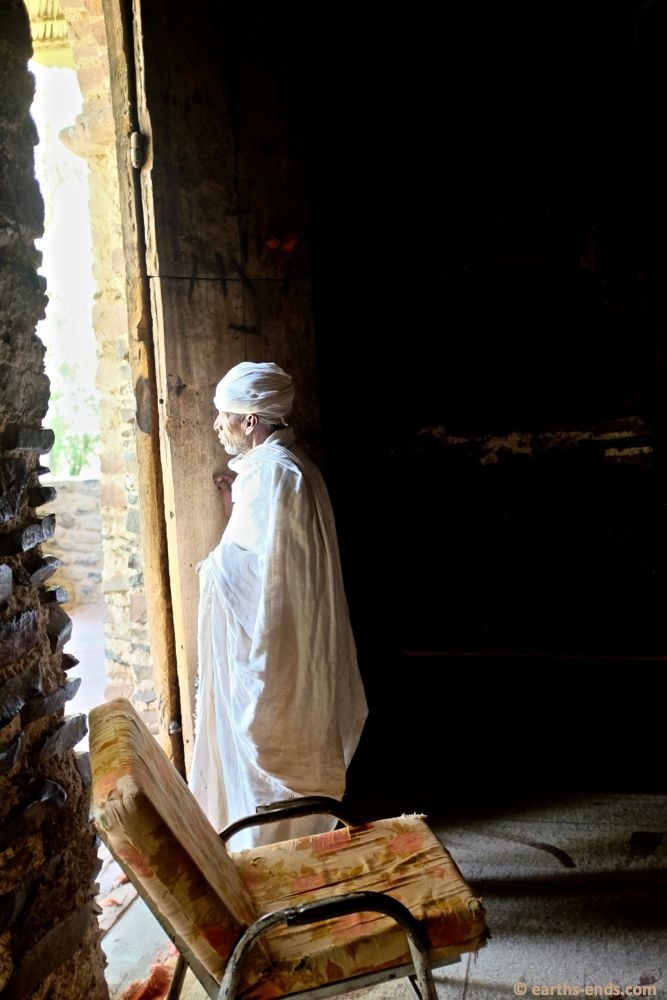
Thankfully the priest was patient.
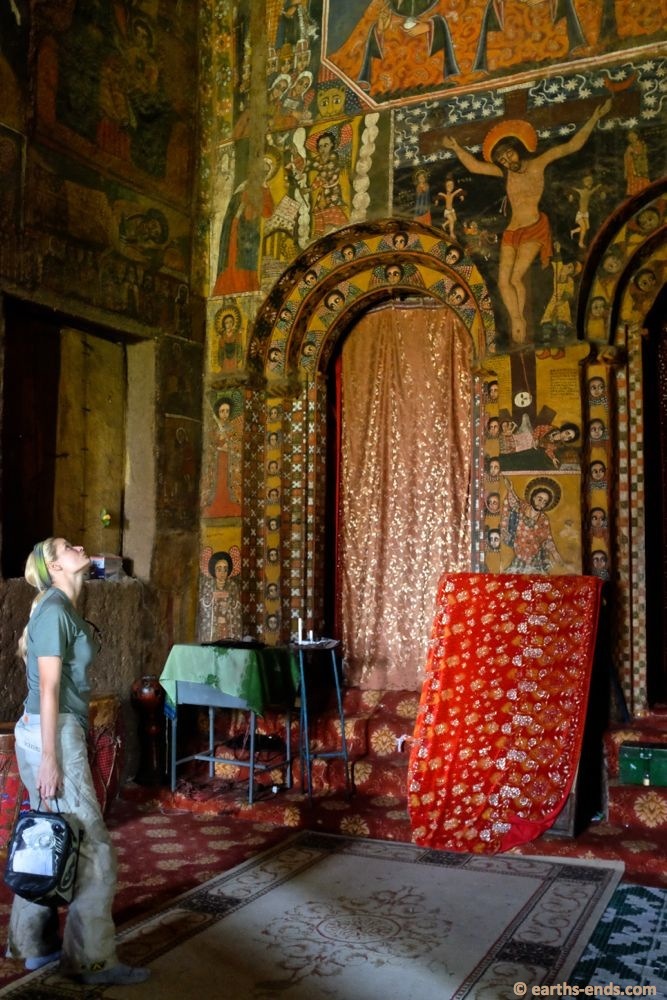
I cant quite remember what we paid to get in but it was quite modest and worth the money.

Burning Christians.

Shame about the poor photo but I thought the depiction of Satan down in hell with his crazy smile was worth a share.
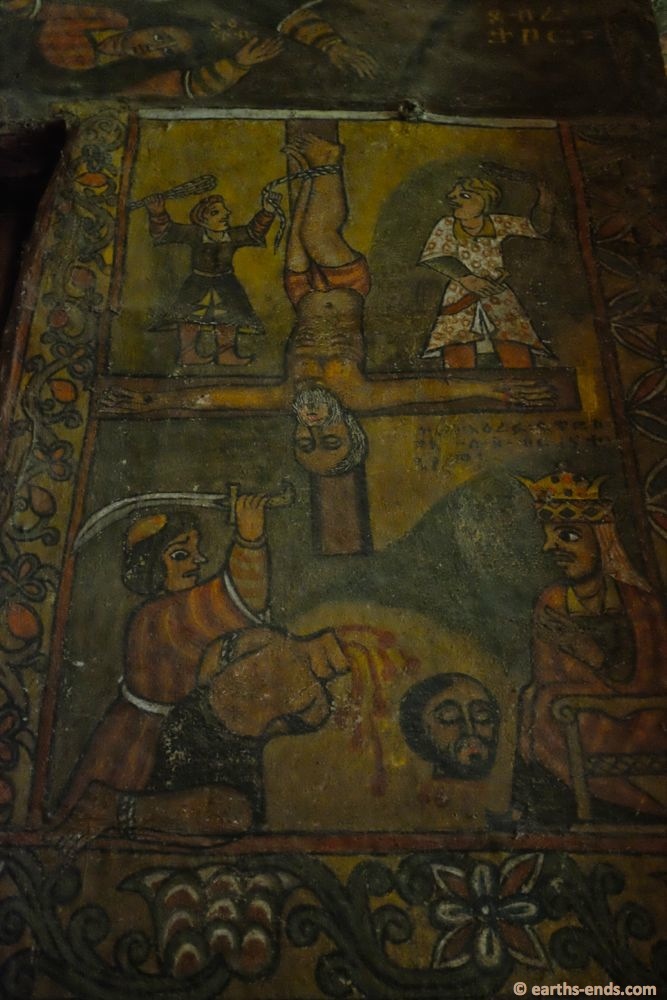
Some of the scenes were a bit gruesome.

Not sure what exactly is going on here…
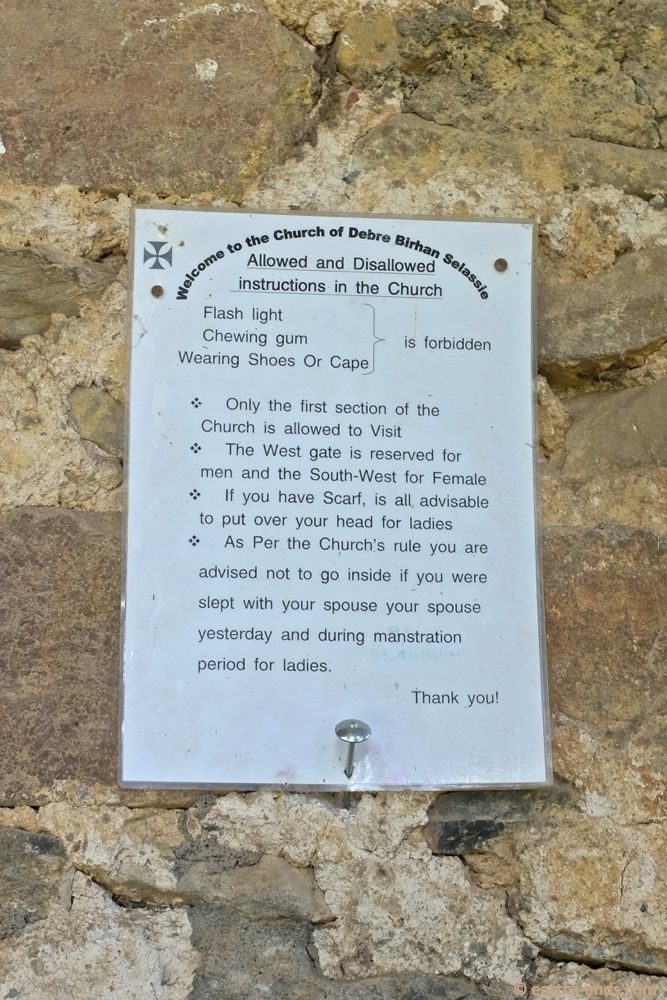
Thought this was interesting.
It was only 190kms down the tar to Bahir Dar, another famous tourist town of Ethiopia sited on the shore of Lake Tana, the source of the Blue Nile. We arrived mid-afternoon and set to some administration work – sorting visas for Kenya. Kenya had very recently changed its visa-on-arrival laws meaning we had to pre-apply online. So we snuck into the fanciest looking hotel we could find on the shore of the lake, ordered a coffee and “oh, could we have the wifi code please?” This new law of visa pre-approval had only been in action for a few days when we applied and it was such a disaster that by the time we crossed the border a week and a half later Kenya had already scrapped it and gone back to the old system.
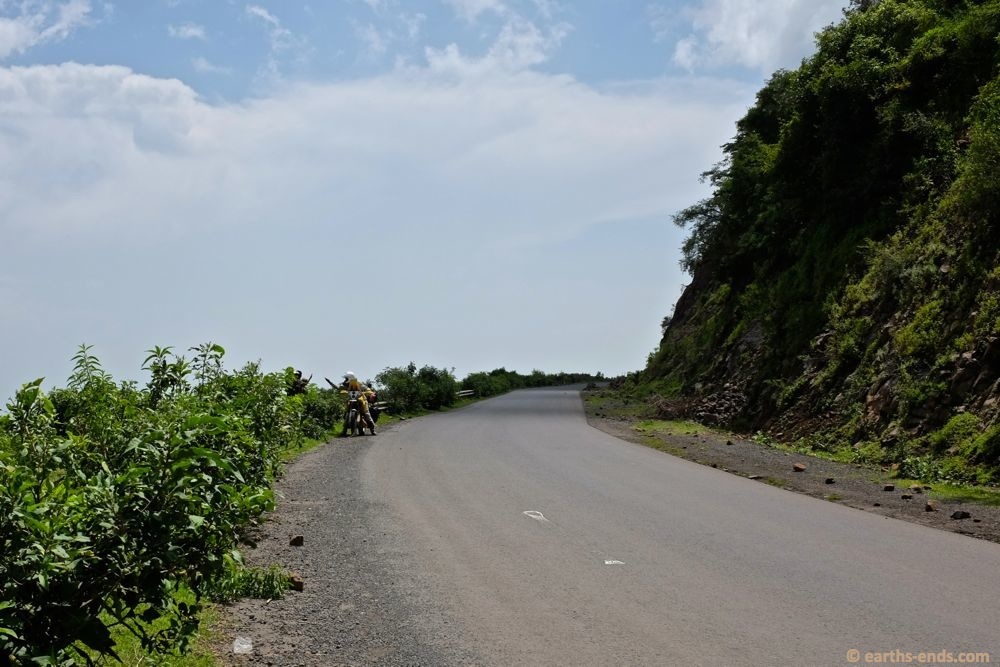
Riding down to Bahir Dar. Tan stopped and 2 seconds later the usual assortment of kids appeared out of nowhere and begged for money. Tan did here usual “No money, but I’ll give you a high 5”. The kids were happy with that. She gives the bad mannered kids the additional option of a kick up the arse. So far no takers.
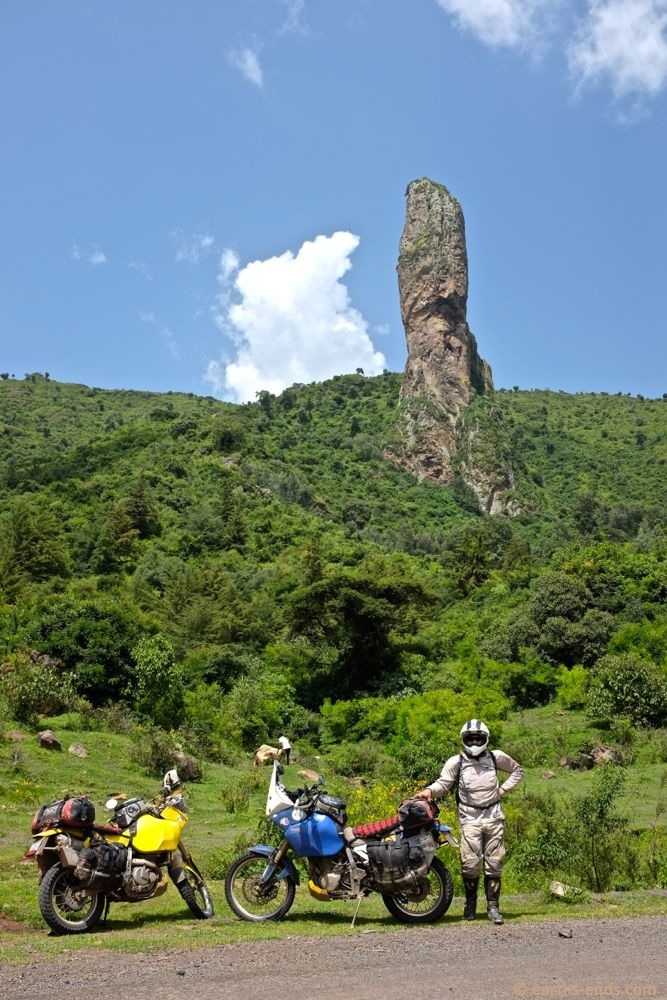
The “Devil’s Nose” rock outcrop. We could think of a few things it resembled more than a nose…
It was after dark by the time we got all of our visa pre-approval sorted (it was a rather convoluted process) and we went looking for a cheap hotel, which was made significantly harder with the power out. We ended up in one slightly dearer than we wanted (400 Birr, about US$20 when cheap and decent hotels can be had for half that) but it was the only one we found with secure looking parking. When checking out the hotel a fella stuck his head out of his room and introduced himself; he had heard my boots and knew I was a biker. The plastic hinge of SIDI boots makes a quite distinctive squeak and Steffen, a German riding down Africa on a yellow R1200GS called Banana Joe, had recognised the noise as he wore SIDI Adventures himself. We caught up for a beer and dinner and hit it off.
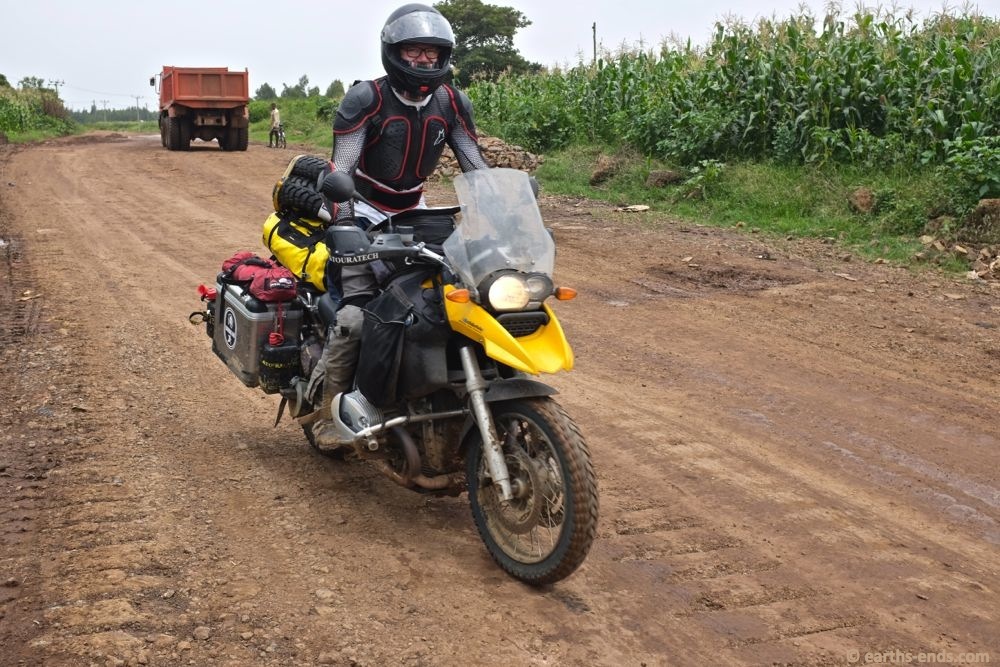
Steffen and Banana Joe on their way to Blue Nile Falls.
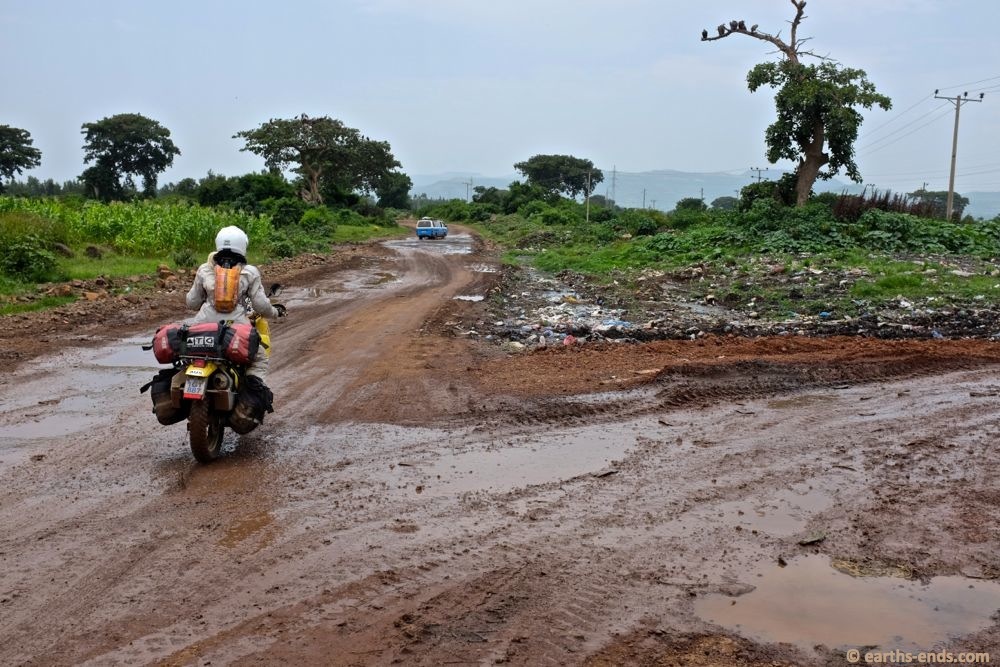
Some mud about, but nothing of consequence.
At breakfast we chatted more and agreed to join Steffen on his ride out to Blue Nile Falls. Its not often we get to ride with other overlanders so figured it would be fun to join him for a quick side trip. It was only about 30kms from Bahir Dar but the heavy rain the night previous had turned the red clay road to mud, meaning the trip took about 45mins with photo and rock stops. I was tail-end-Charlie and copped a few rocks from roadside riff-raff for my trouble. When I caught up to the guys I had to assure Steffen I wasn’t some psycho who yelled at children, I was just sick of being a target for disgruntled locals. Steffen had only been in the country about 2 days and was yet to come to terms with all the facets of Ethiopian ‘hospitality’, but he was about to get a crash course in the joys/woes of riding in a group of motorbikes in Ethiopia.
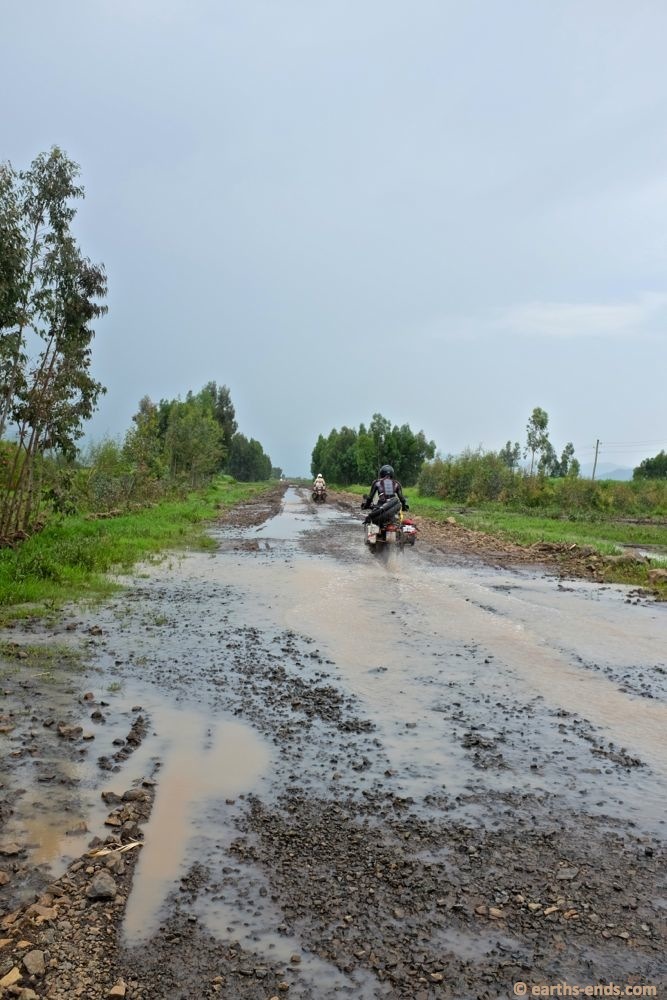
Lots of water about from the storms the night before.

And lots of mud…
We arrived at the tourist office and were organising for a guy to watch our bikes while we hiked to the falls, but we got a bad feeling from the group of people hanging around so Tan offered to stay with the bikes and read her book. Better that than stress the whole time. So Steffen and I made the hike and got rained on in the process, and weren’t convinced it was worth the effort once we spotted the falls. Anyway, the exercise was probably warranted. What was of far more import however was what the rain did to the road… the muddy road that was a little slippery on the way out was now diabolical red grease for the return.

The hike out. Wet and slippery in the rain and in riding boots.

Lots of mud and slime
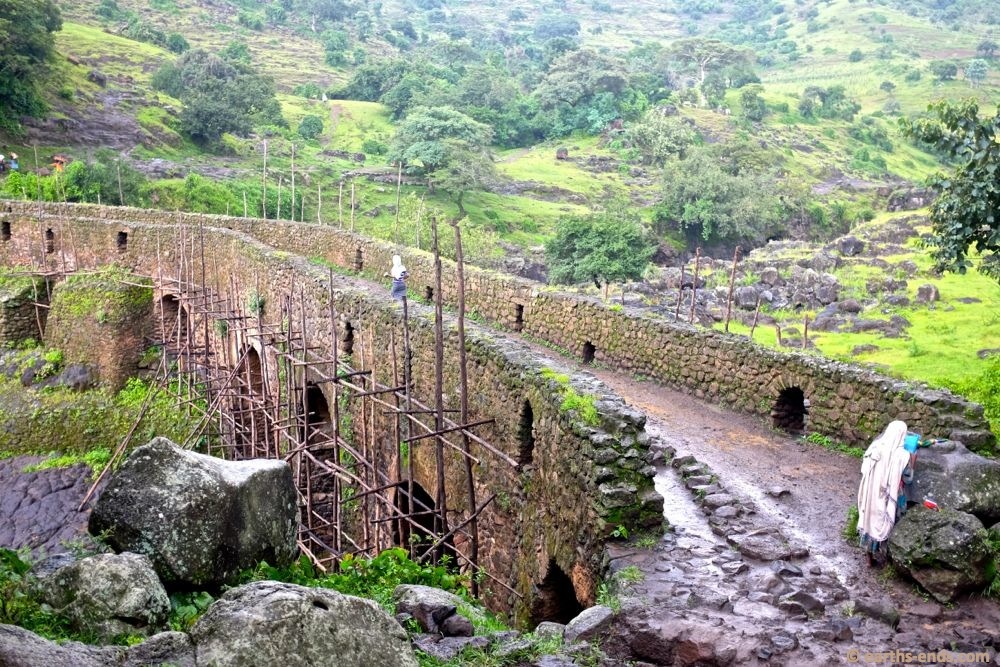
The “Portuguese Bridge” was quite interesting.
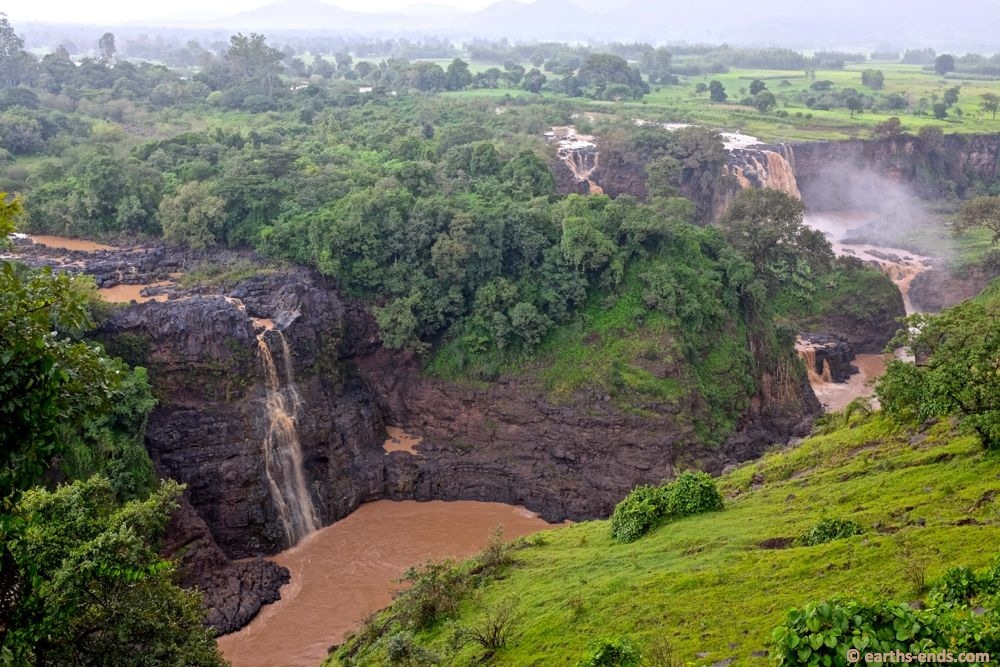
It was a pretty decent 30min hike in the soft rain to get here. Blue Nile Falls.
We all binned it at least once. What was most difficult was trying to ride around all the vehicles that were also sliding all over the road. It was mayhem. When coming up to a stationary (and often sideways) vehicle stranded in the middle of the road, it was a decision of stopping and paddling past and then trying to get started again on the red slime, or maintaining momentum and trying your luck and attempt to ride around them. In the very centre of the road it was flat and mostly manageable, however flirting with the road’s camber on the edge of you were guaranteed to slide to some extent.
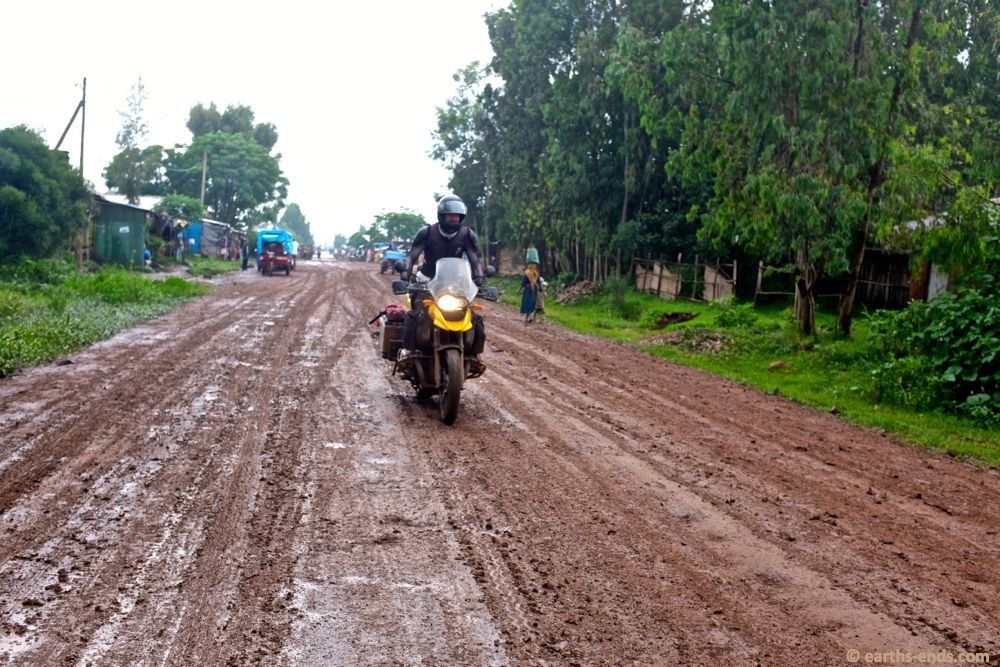
Riding back. With an hour or more of fresh rain, the road was damn slippery with worn tyres.
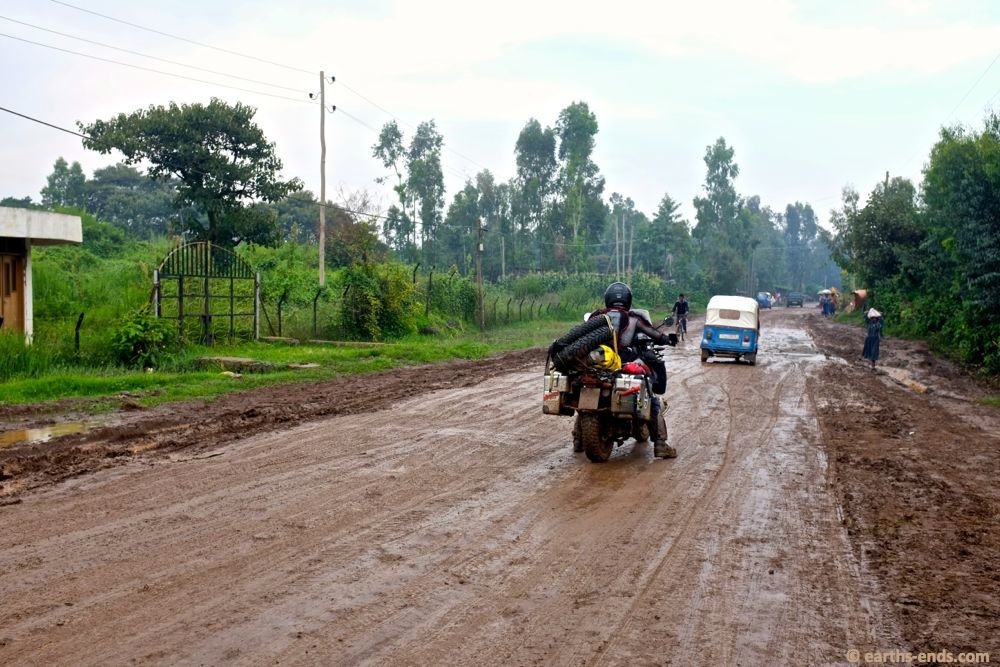
Paddling along to keep upright.
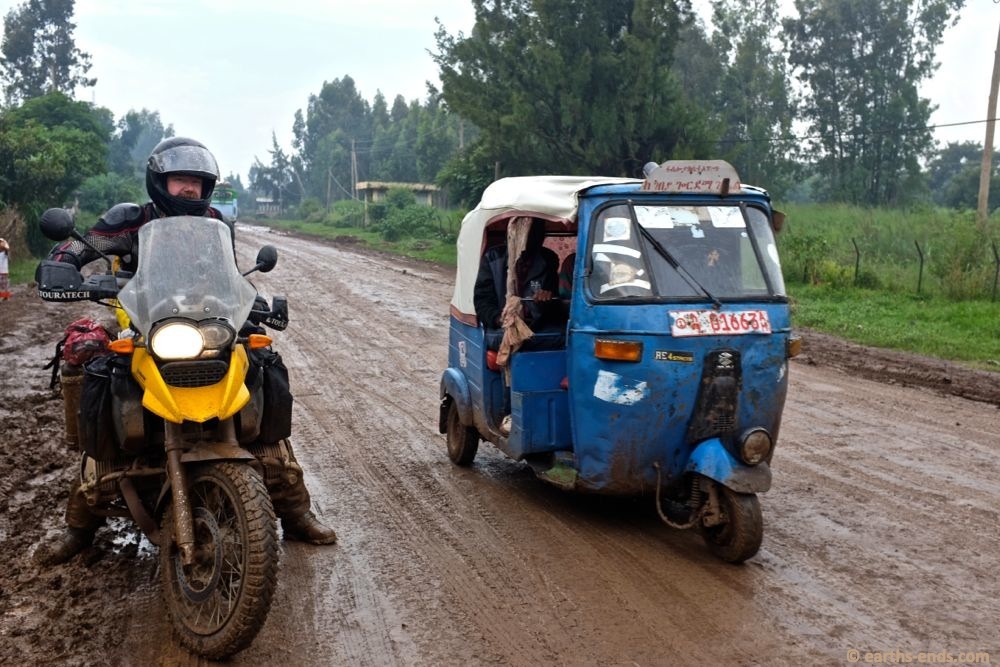
This was one instance where 3 wheels were better than 2.
While riding around a semi-sideways truck Tan managed to spin out and clip it’s rear wheel with her fairing. Apparently two kids had already run up and were screaming for money before she had even gotten to her feet. In exactly the same circumstance with a marooned tuk-tuk, I managed to clip its canvas side cover and tear a 5cm hole while in a two wheel slide to horizontal. He must have been the most chilled out mofo in Ethiopia as he looked at the tear and then kind of shrugged and motioned for me to move on. I took my queue and did so, rapidly. Steffen handled his big rig well but went down once or twice and twisted his bars in a fall.
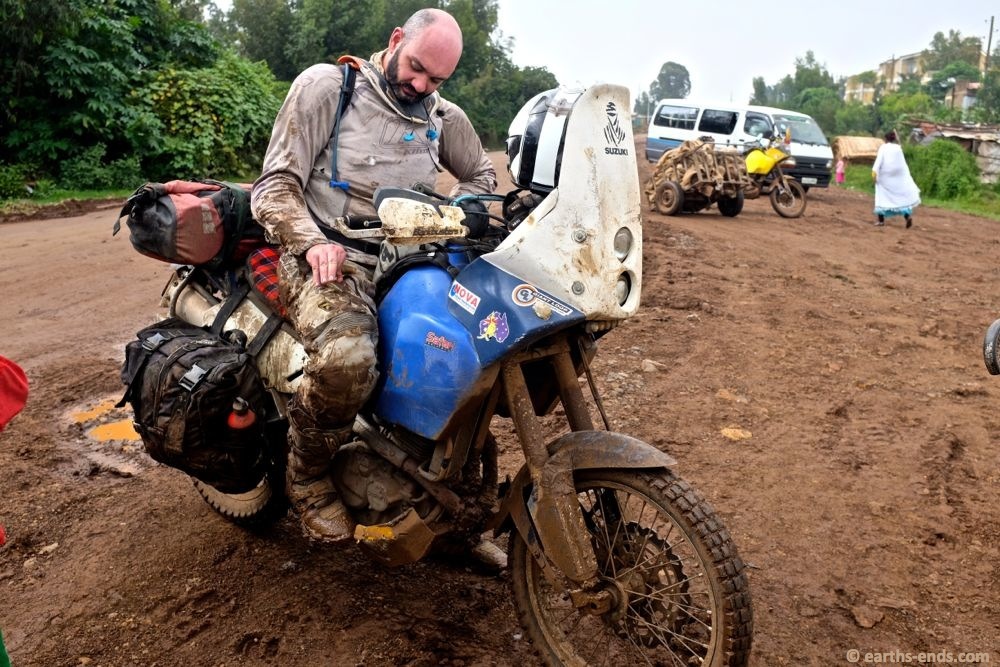
I went down on my right and got my grubby clothes even grubbier. The front TKC80 had about 13000kms on it by this point and wasn’t at its best for these sorts of conditions.
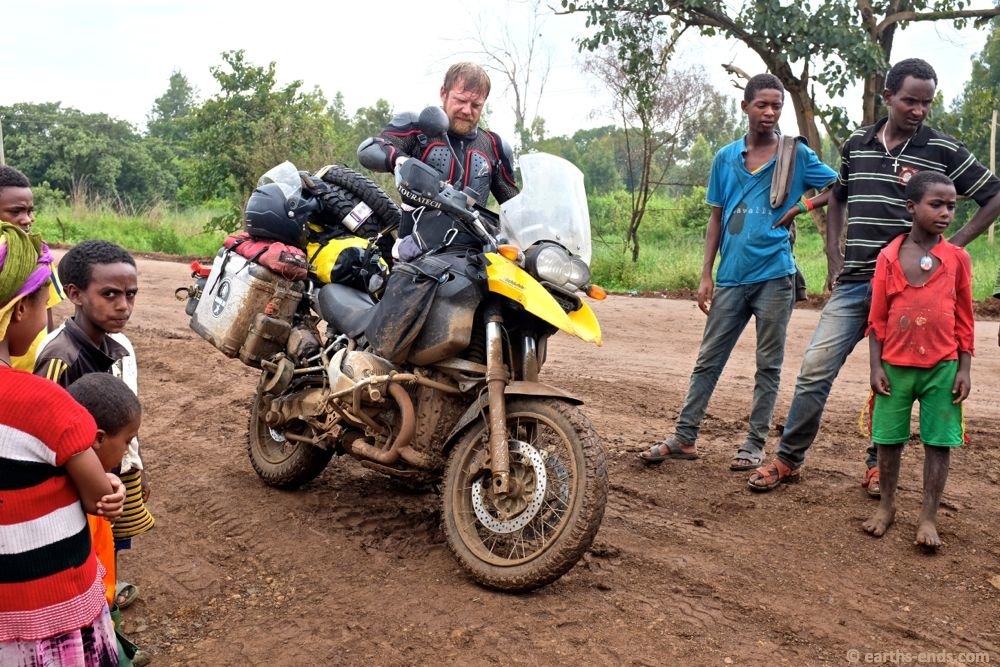
Steffen straightening out his bars.
Back in Bahir Dar we got some fuel and access to a high pressure hose to clean the bikes for a small fee. Steffen was off to Addis while we were heading towards the west side of the Omo Valley, so we decided to ride south together until our routes diverged. It was nice winding tar with mountainous views, all pretty standard fare for Ethiopia, although we (read: Tan) got one new experience to add to the list. While Steffan and I both had rocks thrown at us, Tanya who was 3rd in the group (last always cops the worst) had a bucket of water thrown in her face as she rode past at 70kph. It was a cool day and the sudden soaking certainly ruined her afternoon. But at the same time she was pretty stunned and impressed that it was a ripper of a shot. She reckoned there wasn’t a drop of water from that bucket that she didn’t cop. But on the whole she was not a happy camper when we stopped for the night at the only reasonably looking hotel in Bure.
We had certainly one of our most bizarre experiences that night. The 3 of us wandered down to the hotel’s restaurant and ordered some beers and sat down in the outside dining area, only for a well-dressed English speaking guy to come running up and ask us if we could move inside. “We want you to be in back for camera” he said. We had a quick look inside and there was some sort of TV/movie production in process, and they wanted us token whities to be extras. “Sure” we said.
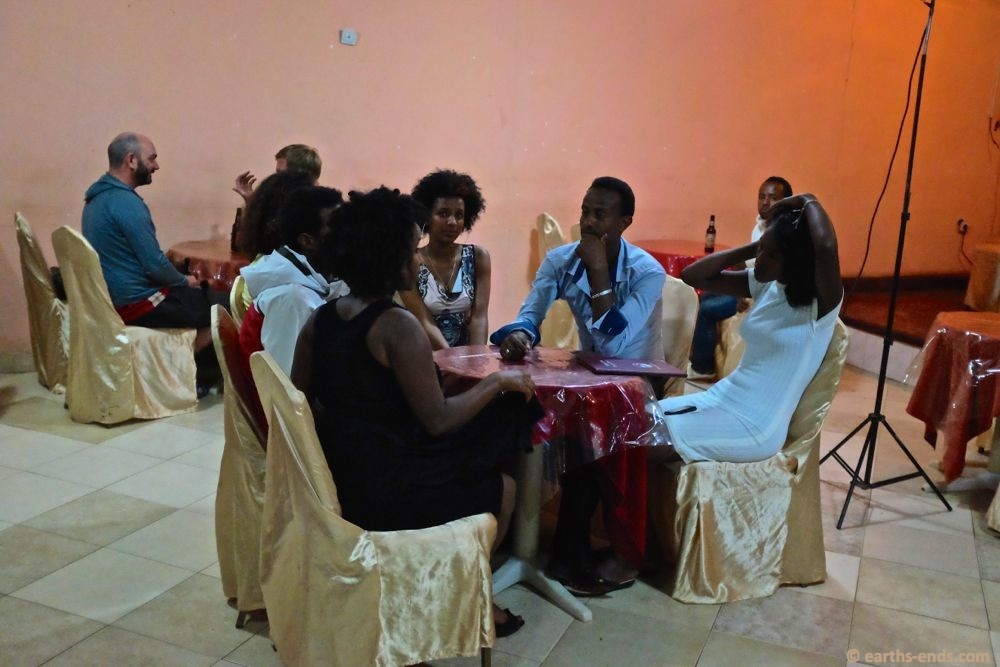
Well, this is novel. Never had this happen before. Didn’t stop us talking crap all night in the background though.
So we went inside and took pride of place behind the table of soap stars as lead extras, Steffen’s back was put to the cameras to stop the world being distracted by that mangy ranga beard of his. We then tried to work out what the hell was going on, all while drinking beers as quick as they could deliver them in between takes and not gawking into the cameras like noobs. It was a pretty surreal experience. In true dickhead fashion we took great delight in adding and removing and moving beer bottles around the table to give the editor nightmares later on. We joked about taking our jumpers on and off and swapping t-shirts but figured that would be a little conspicuous.
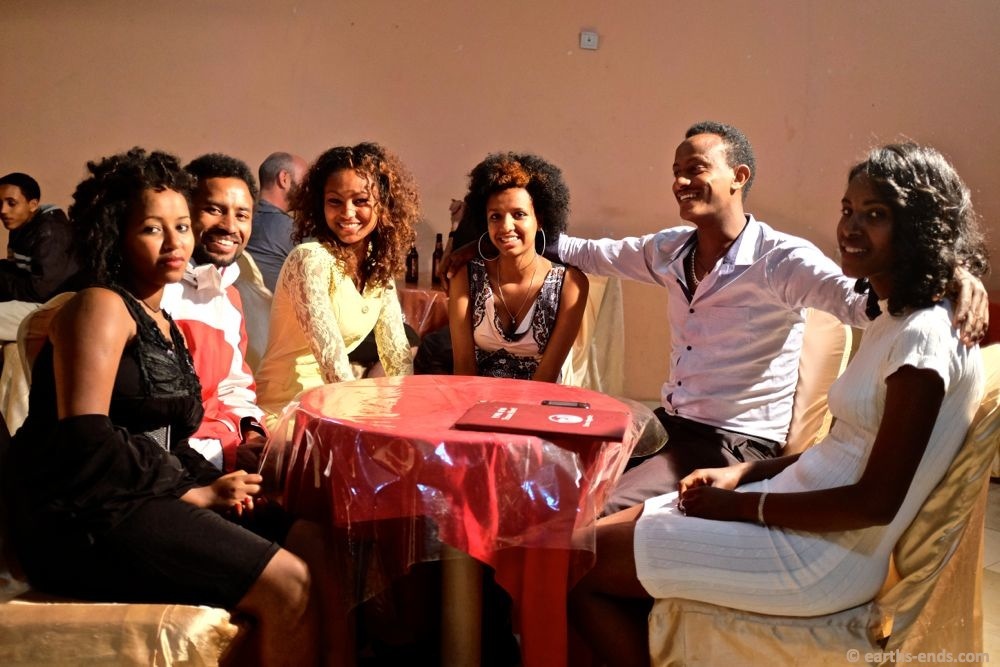
The lead actors, although I tend to think my bald melon definitely steals the show. For the record, main protagonist man was the guy on the left in the red and white jacket, main protagonist woman (“Angry Lady”) was the one in black.
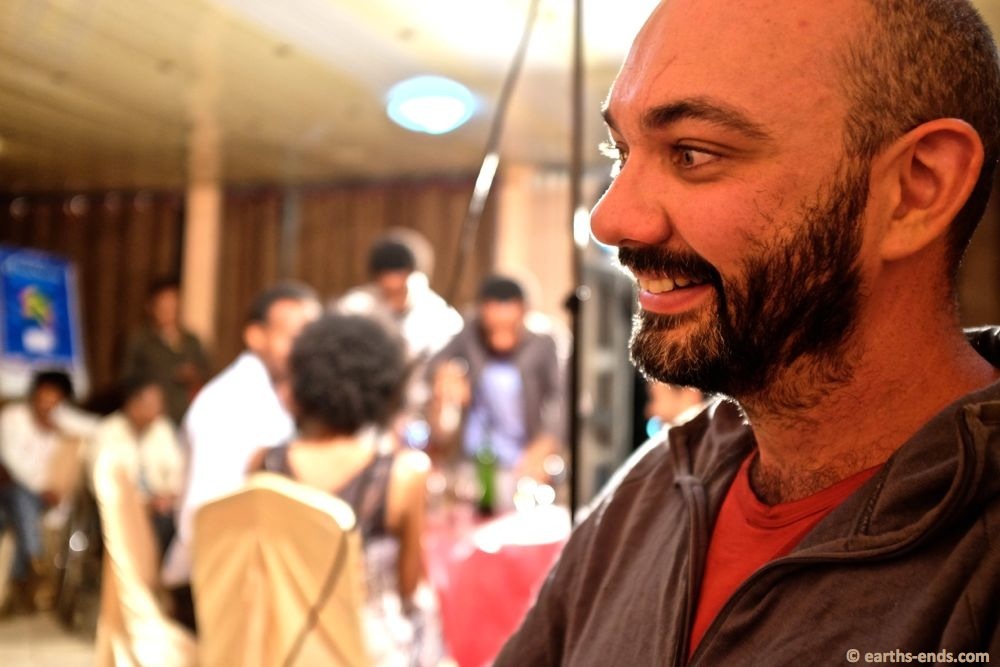
Few beers in and having a good time.
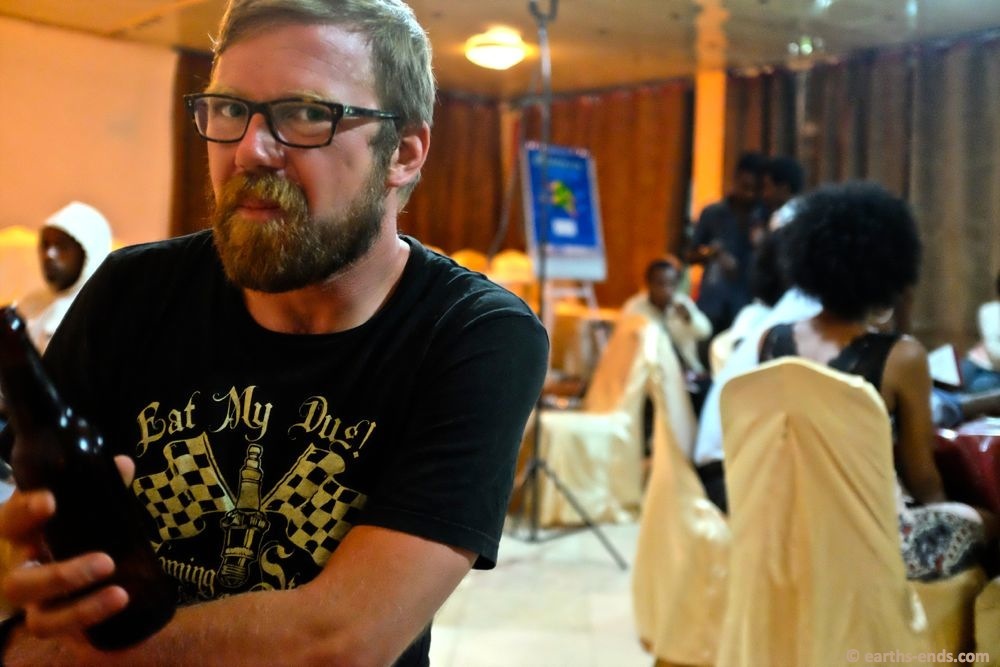
Steffen – a German with a big red beard and a great sense of humour. Just didn’t quite add up if you ask me…
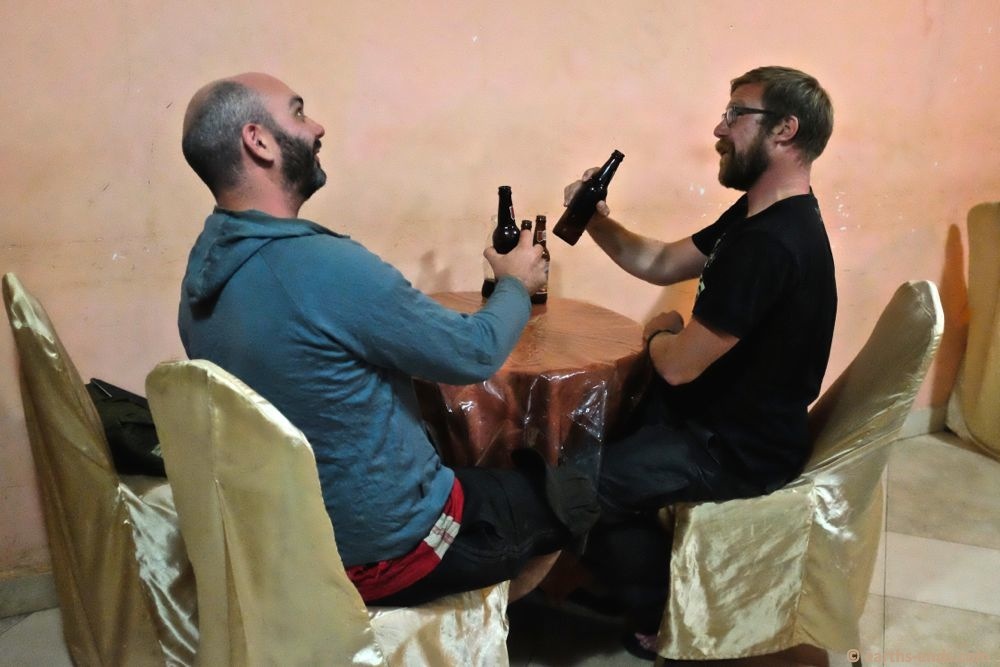
After clearing the table of empties the director wanted to see some real acting skills… buckle up because here it comes!
Turns out the soap went something like this: group of friends catch up for dinner and enjoy some time together and have a few laughs. They then have some more serious discussions and there was some obvious sexual tension going on in there somewhere. Then everyone starts to go leaving the two main protagonists, lead lady and lead man at the table alone. They have a bit of an argument and she walks out. The bill comes out and is put on the table. Lead lady walks back in, opens the cheque, slams in some birr, slams it shut and storms out of the restaurant. Lead man looks morose in a very overacted fashion. All the while extras in the background act like idiots. Scene Ends. We dubbed it “Angry Lady Pay the Bill”.
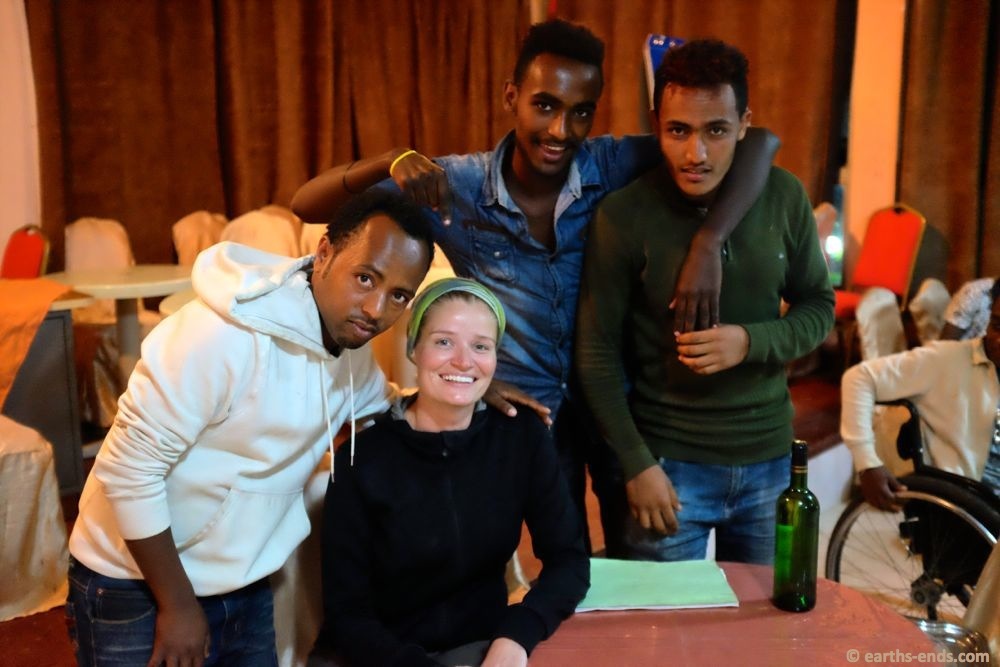
Tan was popular
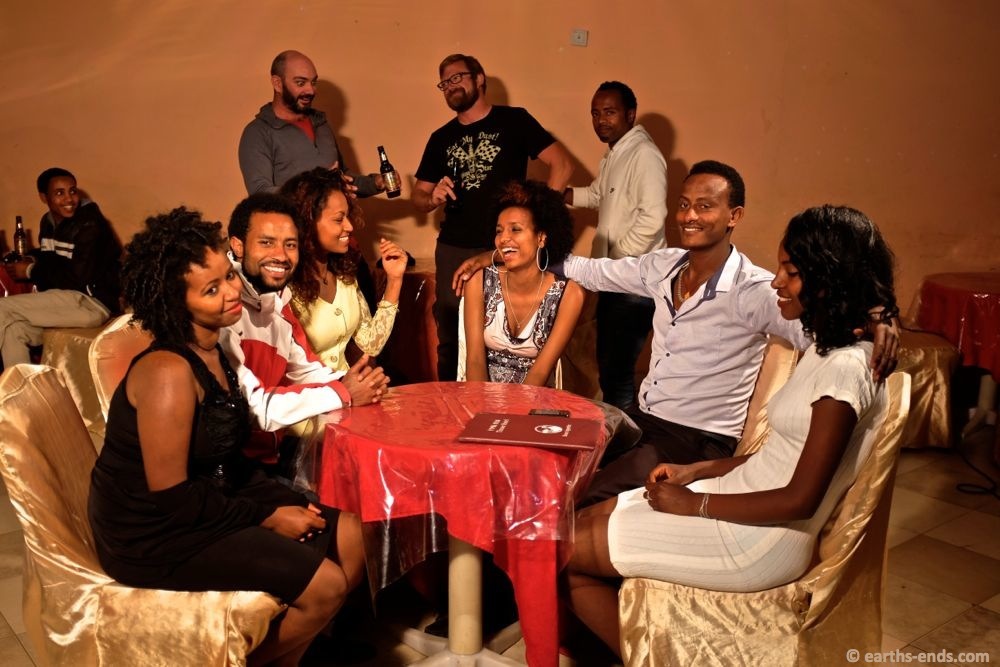
The other extras in the table next to us spent a lot of their time laughing at us.
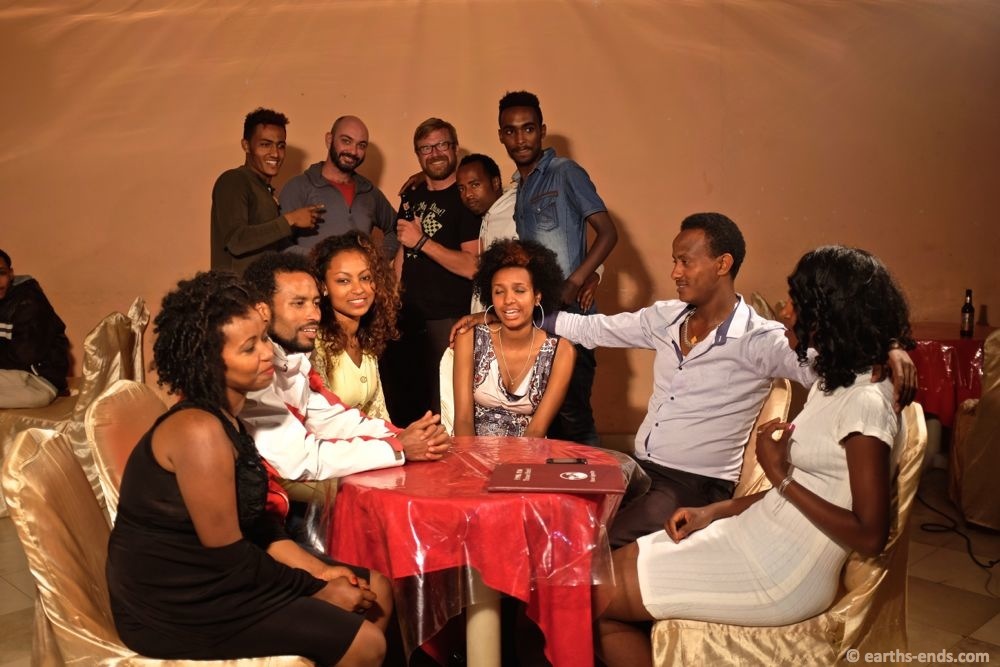
We were such good extras even the crew had to get photos with us… With a name like “Steffen Wolf” and a big red beard, Steffen was made for this sort of stuff. A true natural if I’ve ever seen one (first one I’ve seen for the record, but I’m confident).
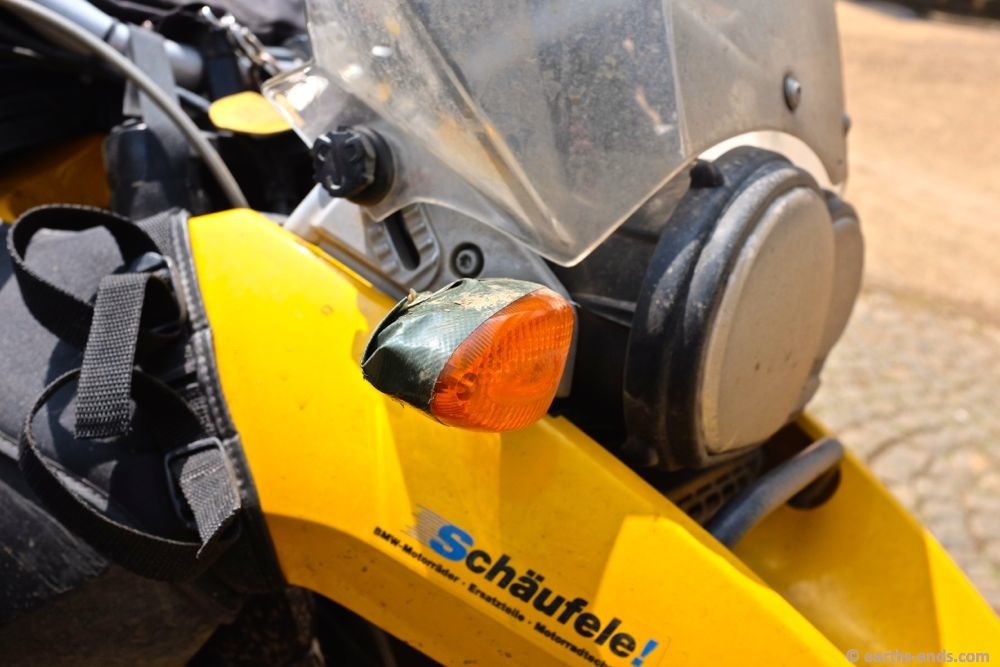
Proving that even BMW’s fall apart on the road and even German engineers are a bit dodgy.
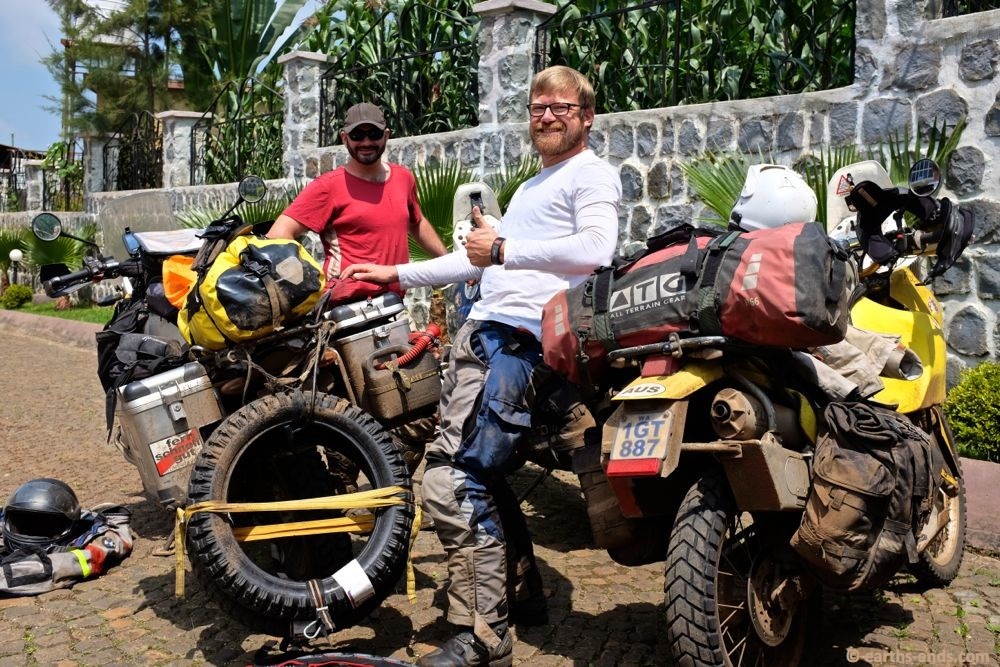
While we were a bit suspicious with a decent sense of humour Steffen wasn’t German at all, his spotlessly clean white shirt in Africa proved the point. How on Earth? We can’t even keep black shirts clean!

Planning catch-ups in Stuttgart before we headed south for the Omo. Steffen planned on setting up an email address for himself ‘topgunactor@hollywood.com’ and ‘notbadforanextra@bollywood.com’ for me. Thanks Steffen, very generous…
 Earths-Ends
Earths-Ends
Recent Comments